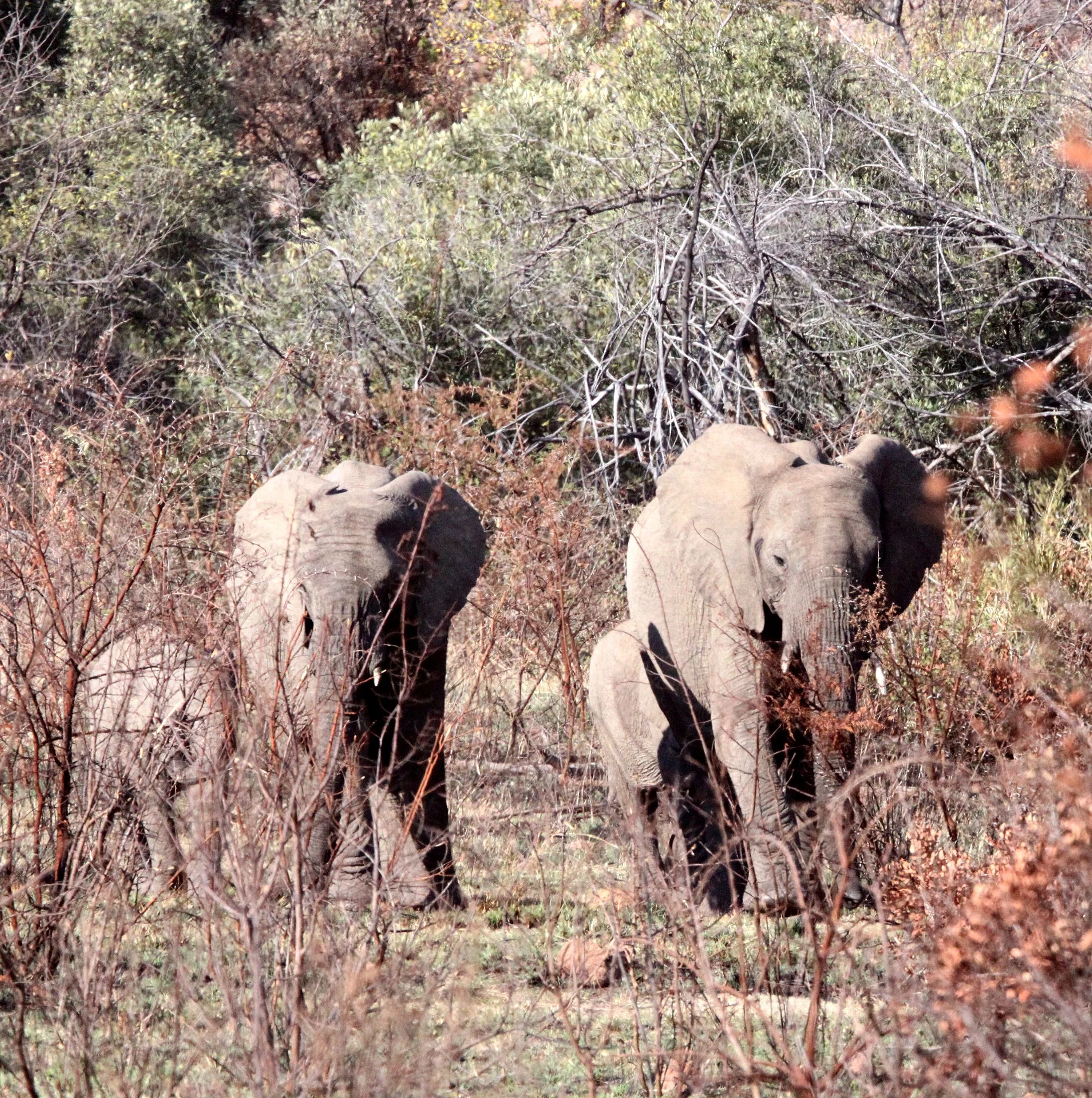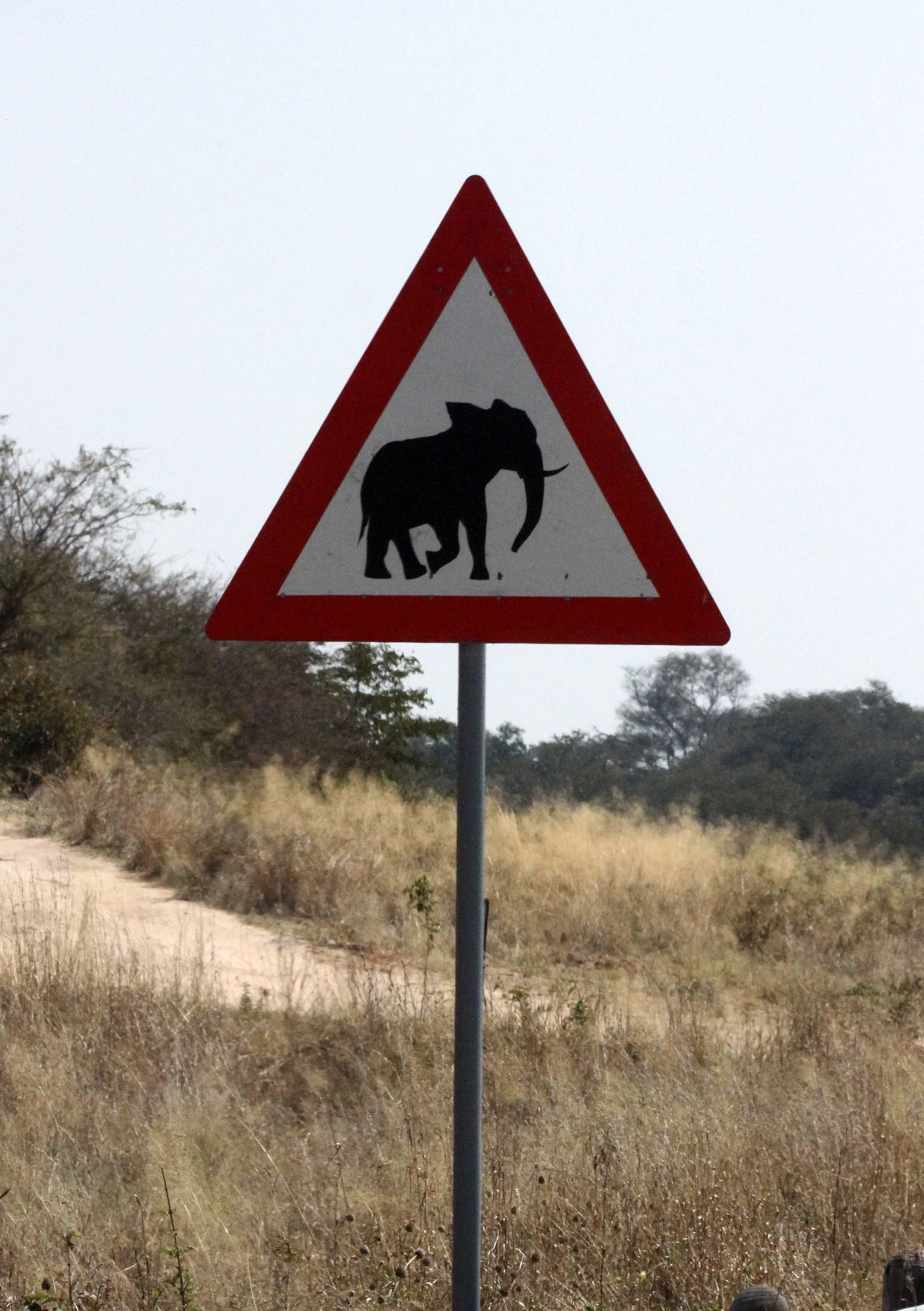
African Elephant
African elephants (Loxodonta) are a genus comprising two living elephant species, the African bush elephant (L. africana) and the smaller African forest elephant (L. cyclotis). Both are social herbivores with grey skin, but differ in the size and colour of their tusks and in the shape and size of their ears and skulls.
Both species are considered at heavy risk of extinction on the IUCN Red List; as of 2021, the bush elephant is considered endangered and the forest elephant is considered critically endangered. They are threatened by habitat loss and fragmentation, and poaching for the illegal ivory trade is a threat in several range countries as well.
Loxodonta is one of two extant genera of the family Elephantidae. The name refers to the lozenge-shaped enamel of their molar teeth. Fossil remains of Loxodonta species have been excavated in Africa, dating to the Middle Pliocene.
The first scientific description of the African elephant was written in 1797 by Johann Friedrich Blumenbach, who proposed the scientific name Elephas africanus. Loxodonte was proposed as a generic name for the African elephant by Frédéric Cuvier in 1825. This name refers to the lozenge-shaped enamel of the molar teeth, which differs significantly from the rounded shape of the Asian elephant's molar enamel. An anonymous author used the Latinized spelling Loxodonta in 1827. Anonymous was recognized as authority by the International Code of Zoological Nomenclature in 1999.
Elephas (Loxodonta) cyclotis was proposed by Paul Matschie in 1900, who described three African elephant zoological specimens from Cameroon whose skulls differed in shape from elephant skulls collected elsewhere in Africa. In 1936, Glover Morrill Allen considered this elephant to be a distinct species and called it 'forest elephant'; later authors considered it to be a subspecies. Morphological and genetic analyses provided evidence for species-level differences between the African bush elephant and the African forest elephant.
In 1907, Richard Lydekker proposed six African elephant subspecies based on the different sizes and shapes of their ears. They are all considered synonymous with the African bush elephant.
A third species, the West African elephant, has also been proposed but it needs confirmation. It is thought that this lineage has been isolated from the others for 2.4 million years.
Etosha National Park Namibia - Desert Elephants







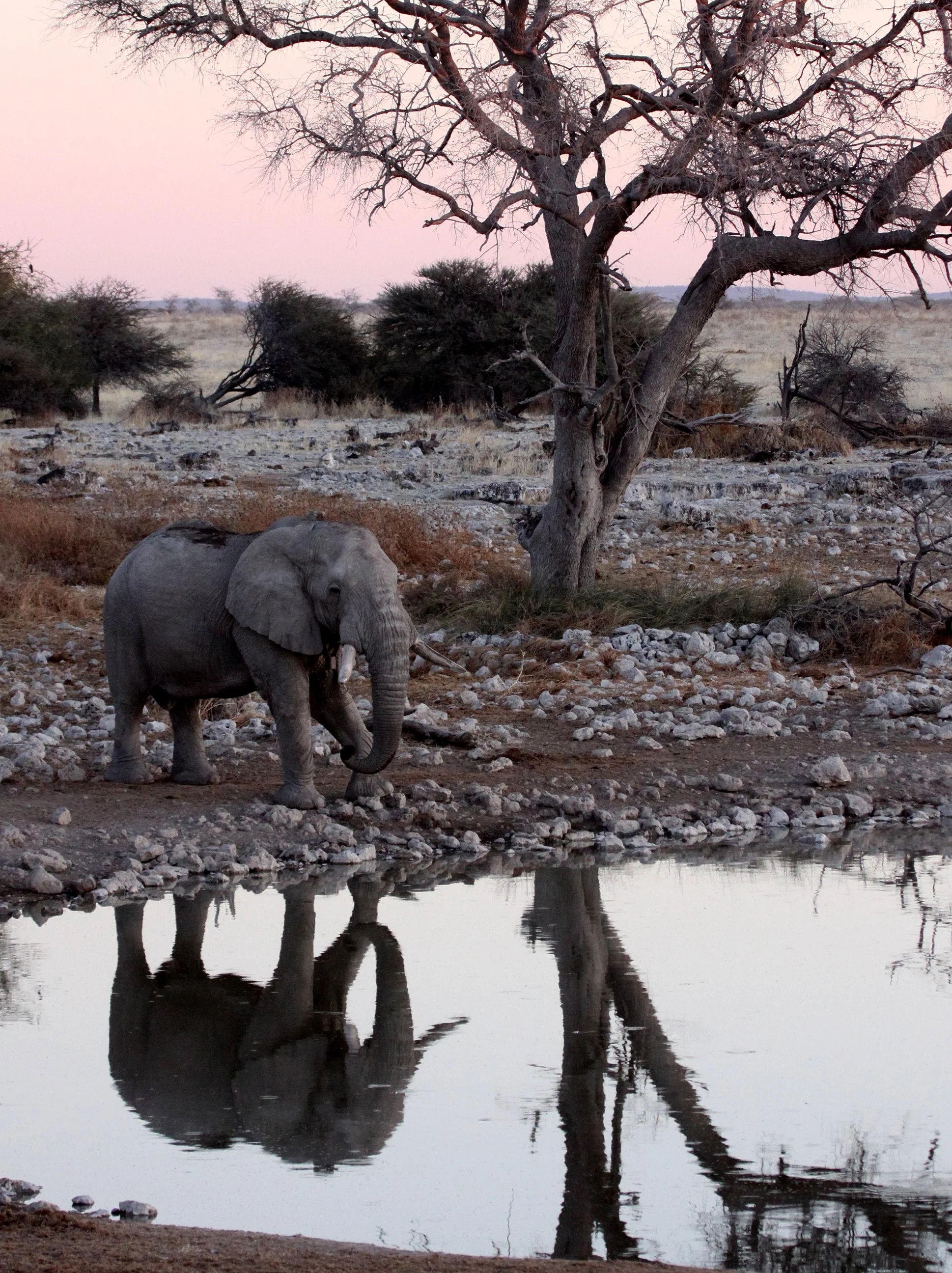















































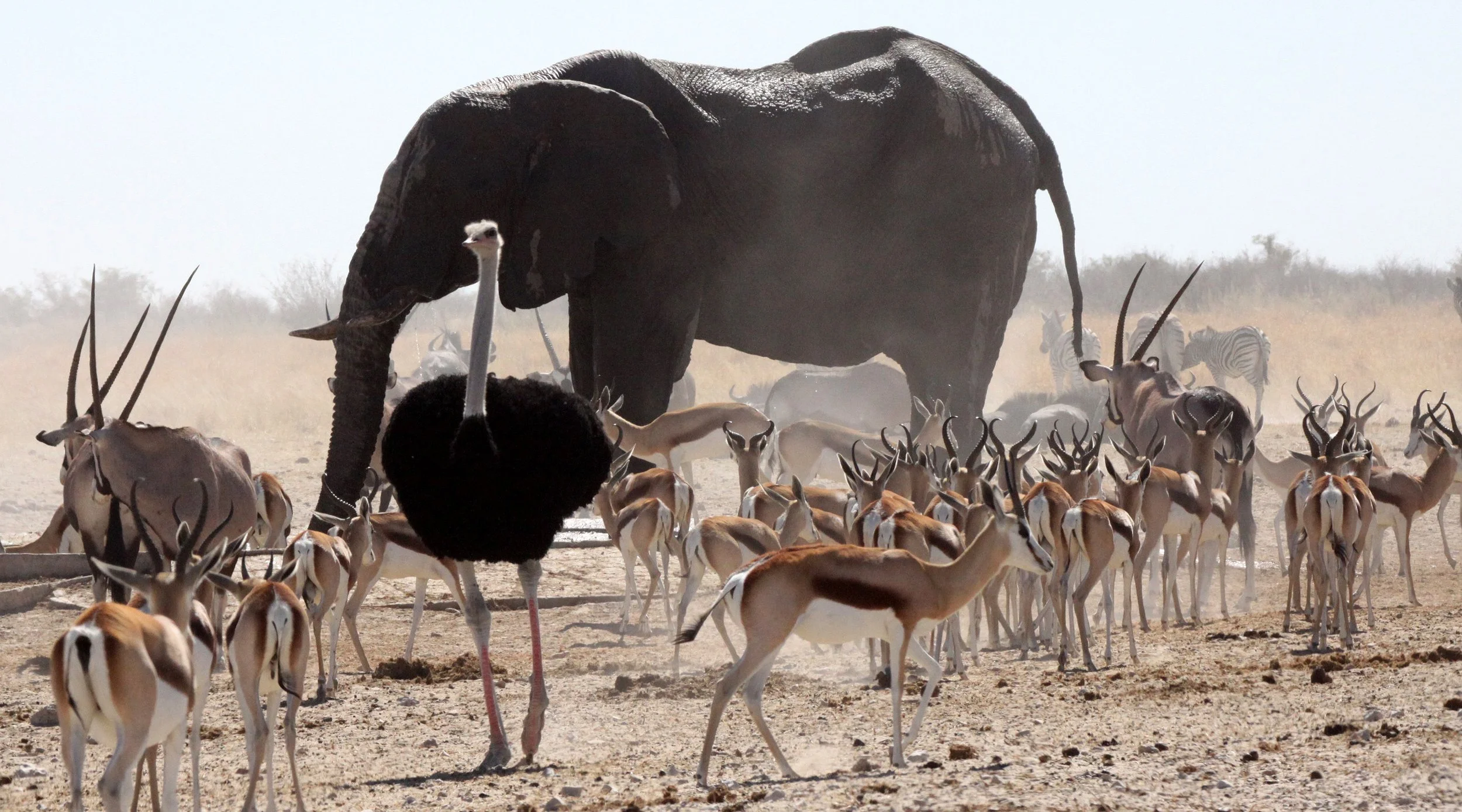

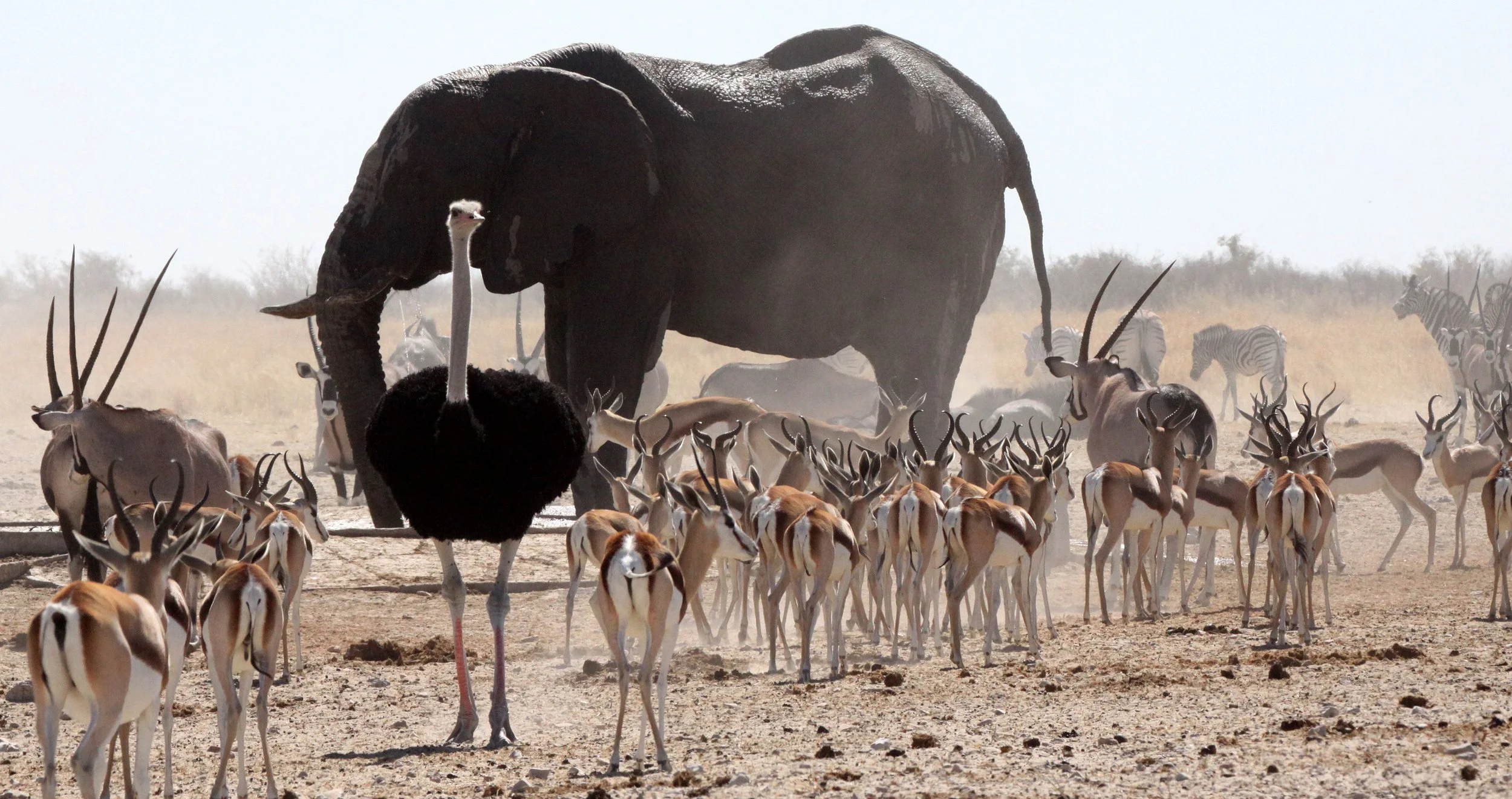




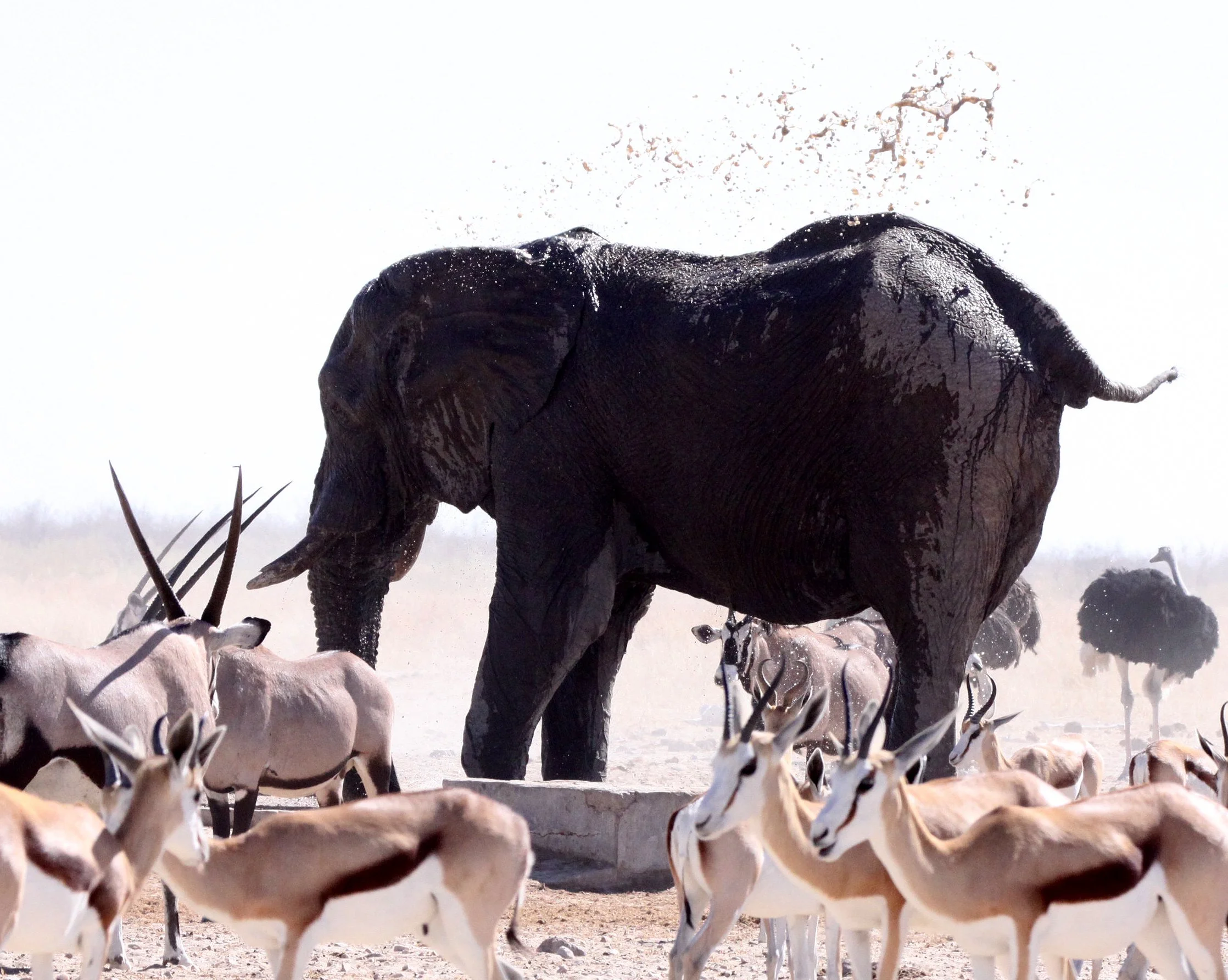





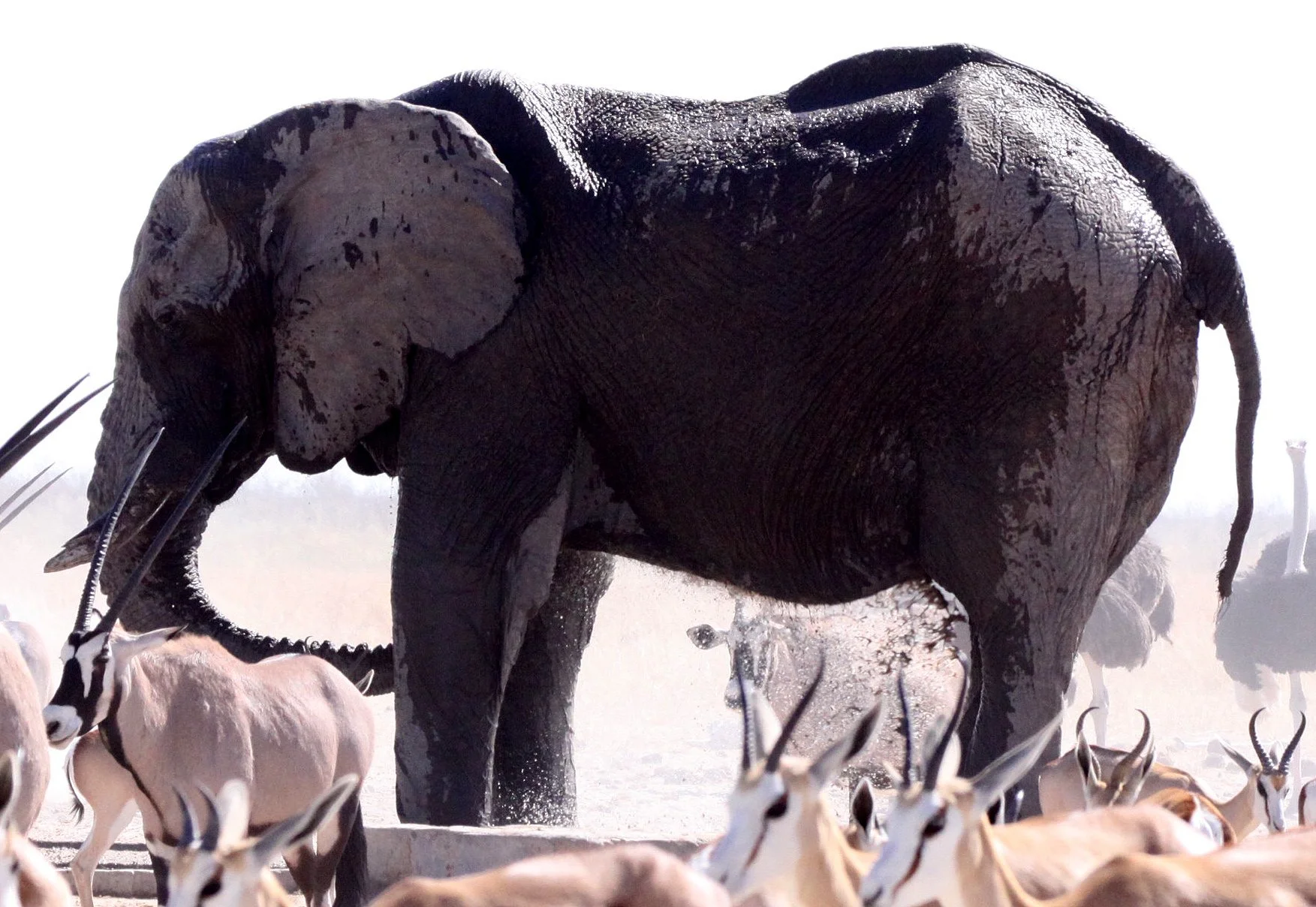

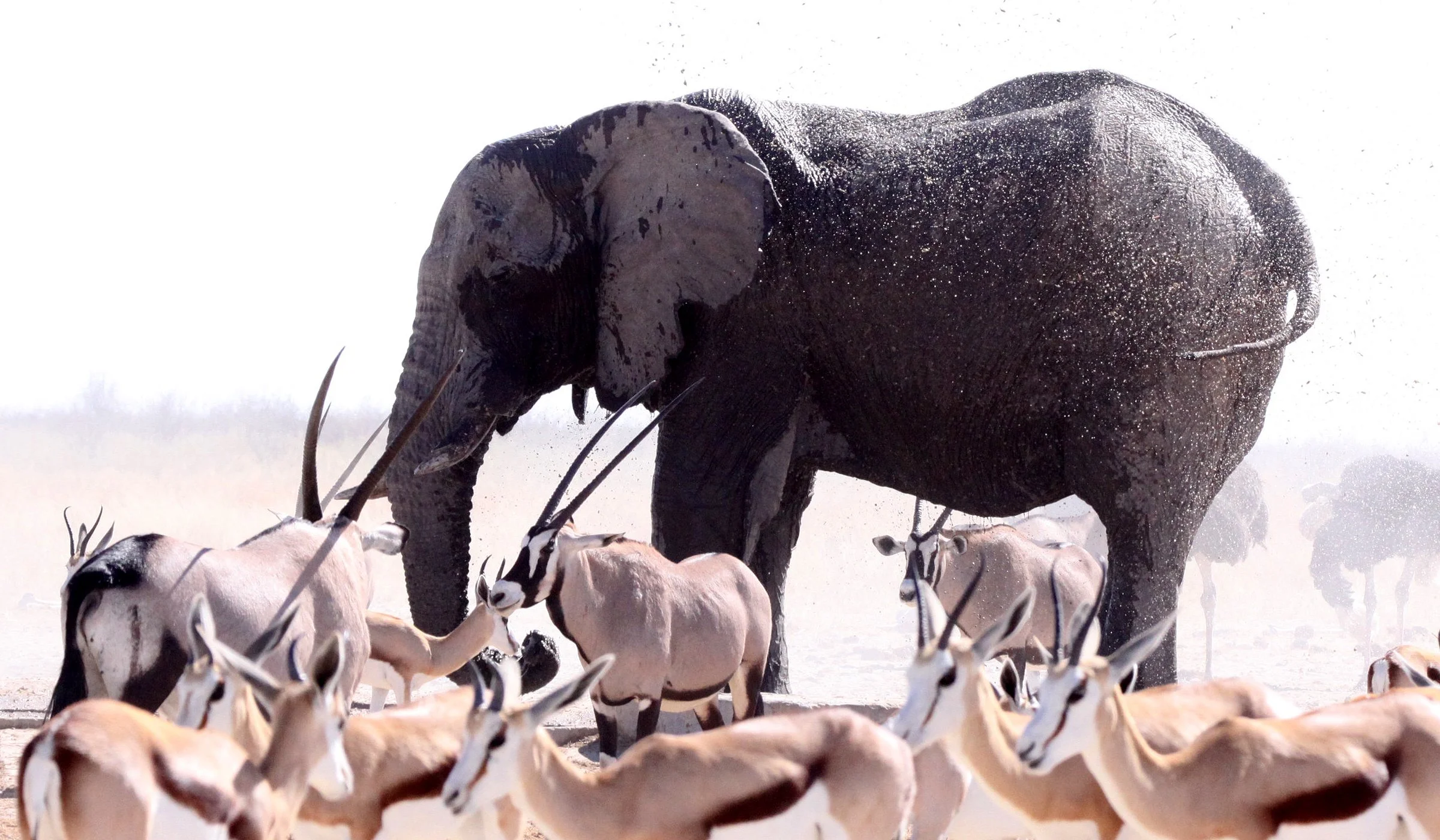
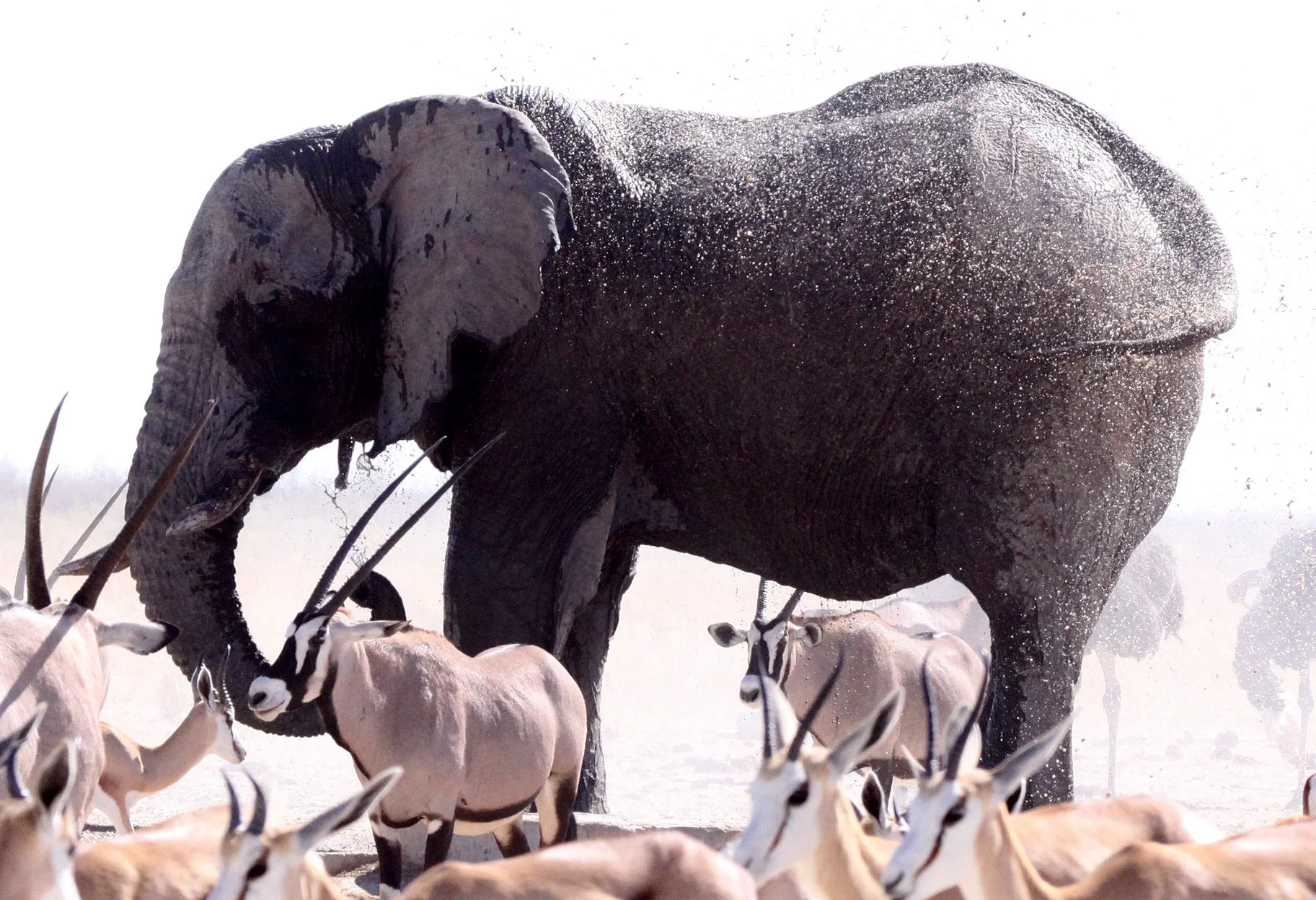
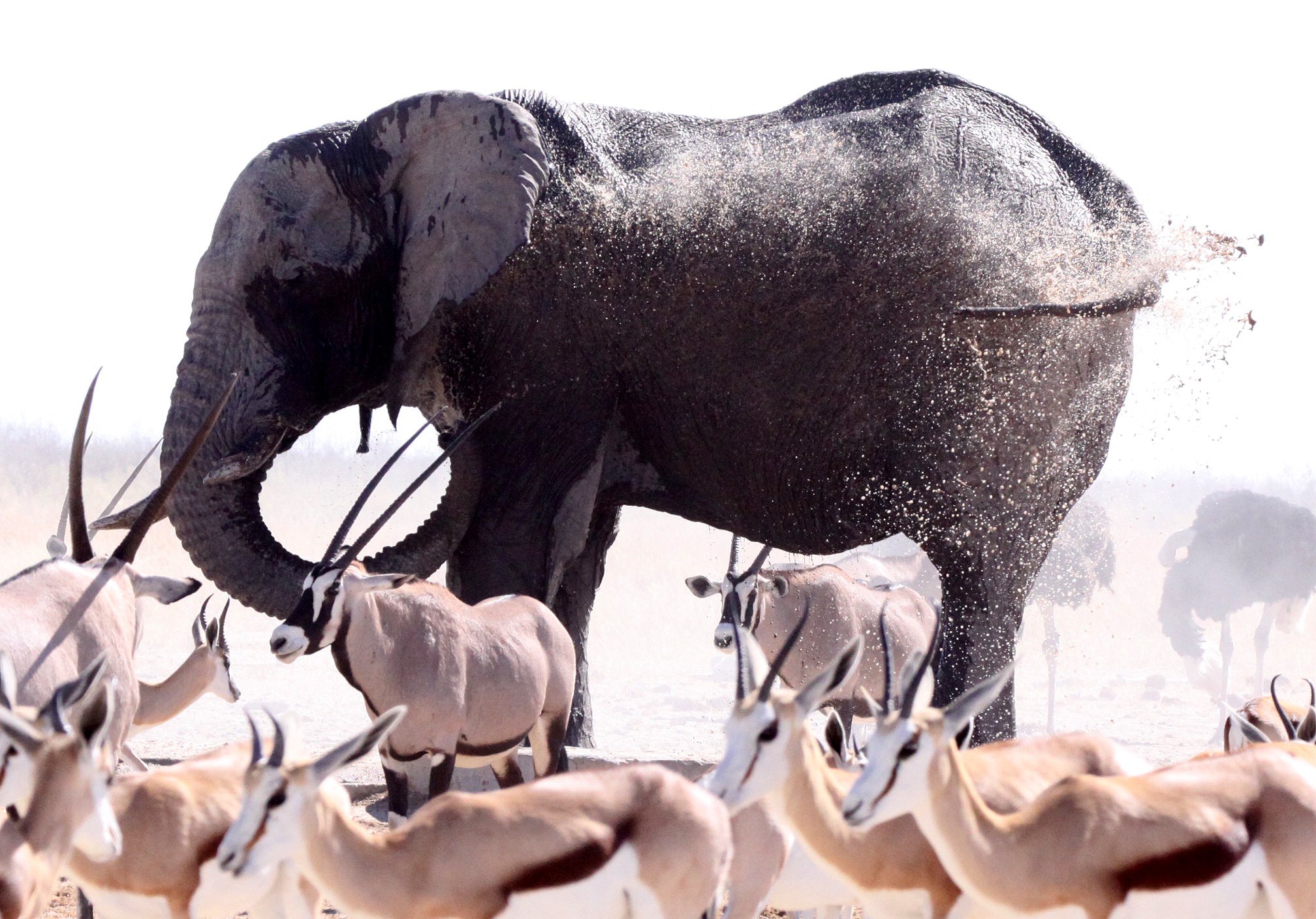




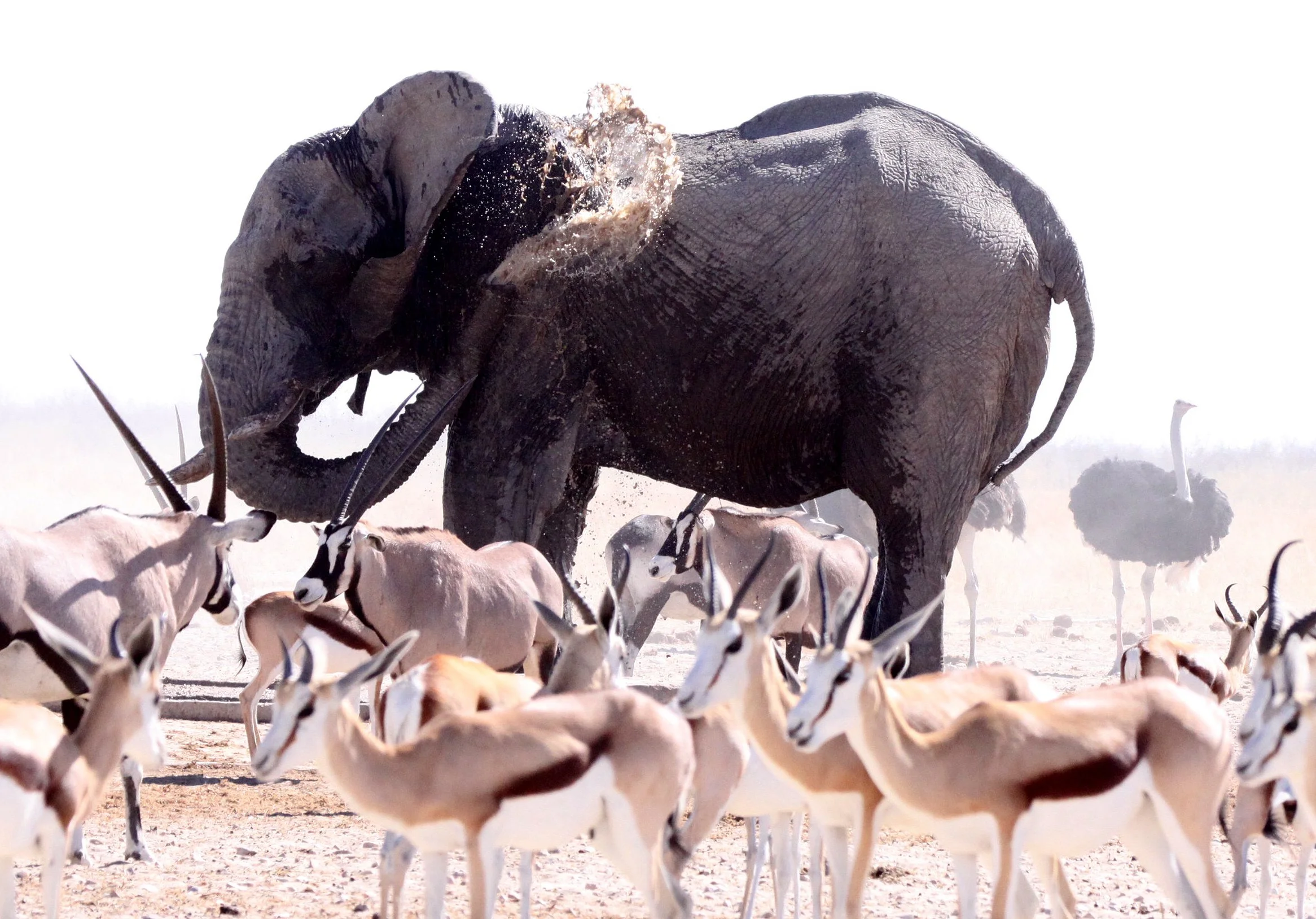



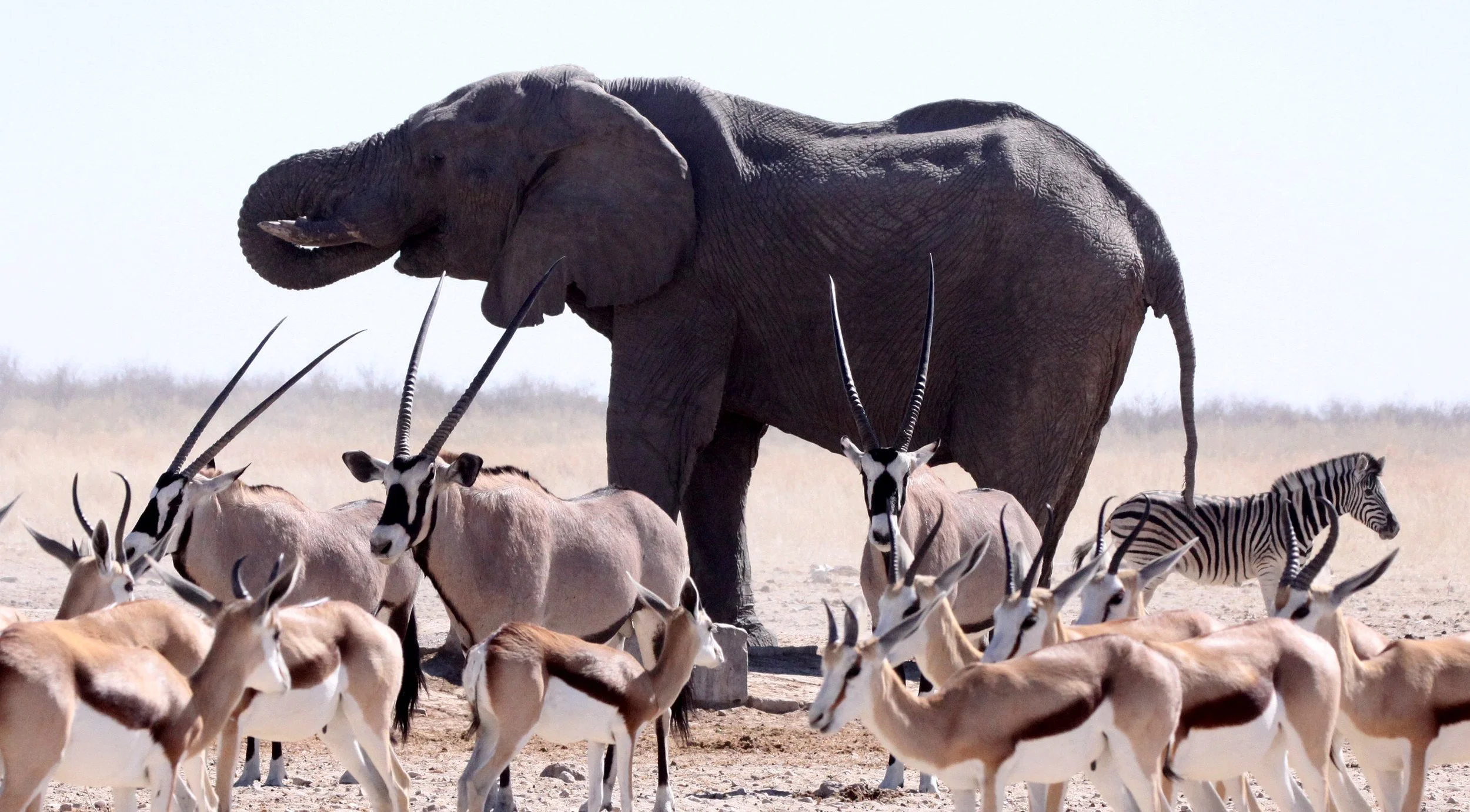

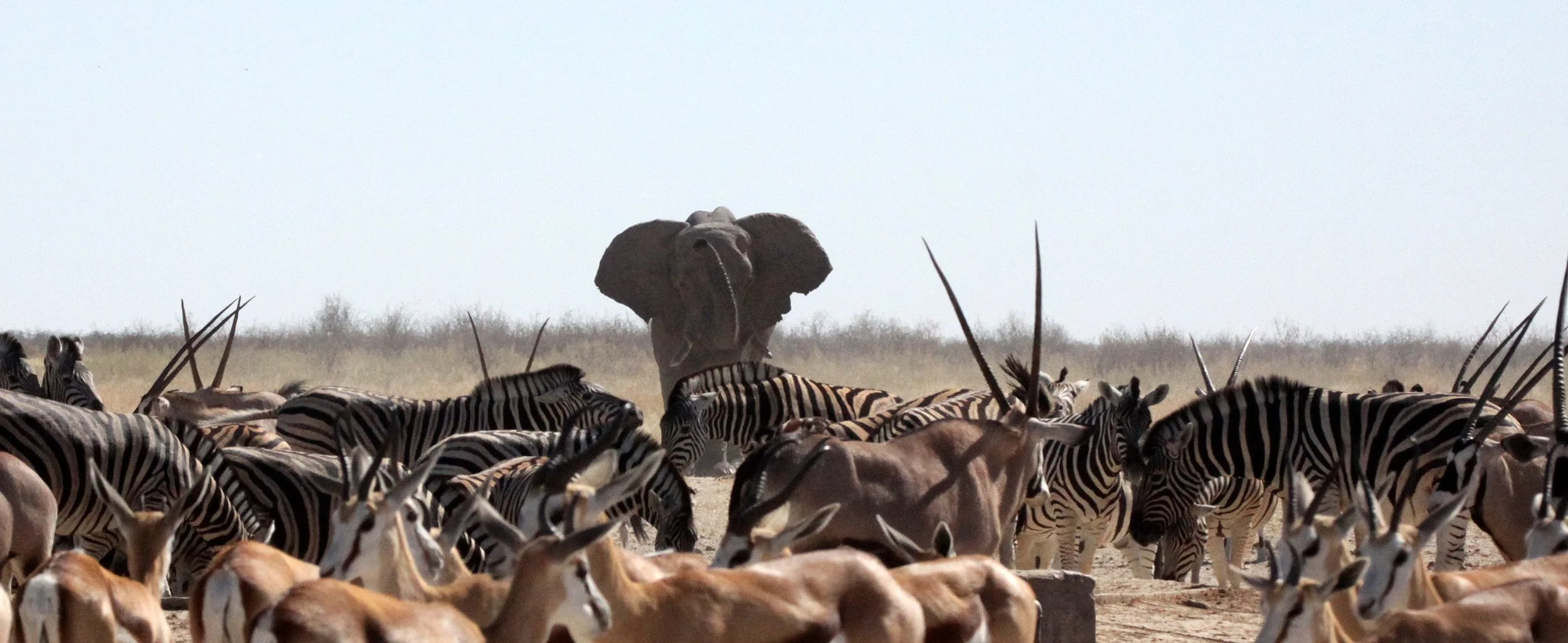


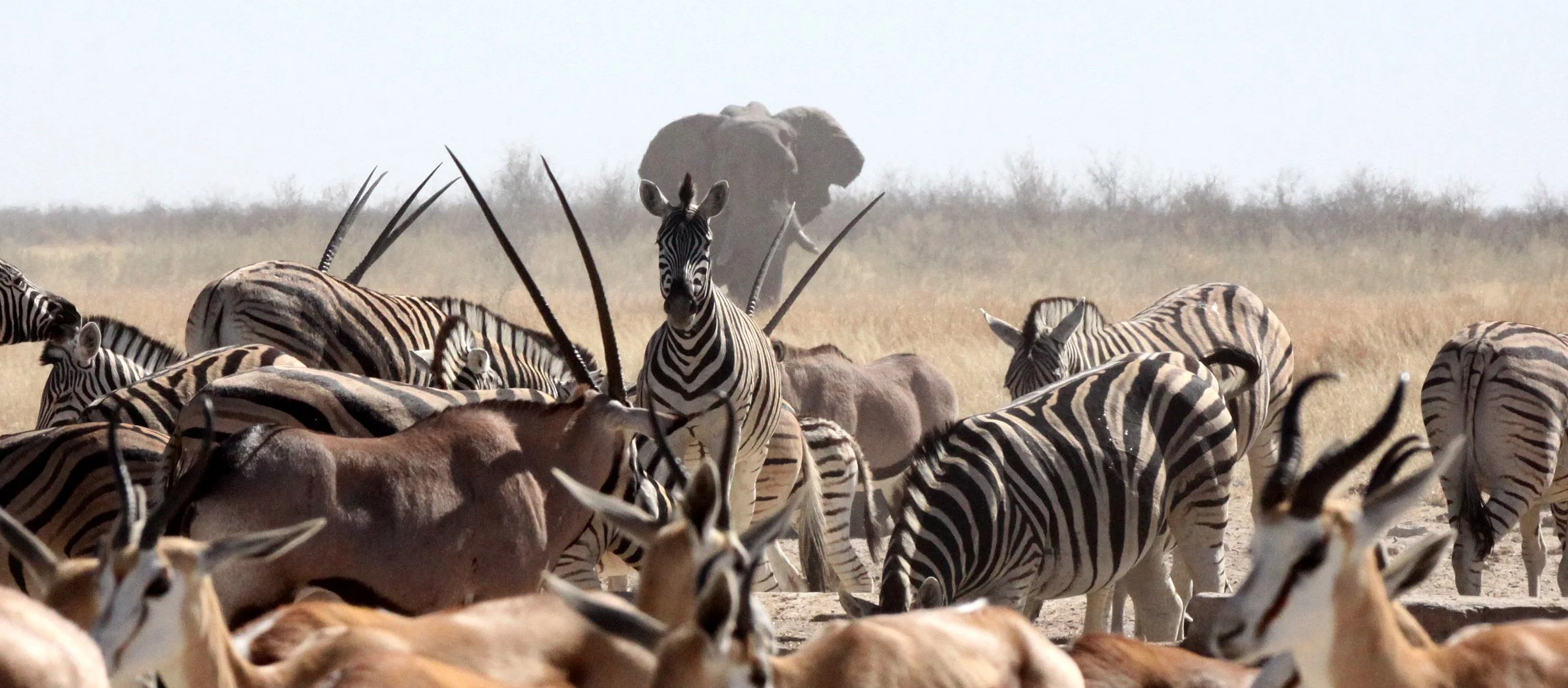
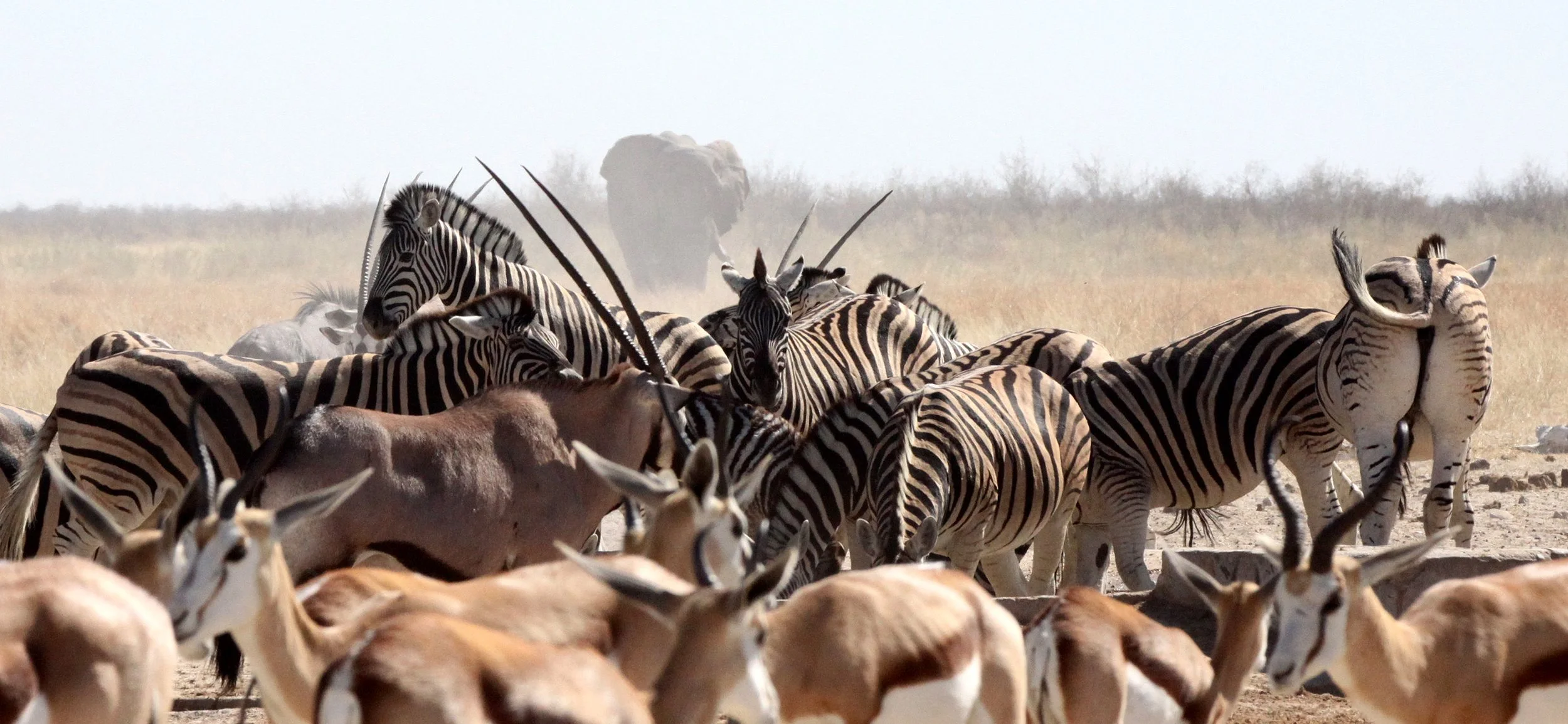





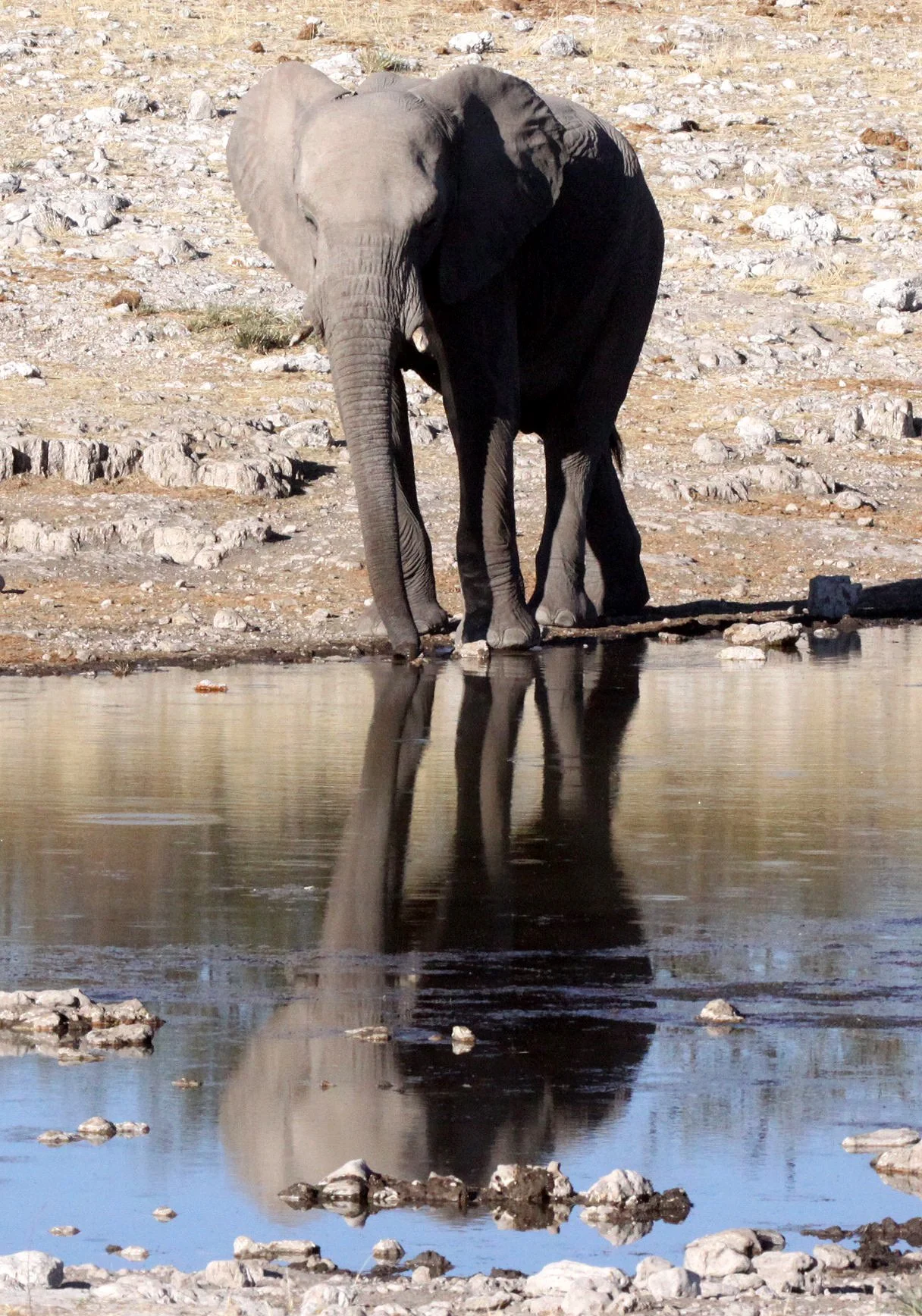





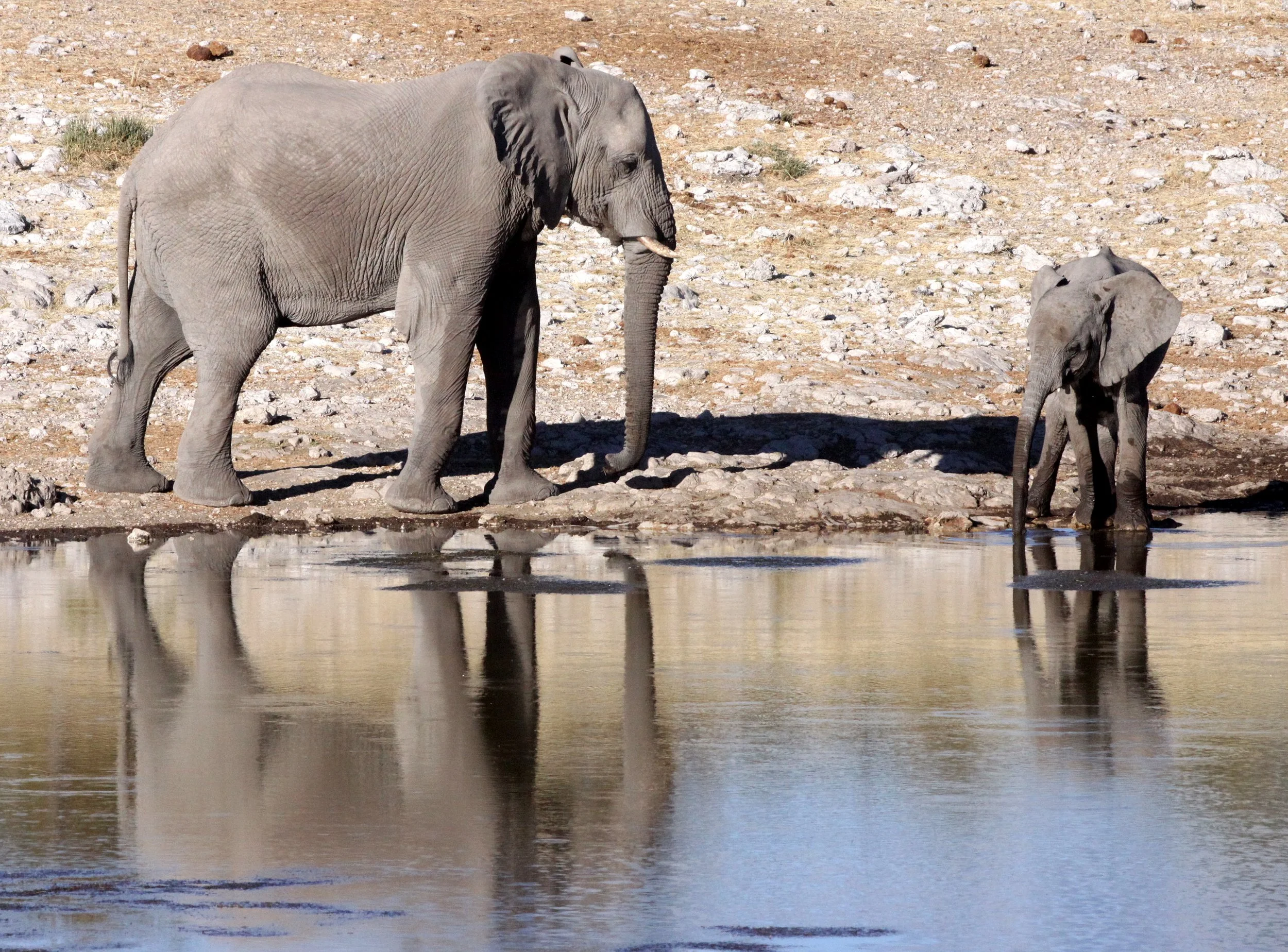

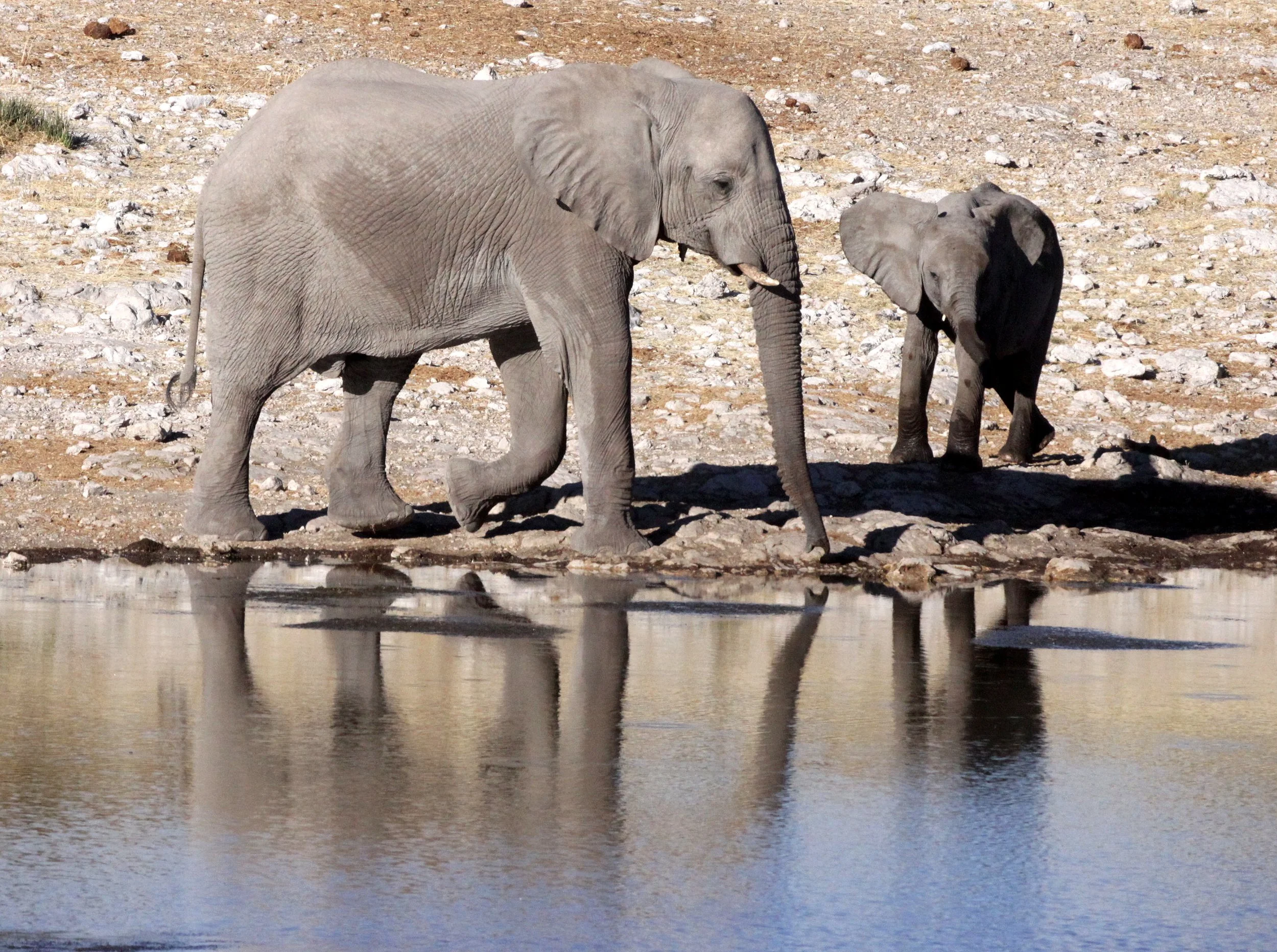




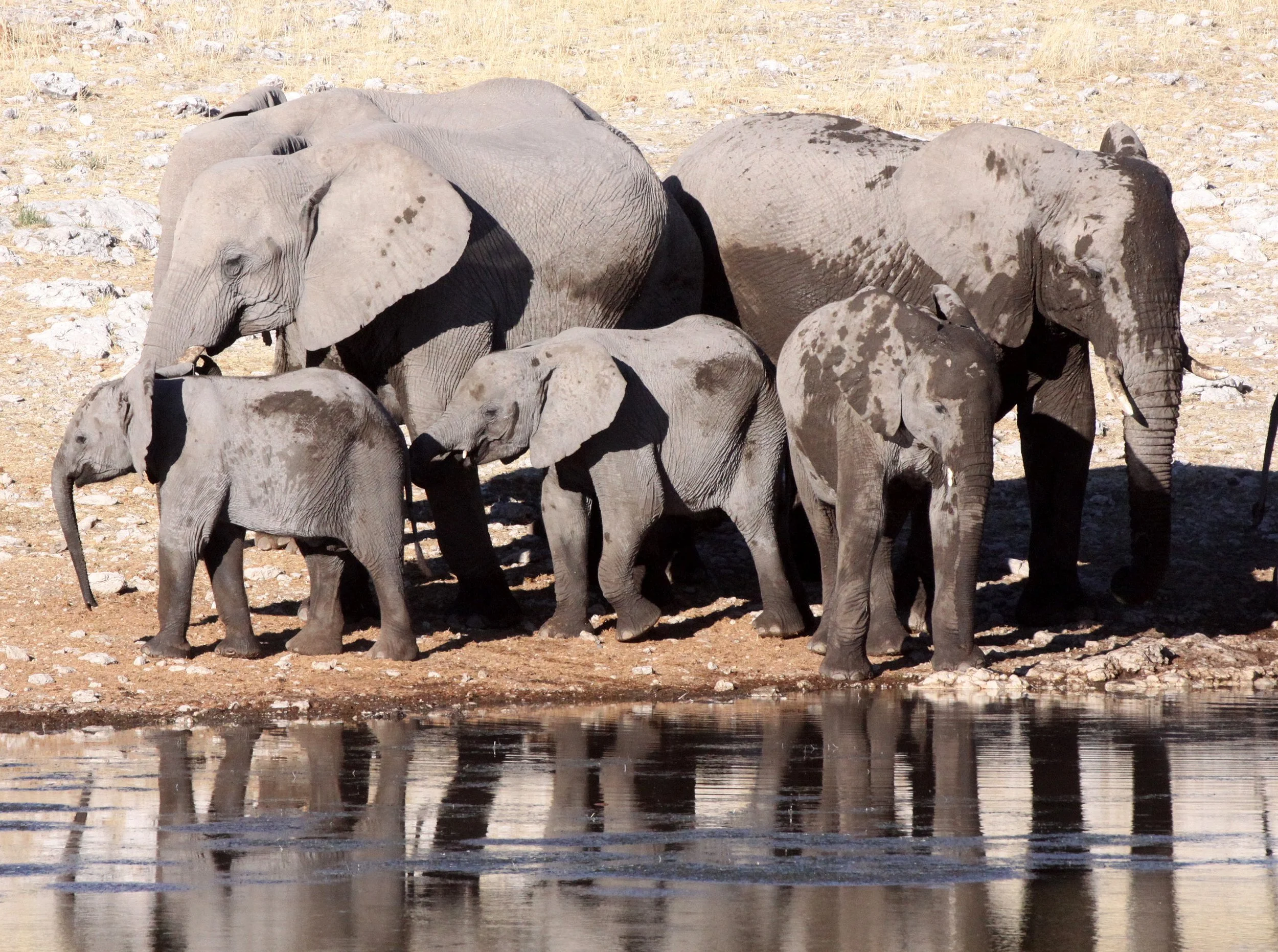








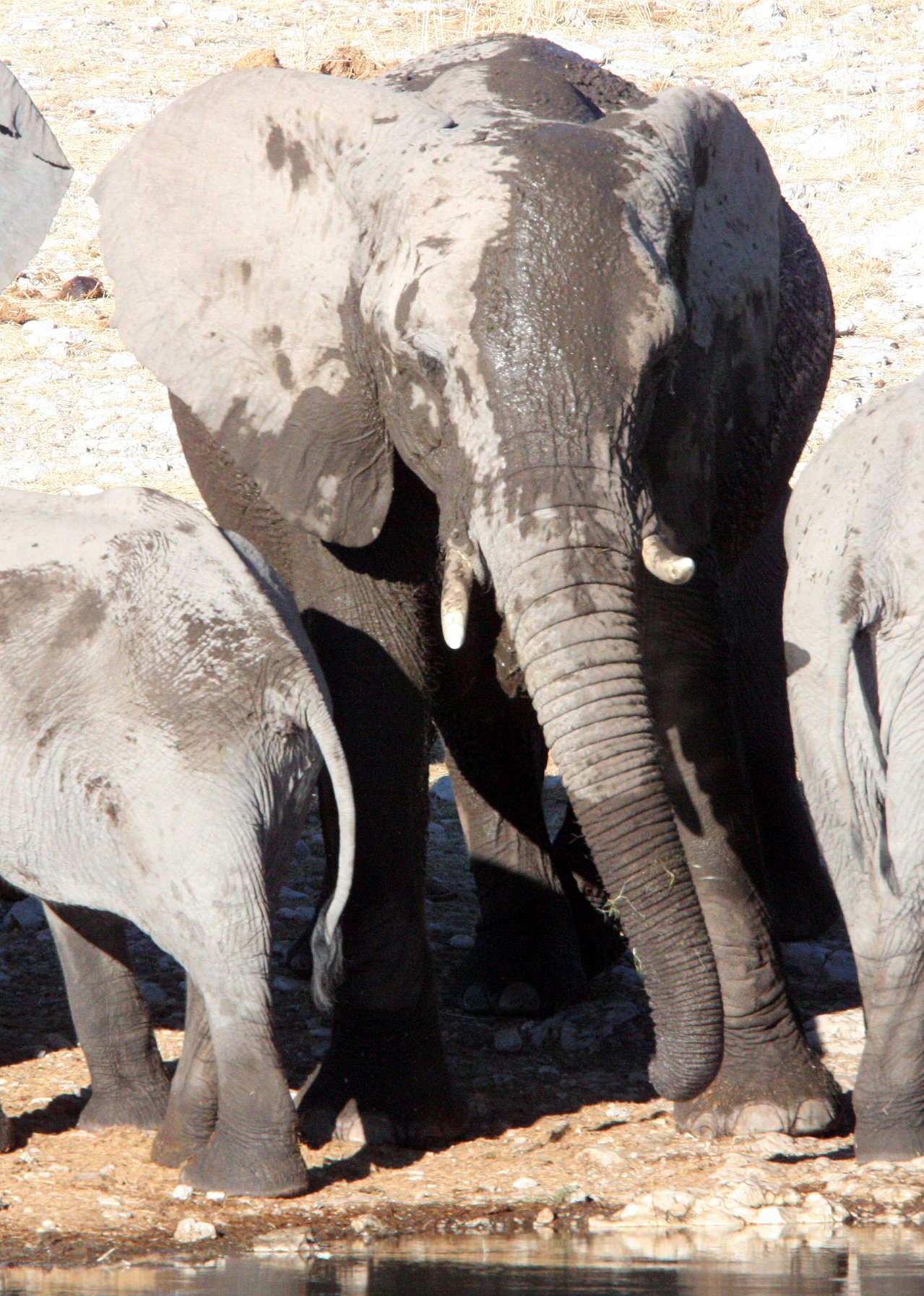
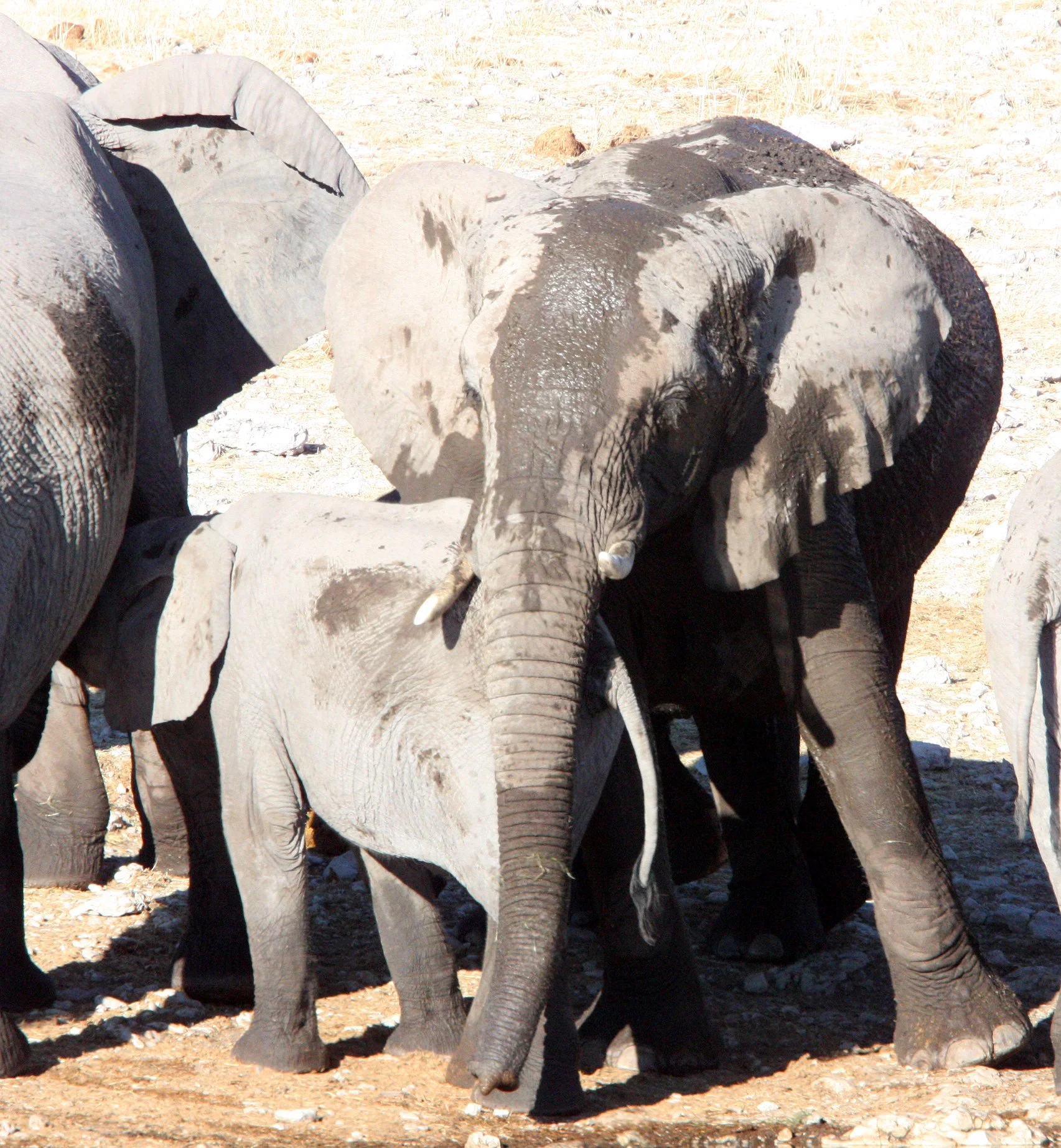



Etosha National Park Namibia - White dust individuals and Desert Elephants
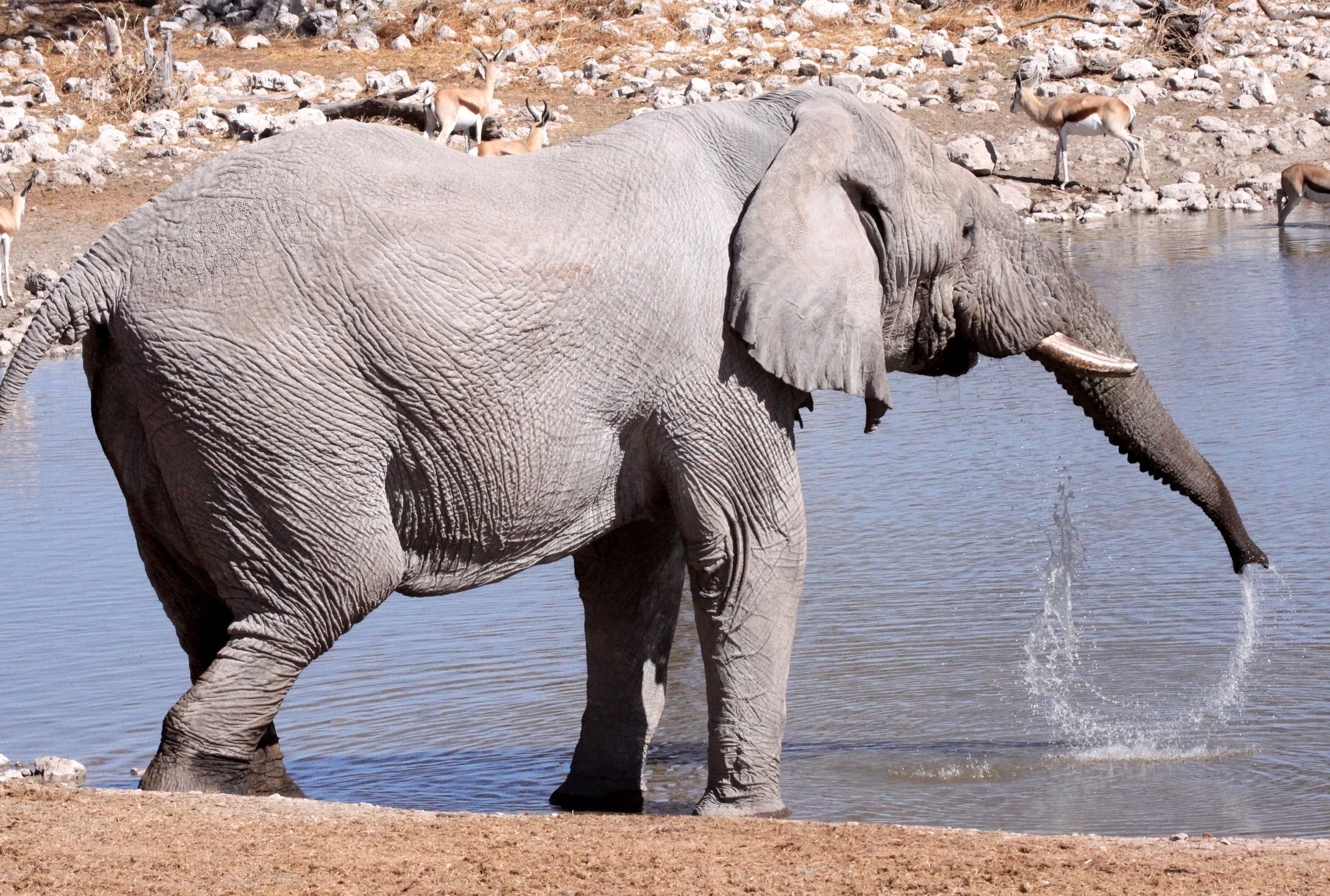
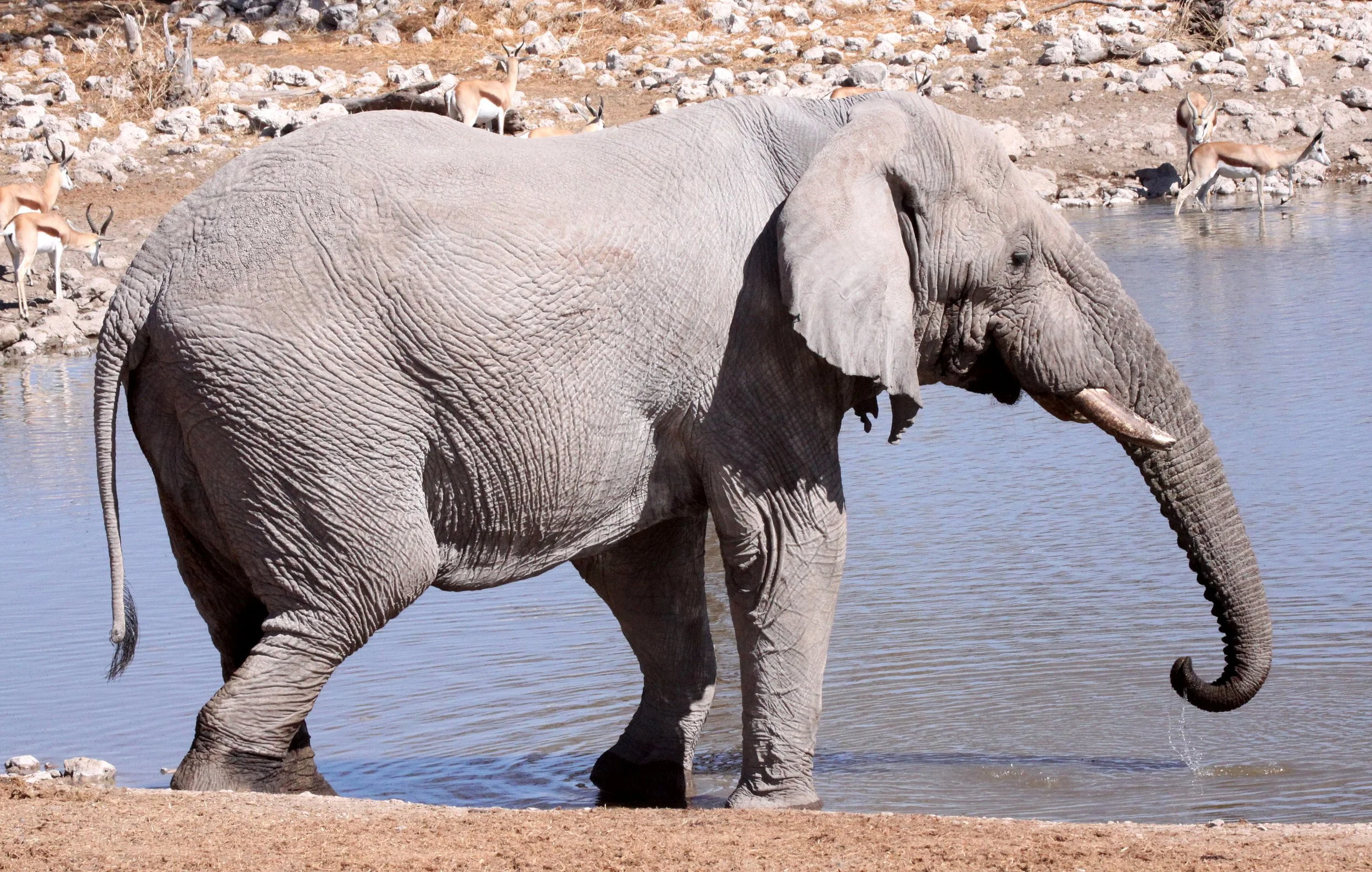
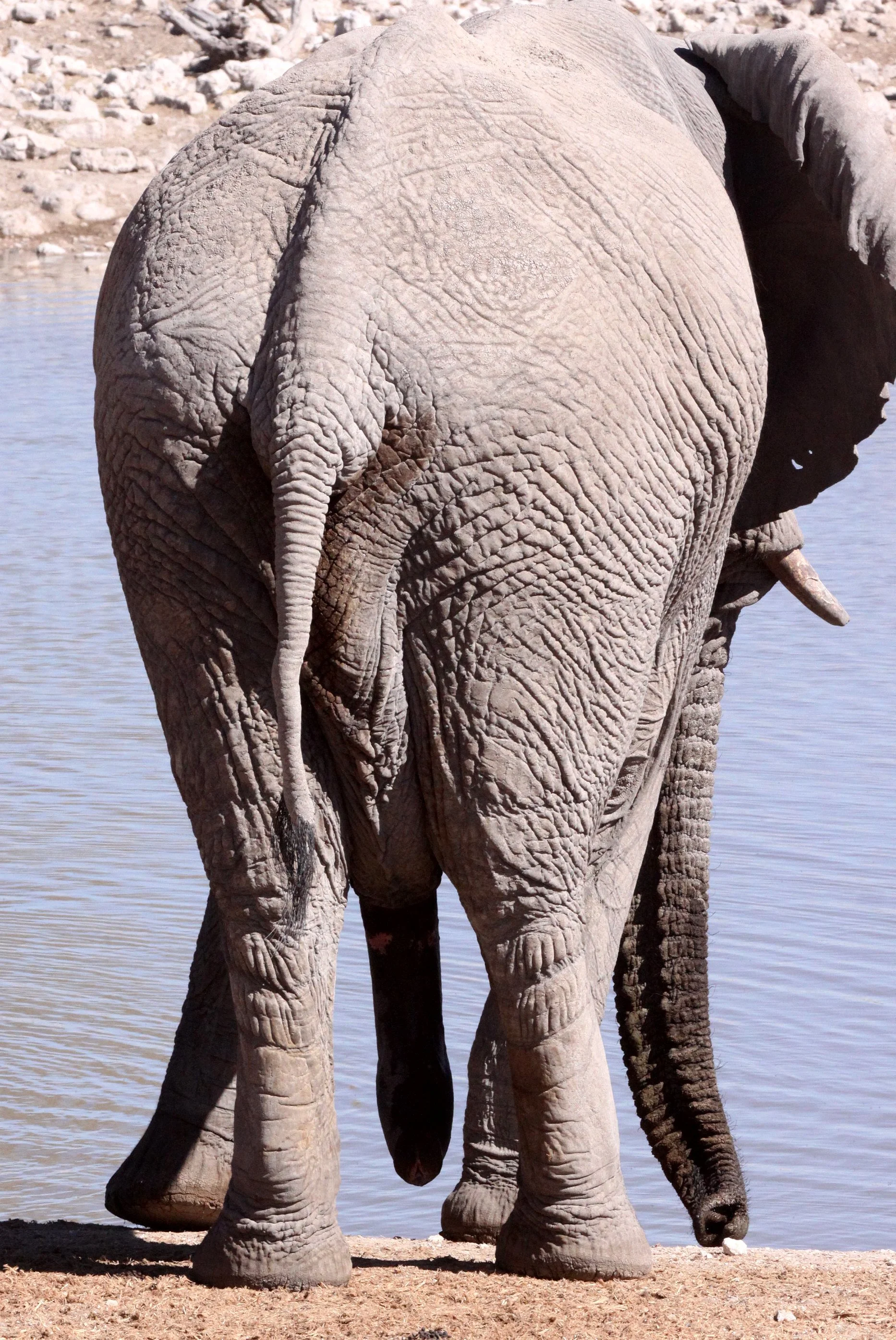

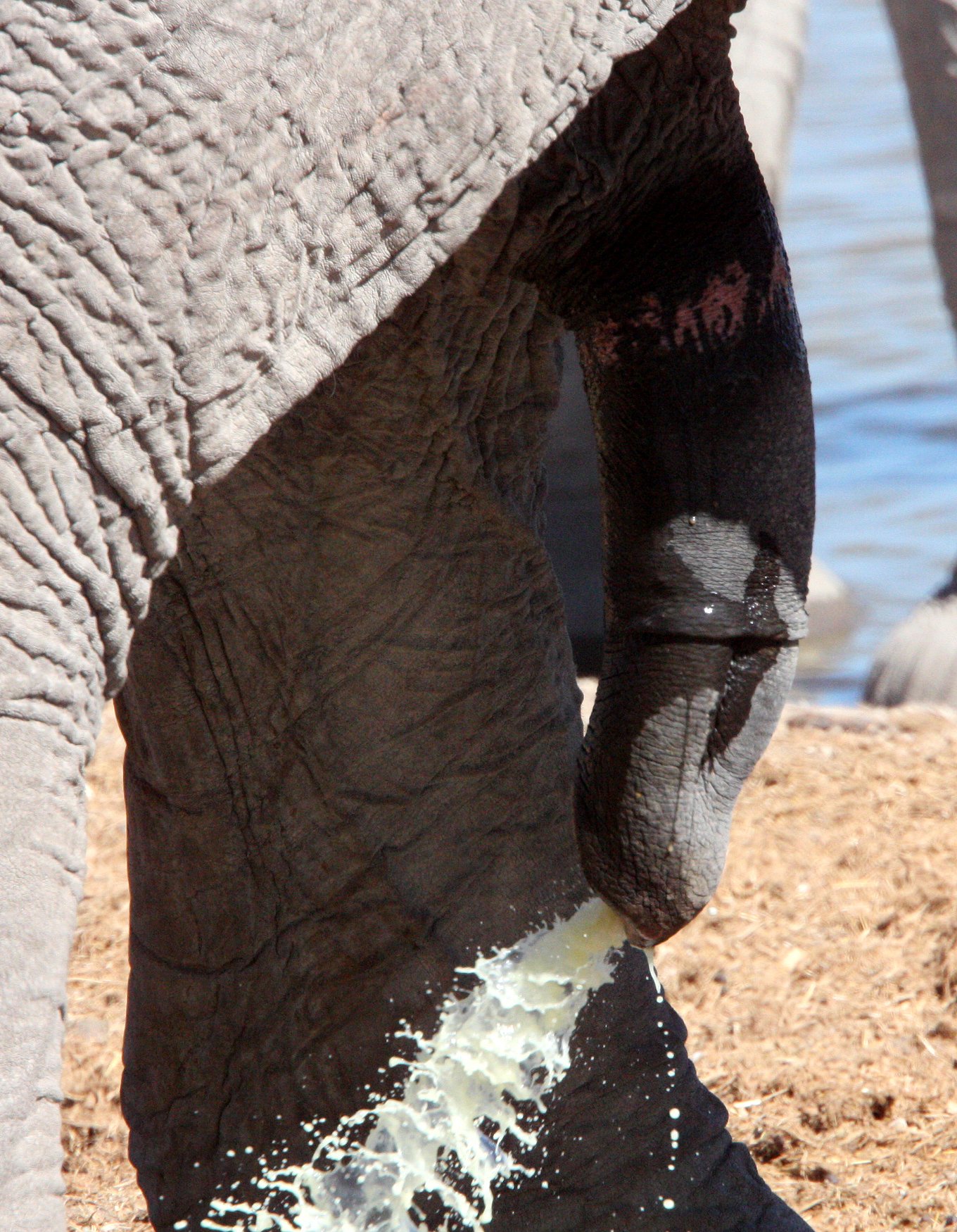
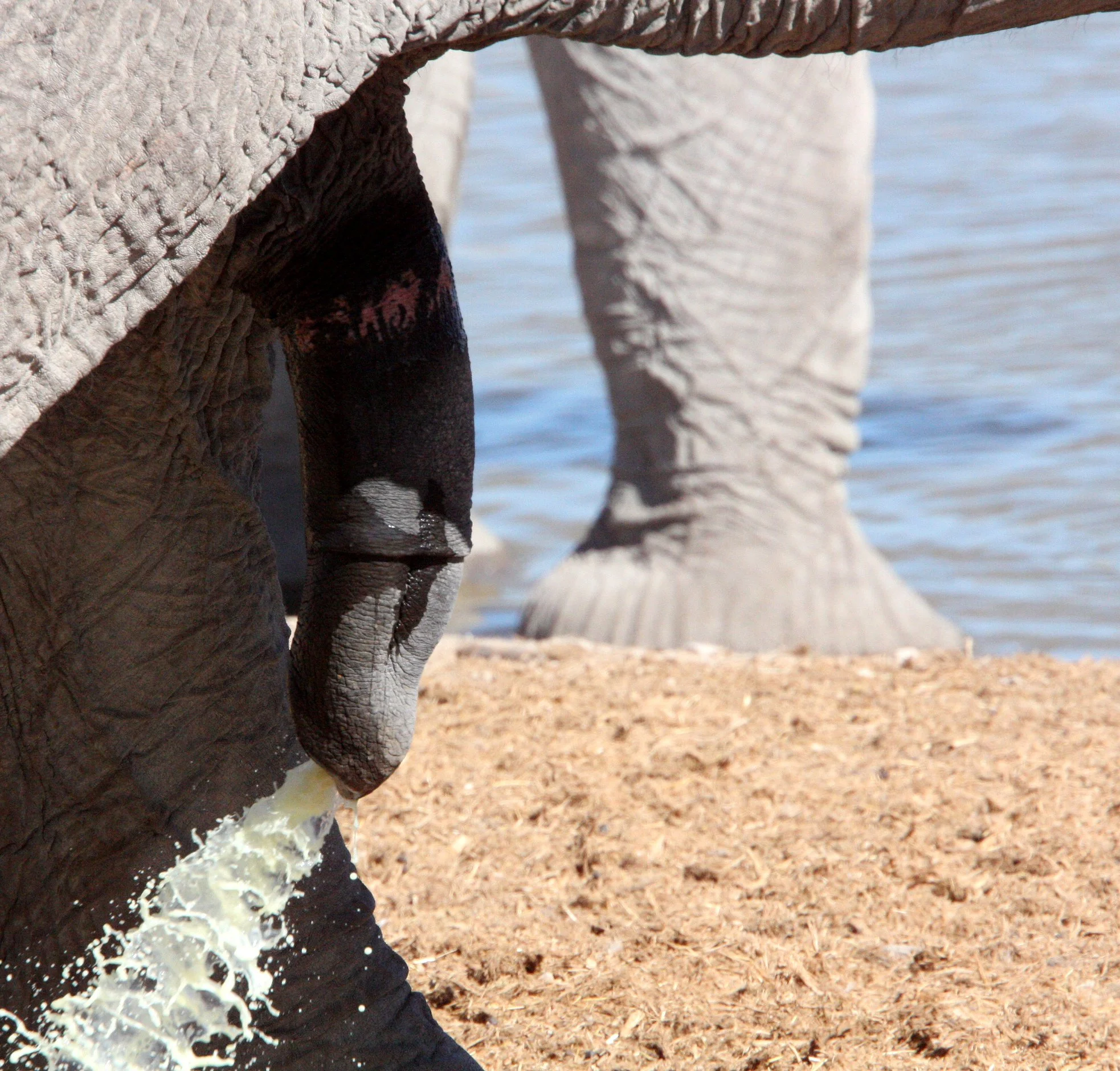

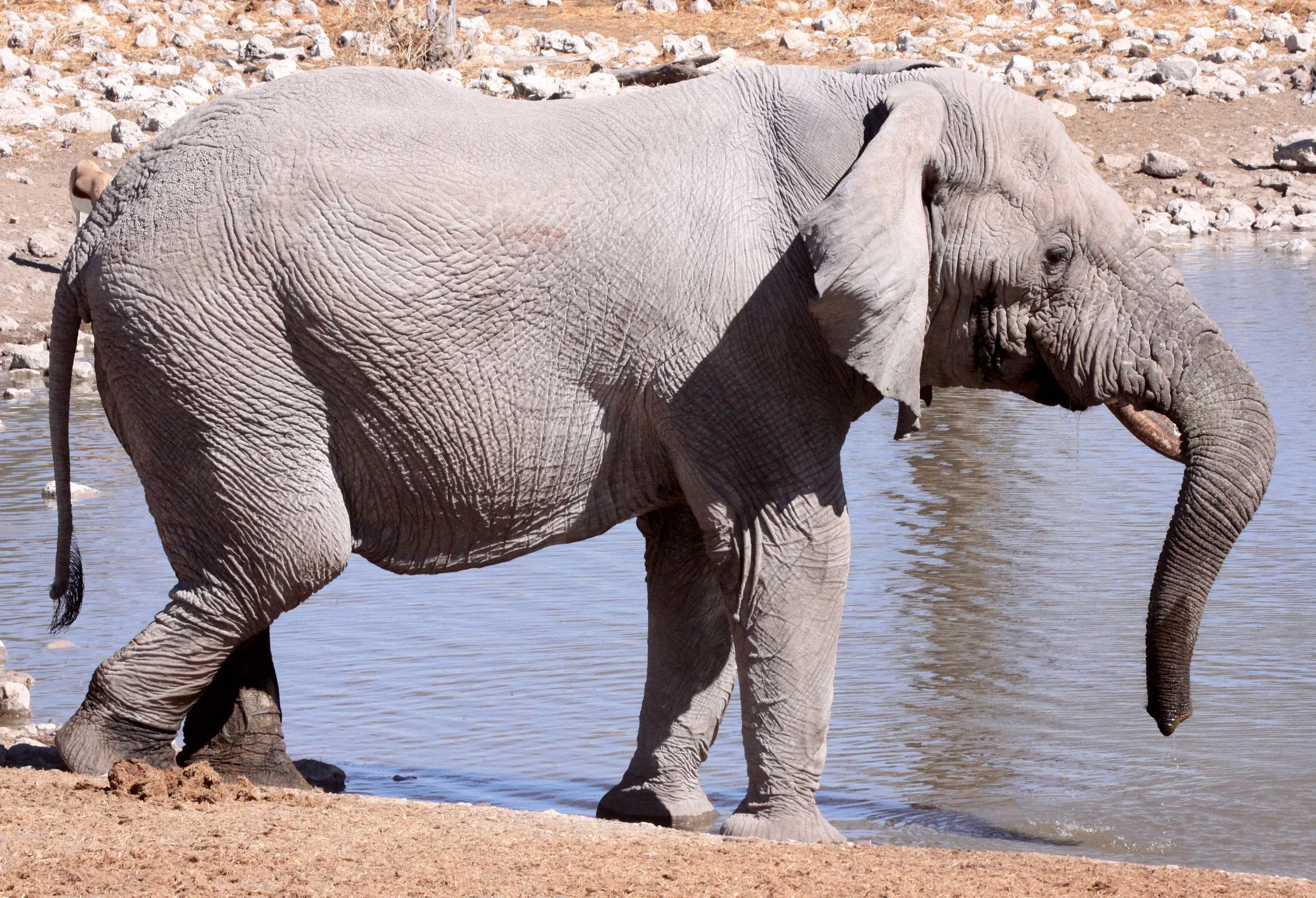


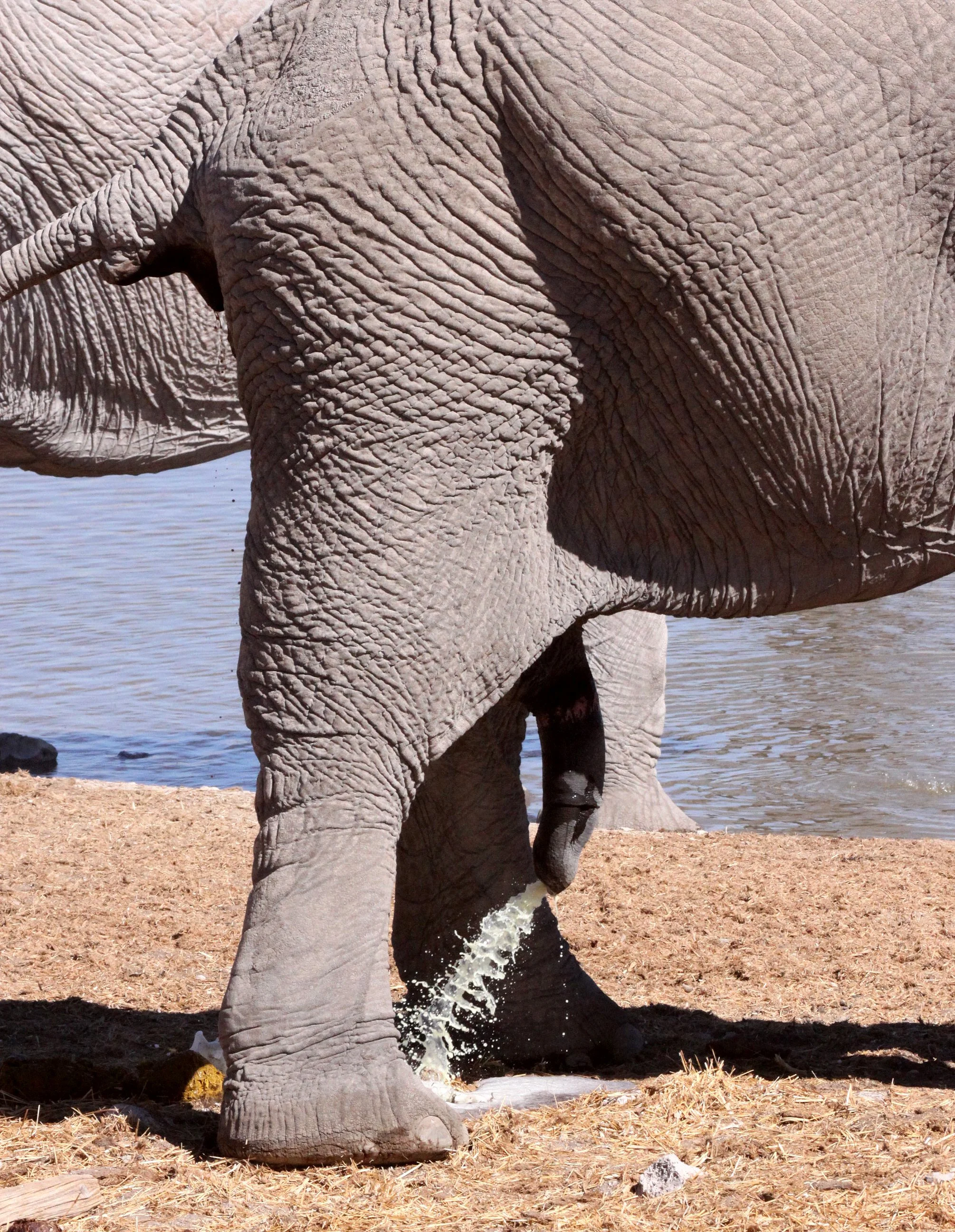

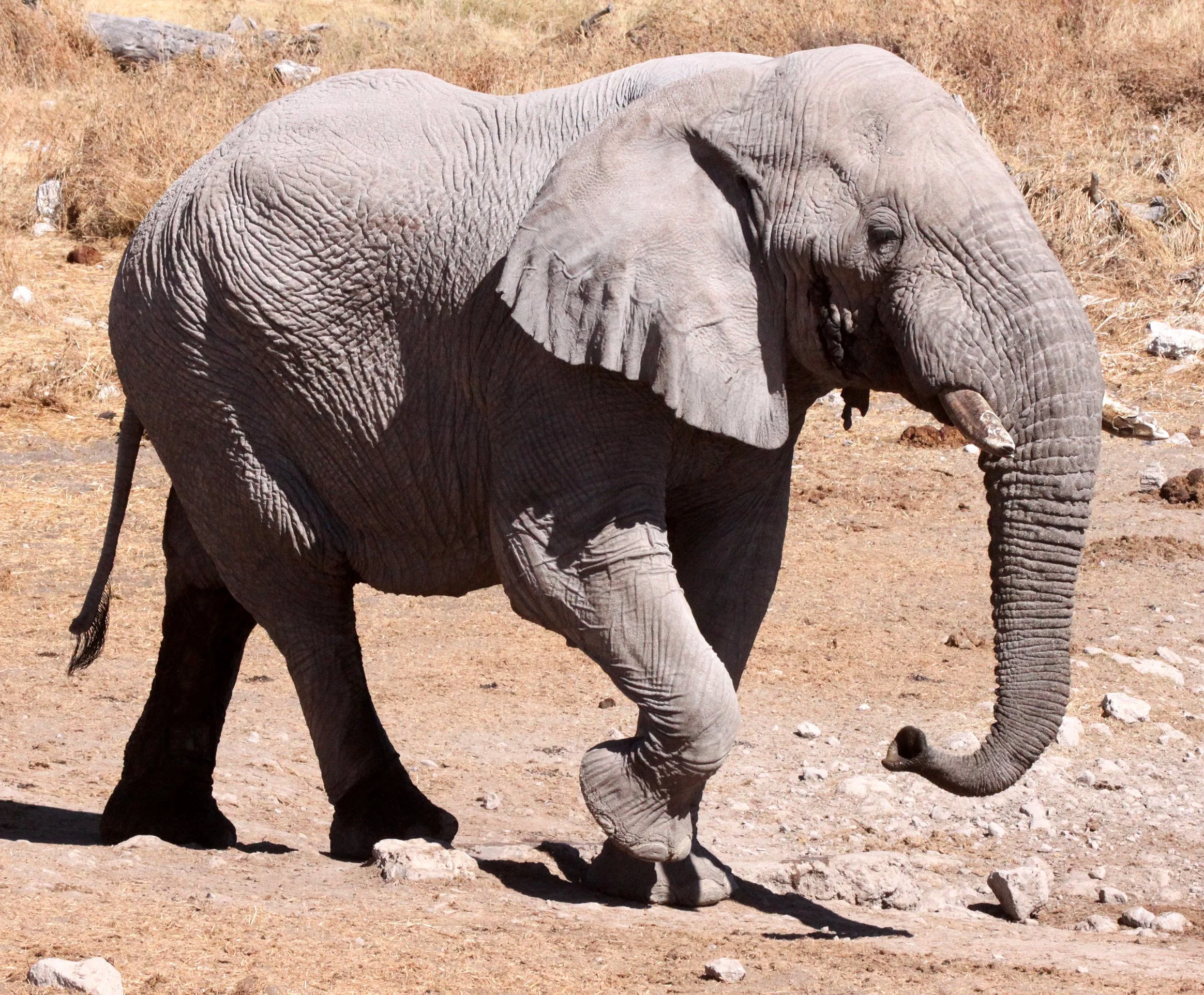


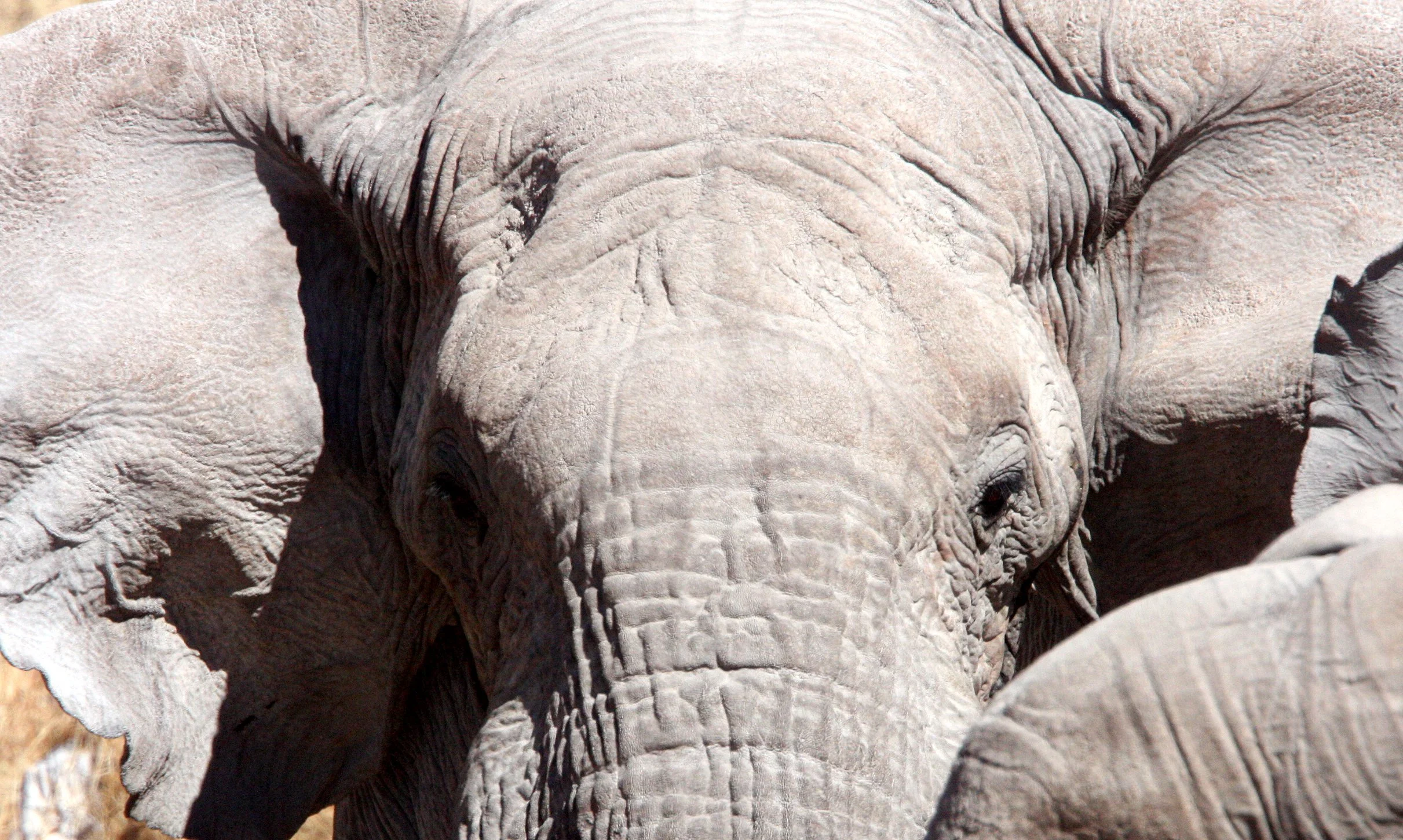

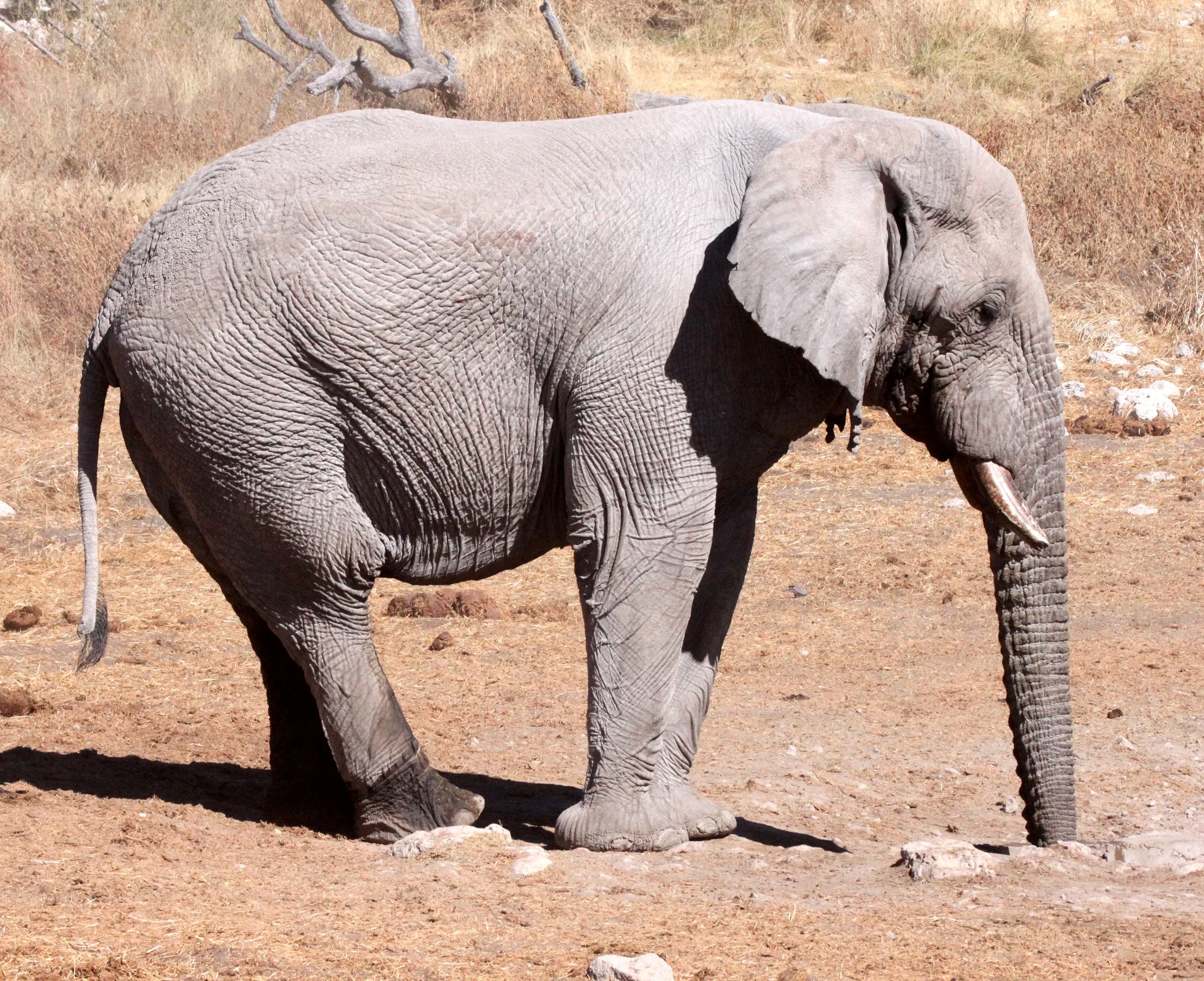

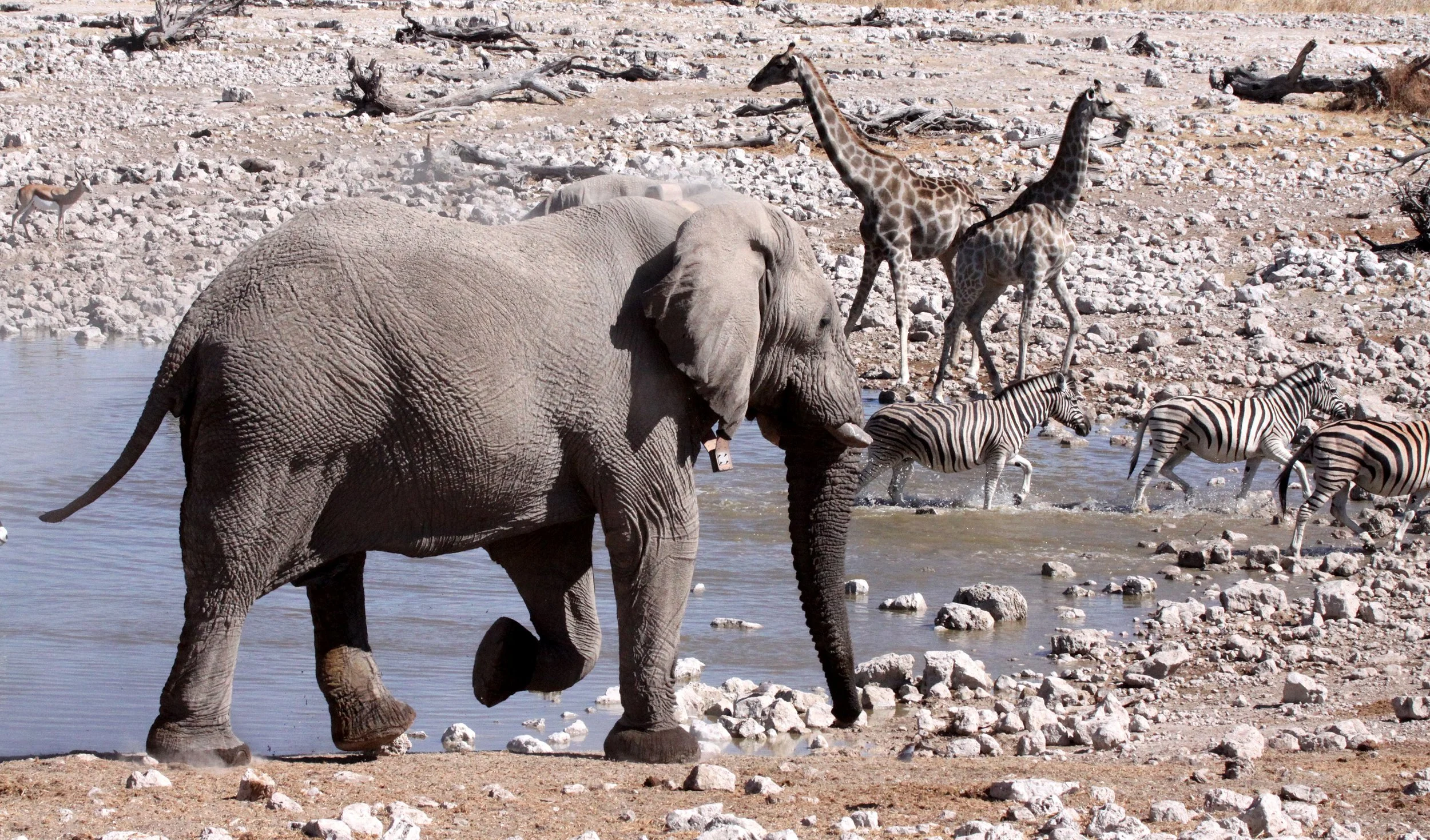
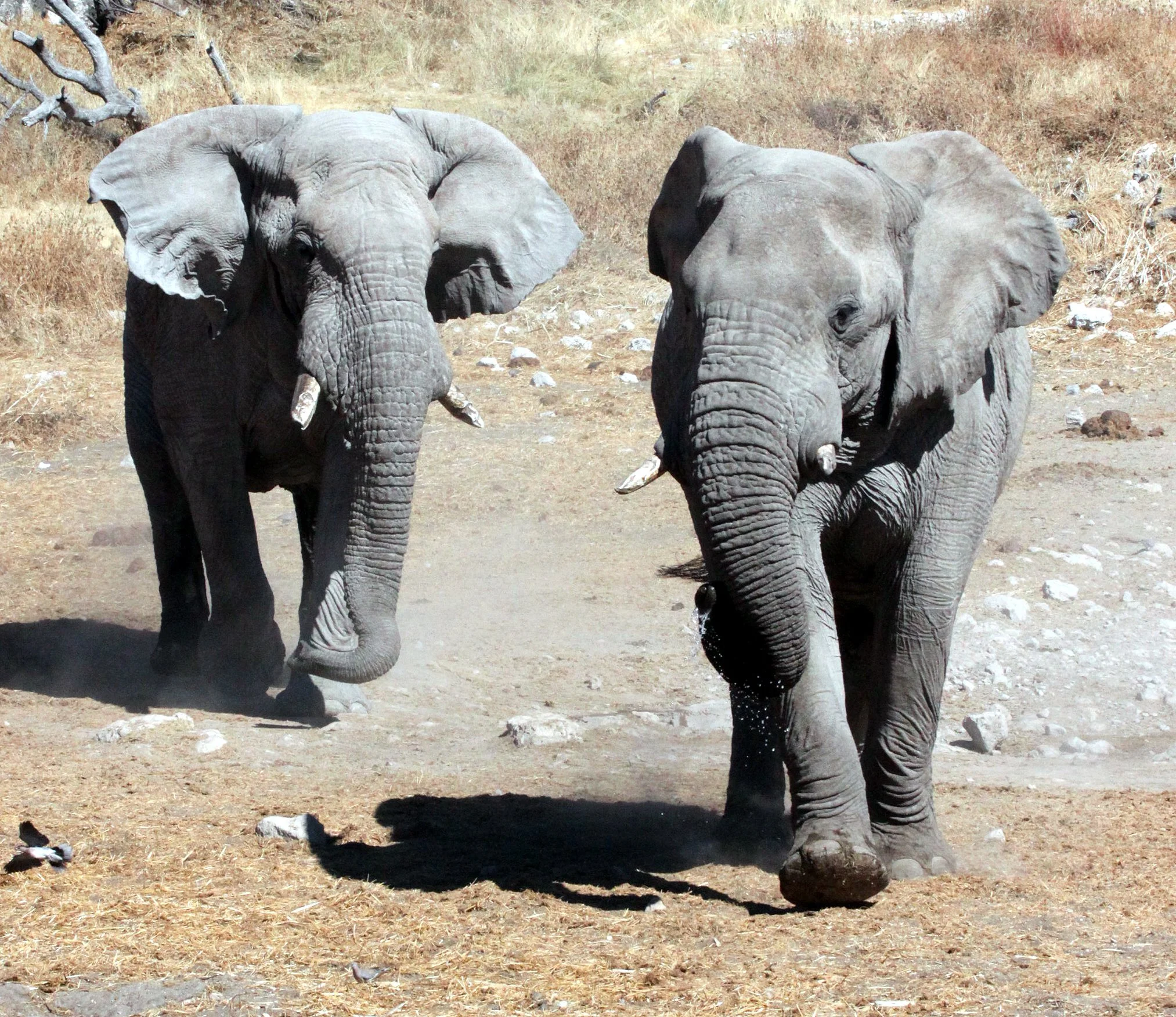

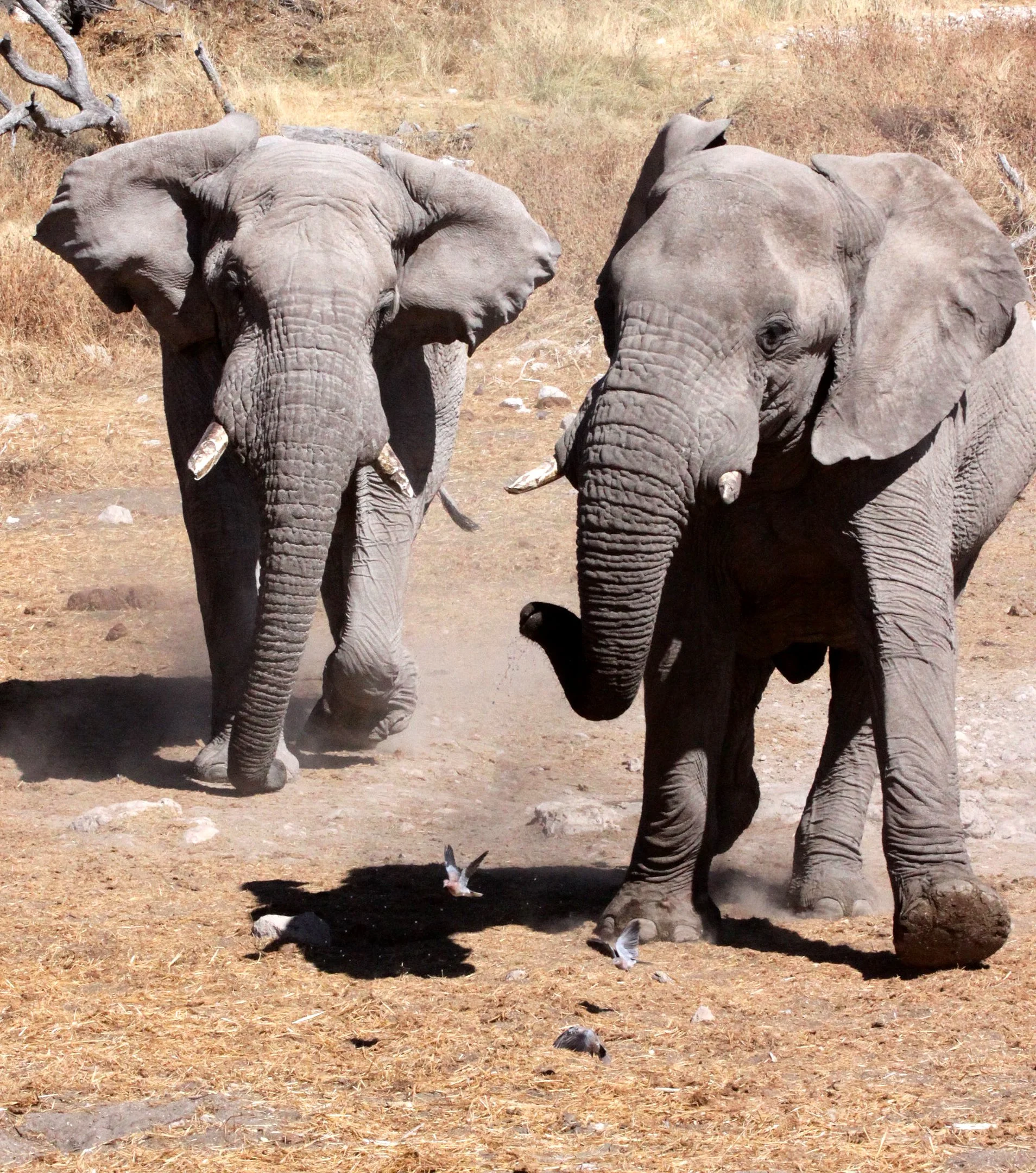

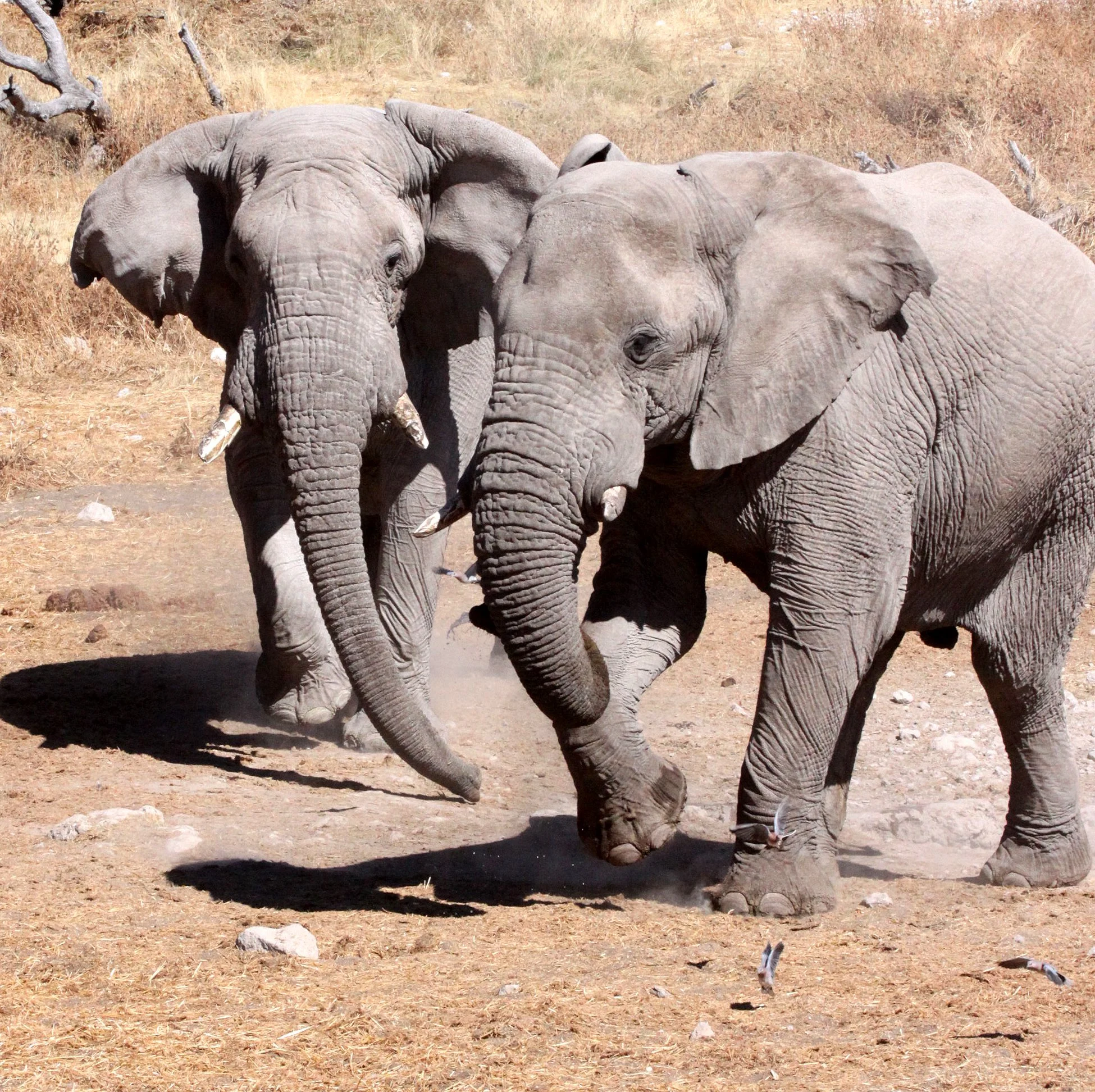

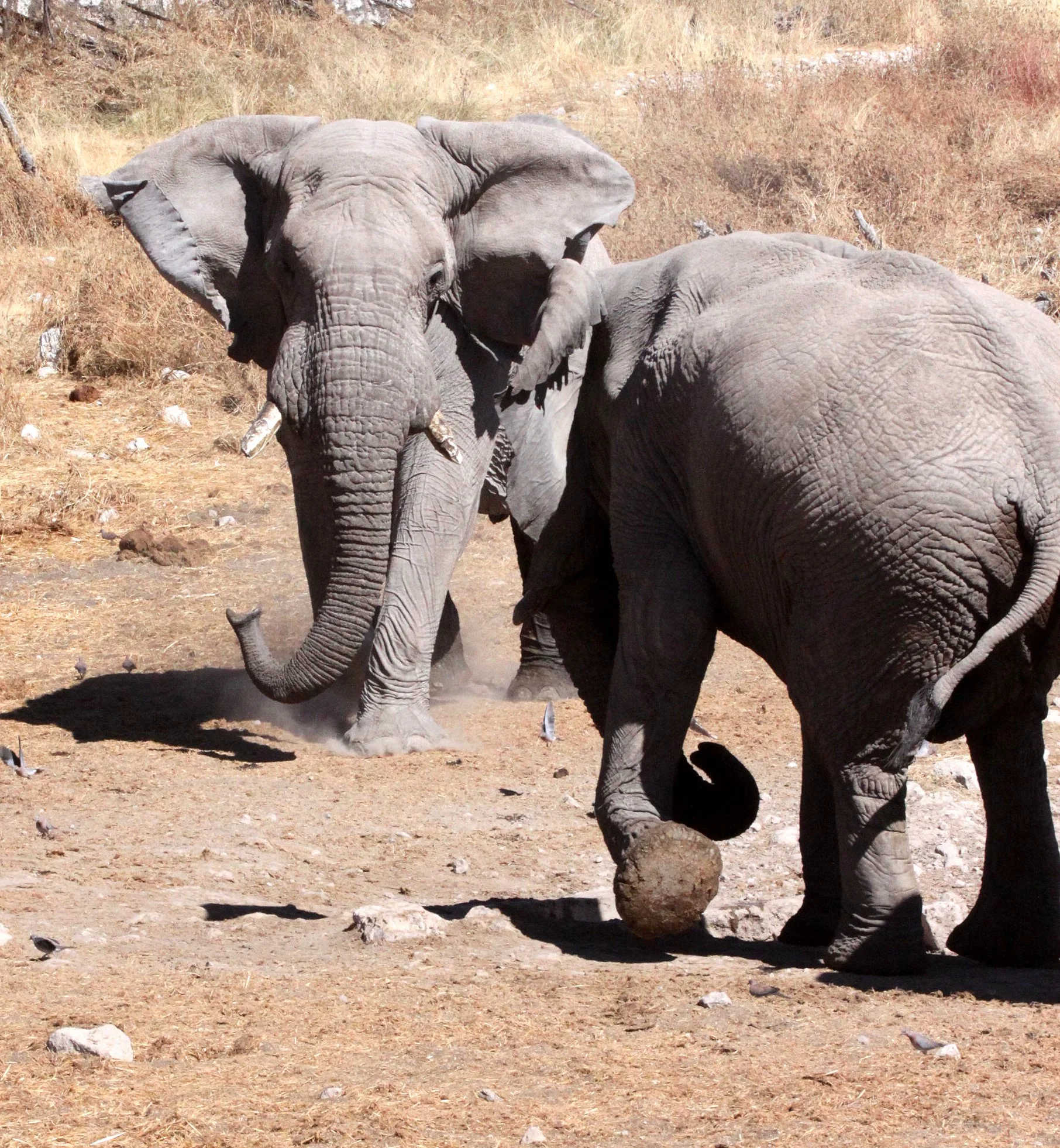
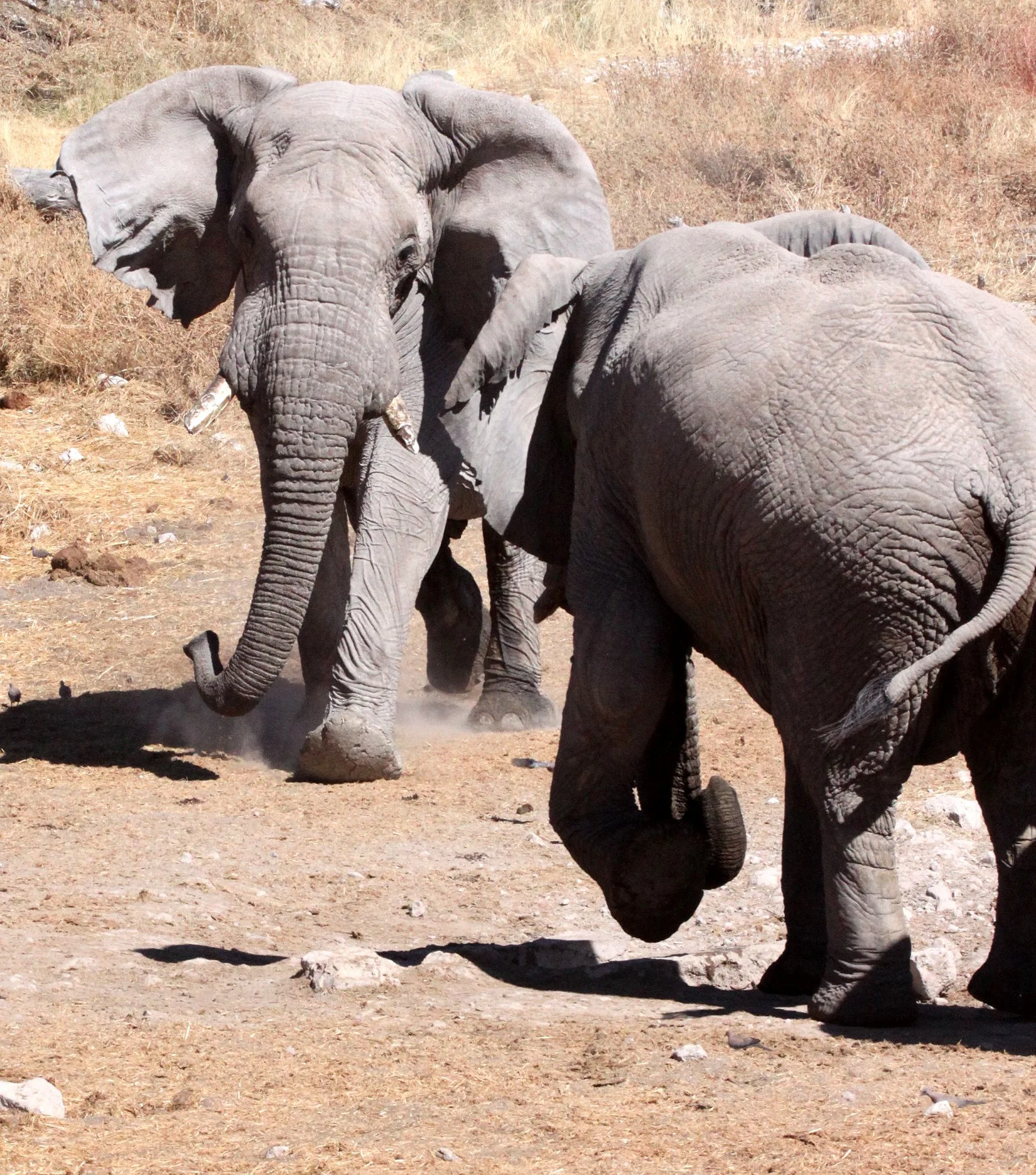


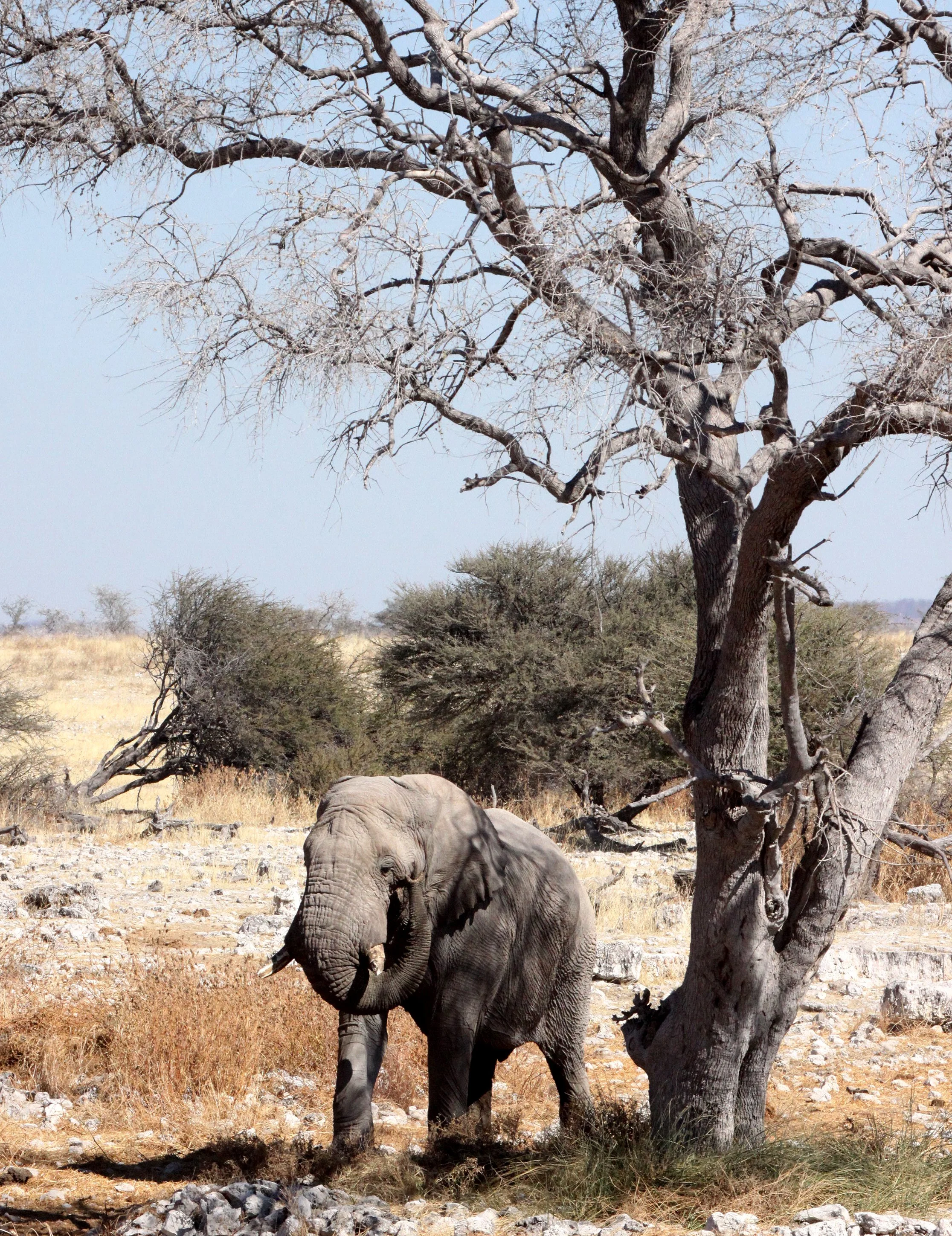











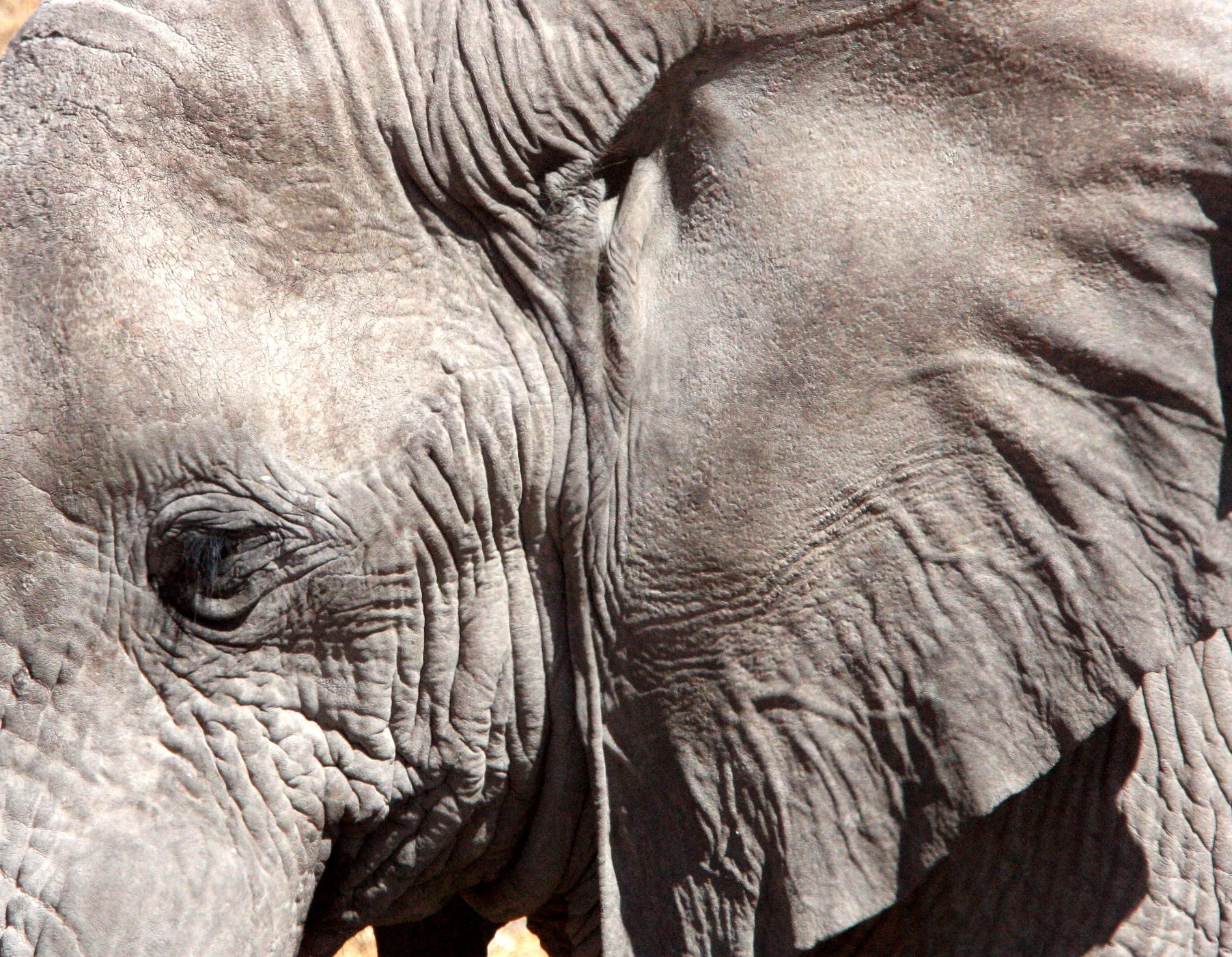

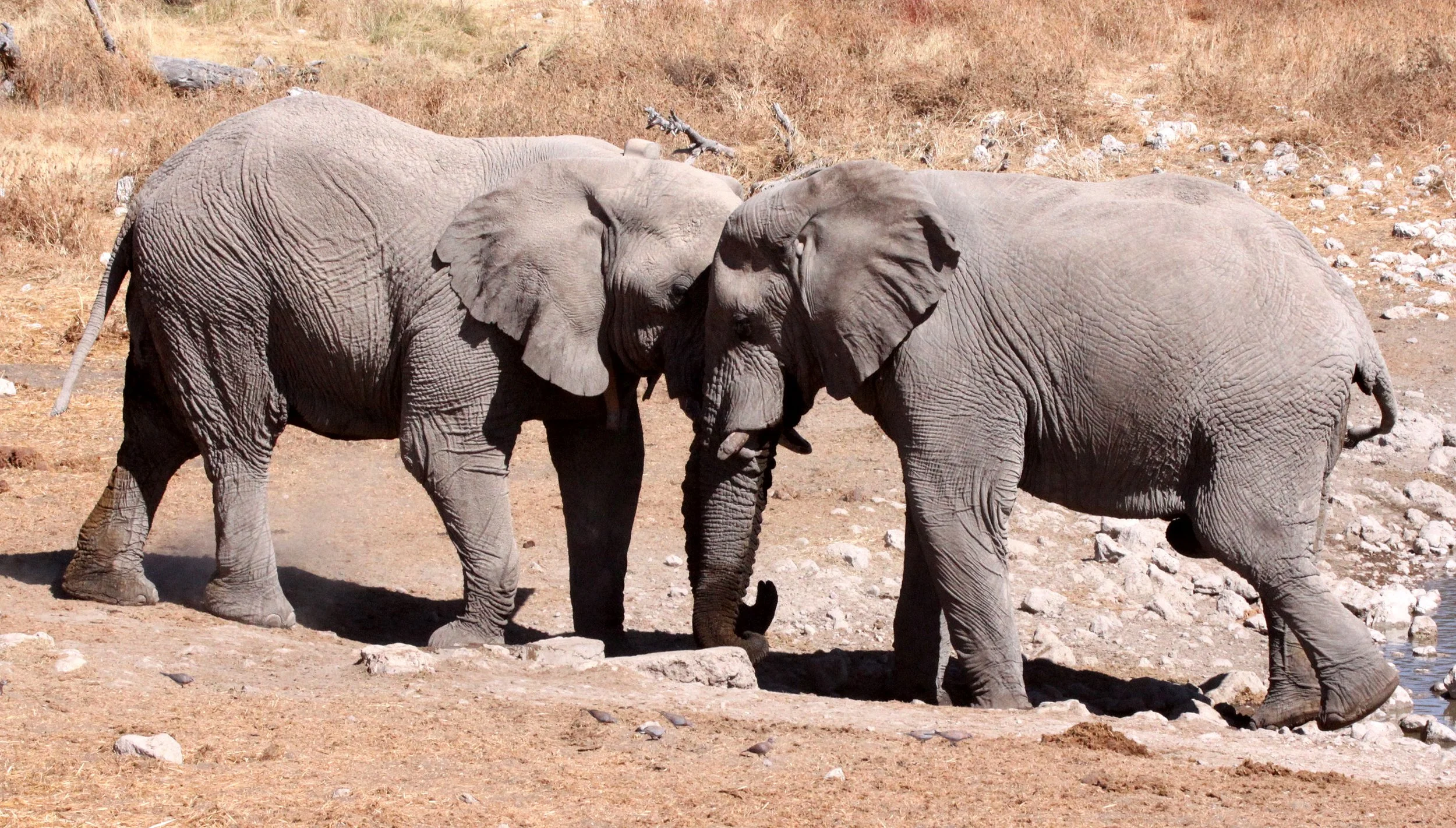
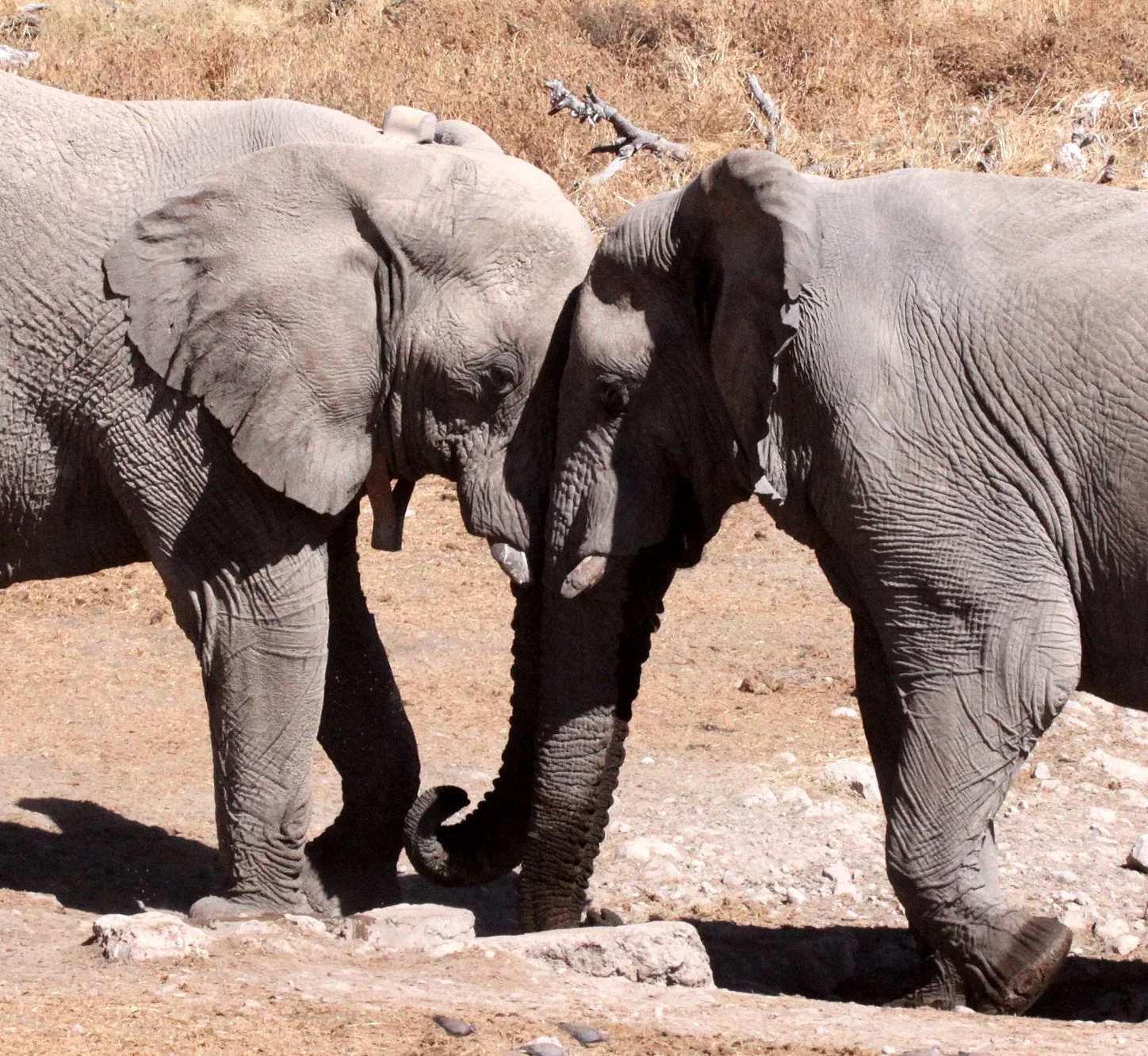



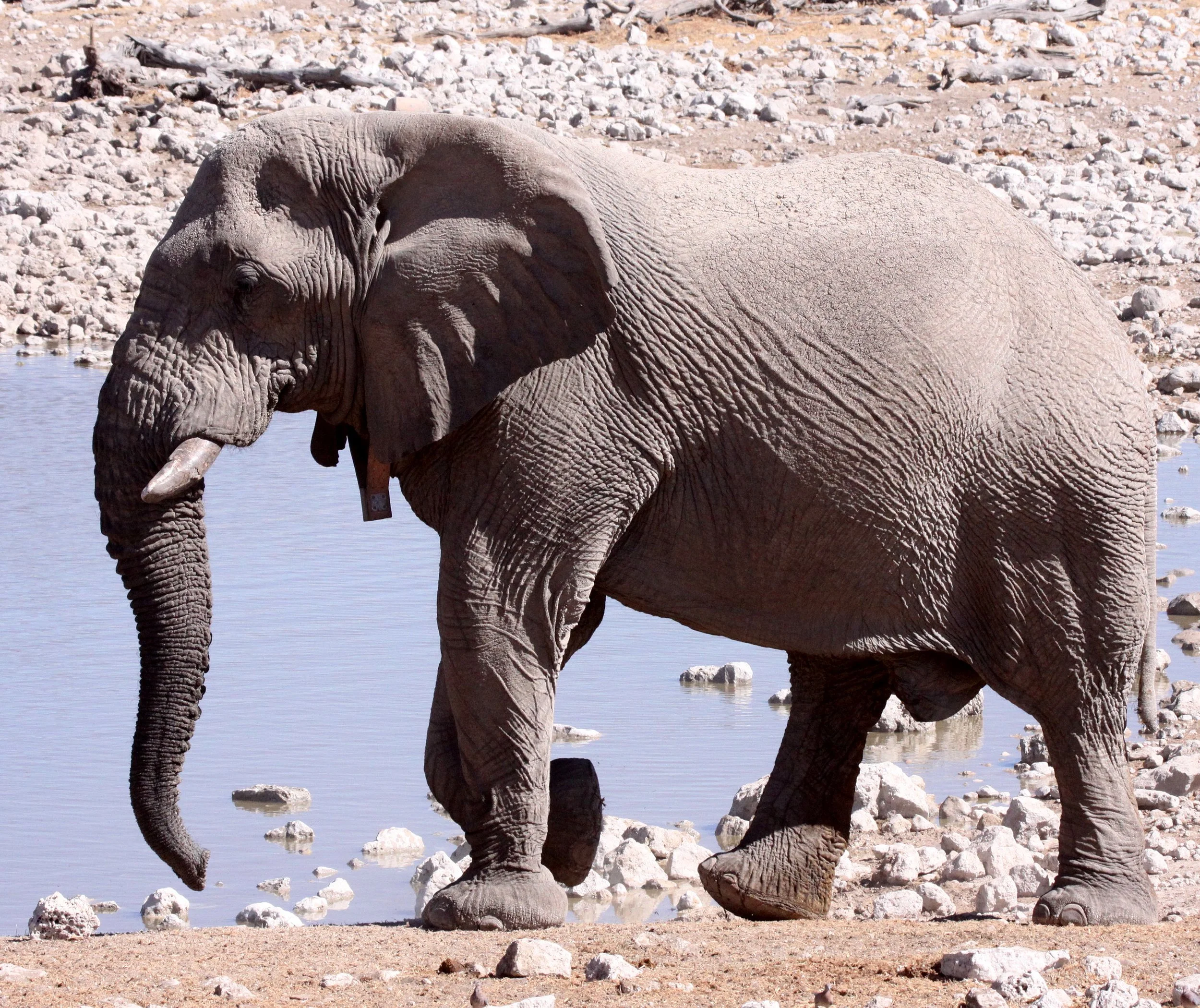

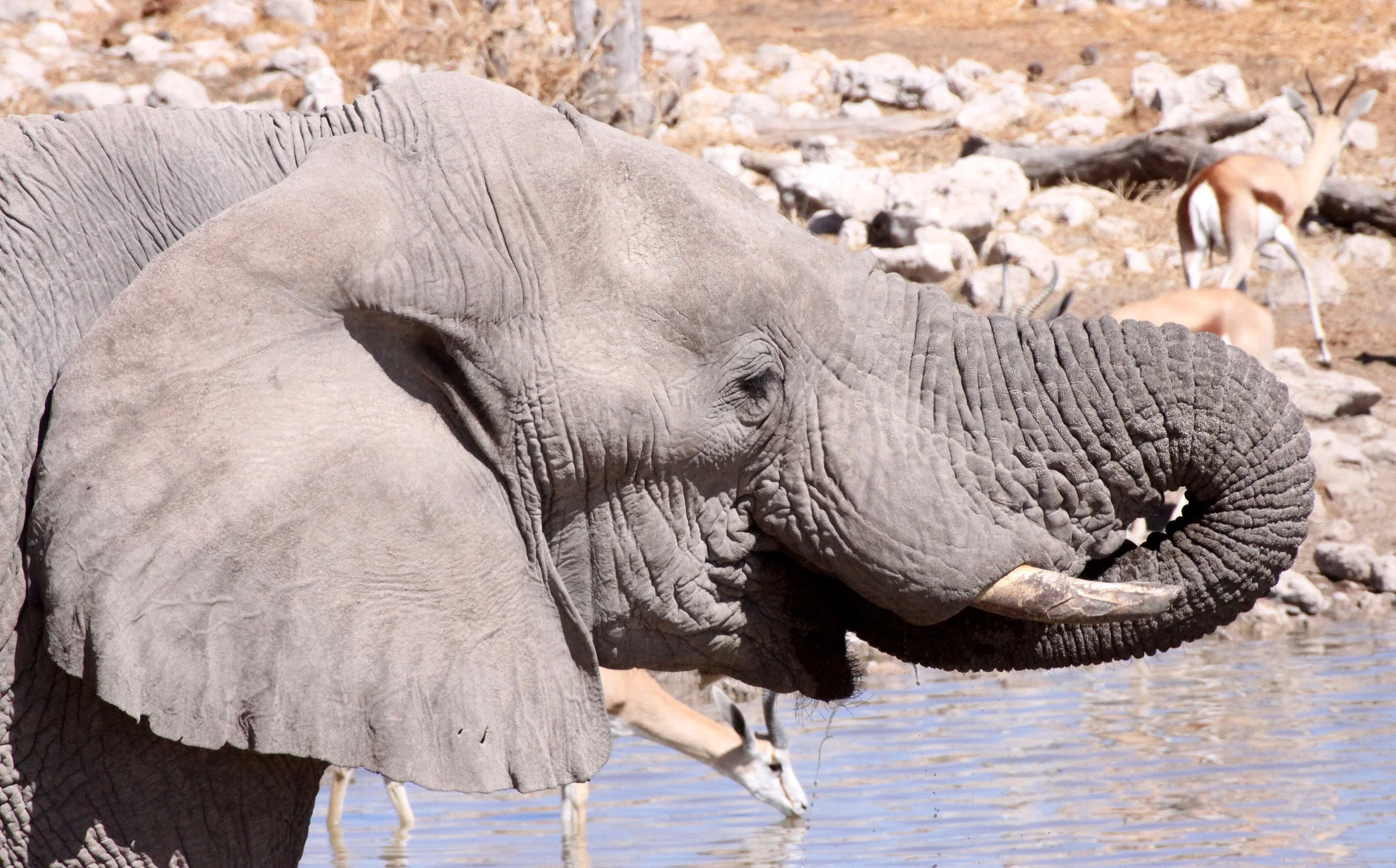
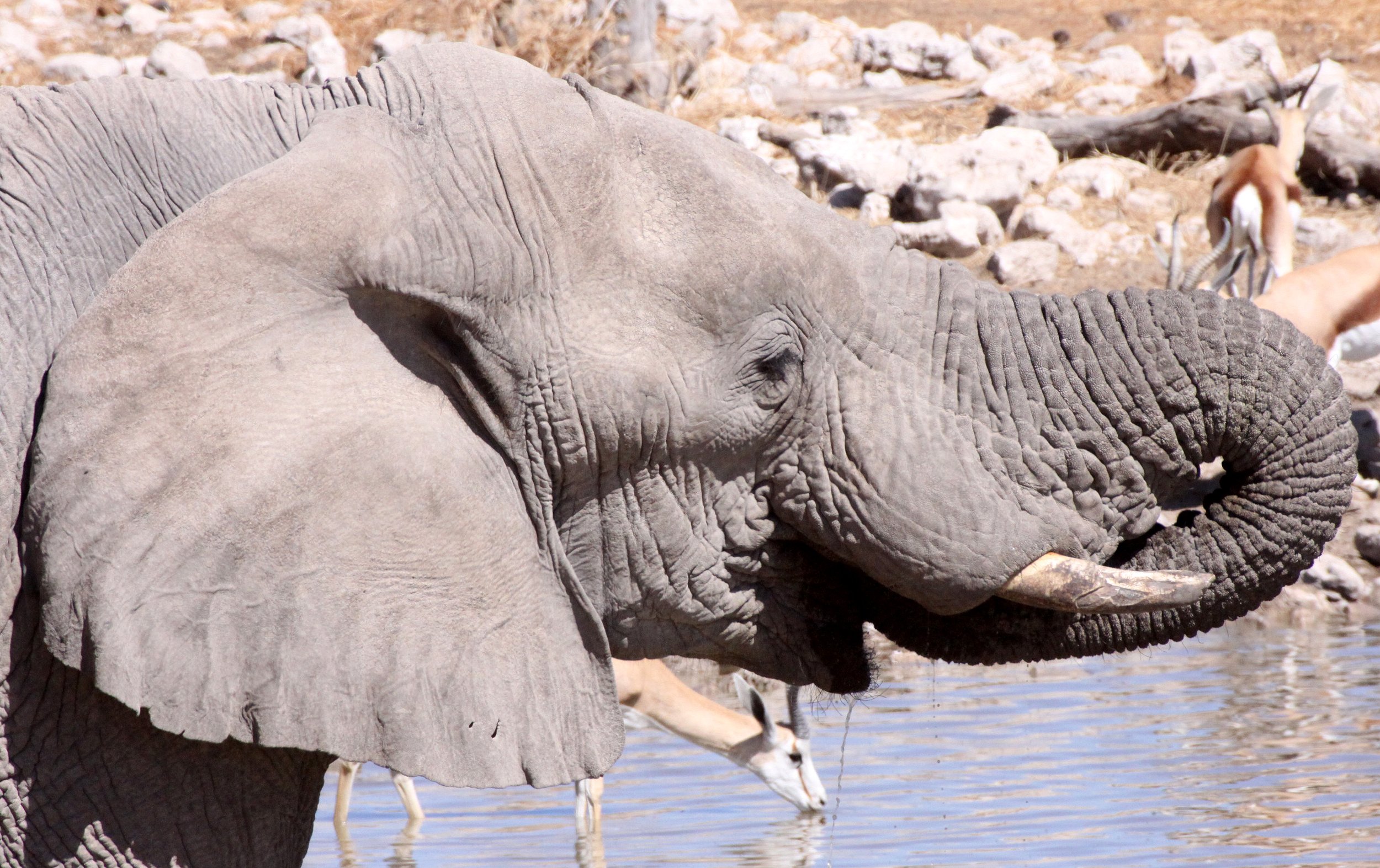


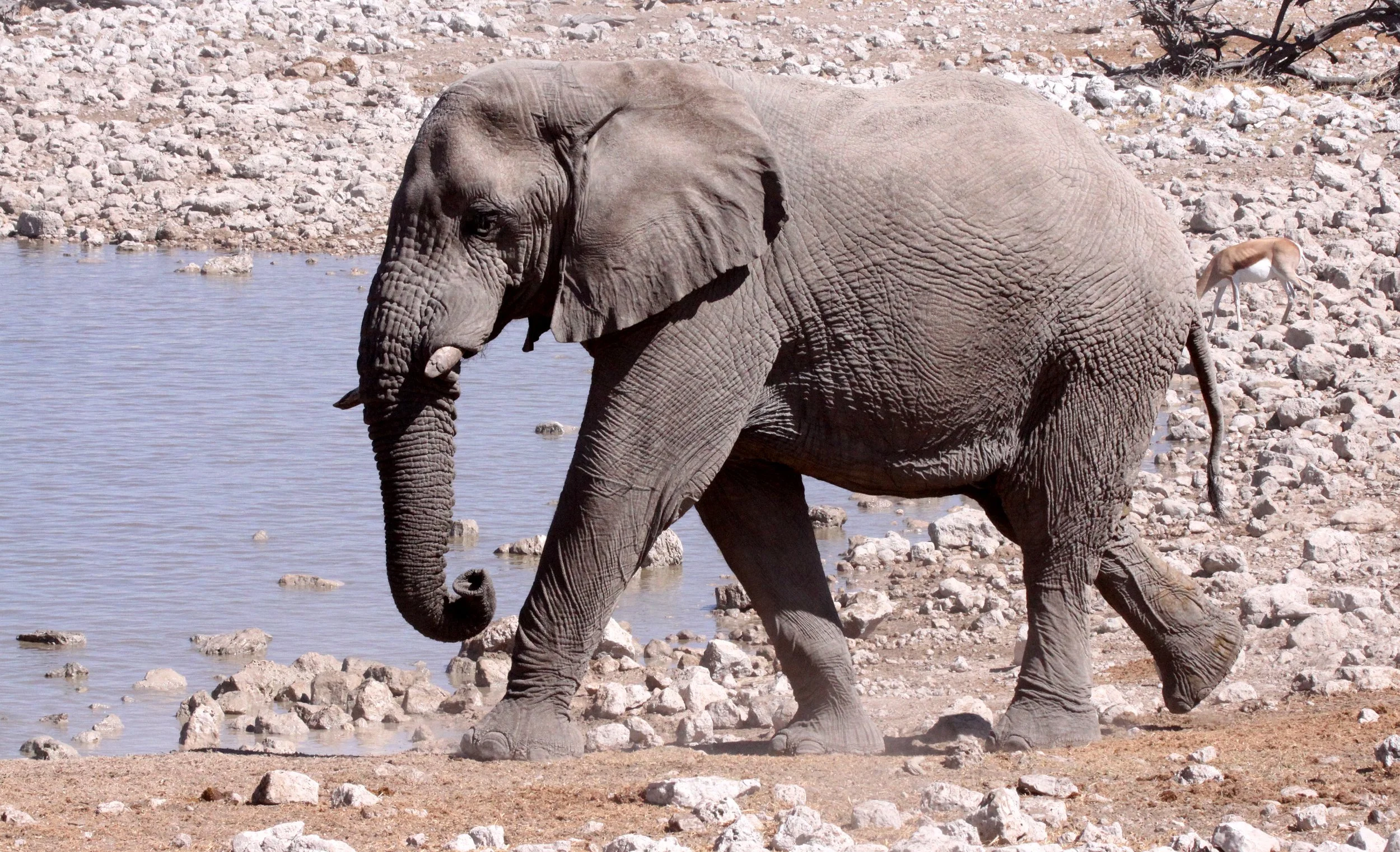



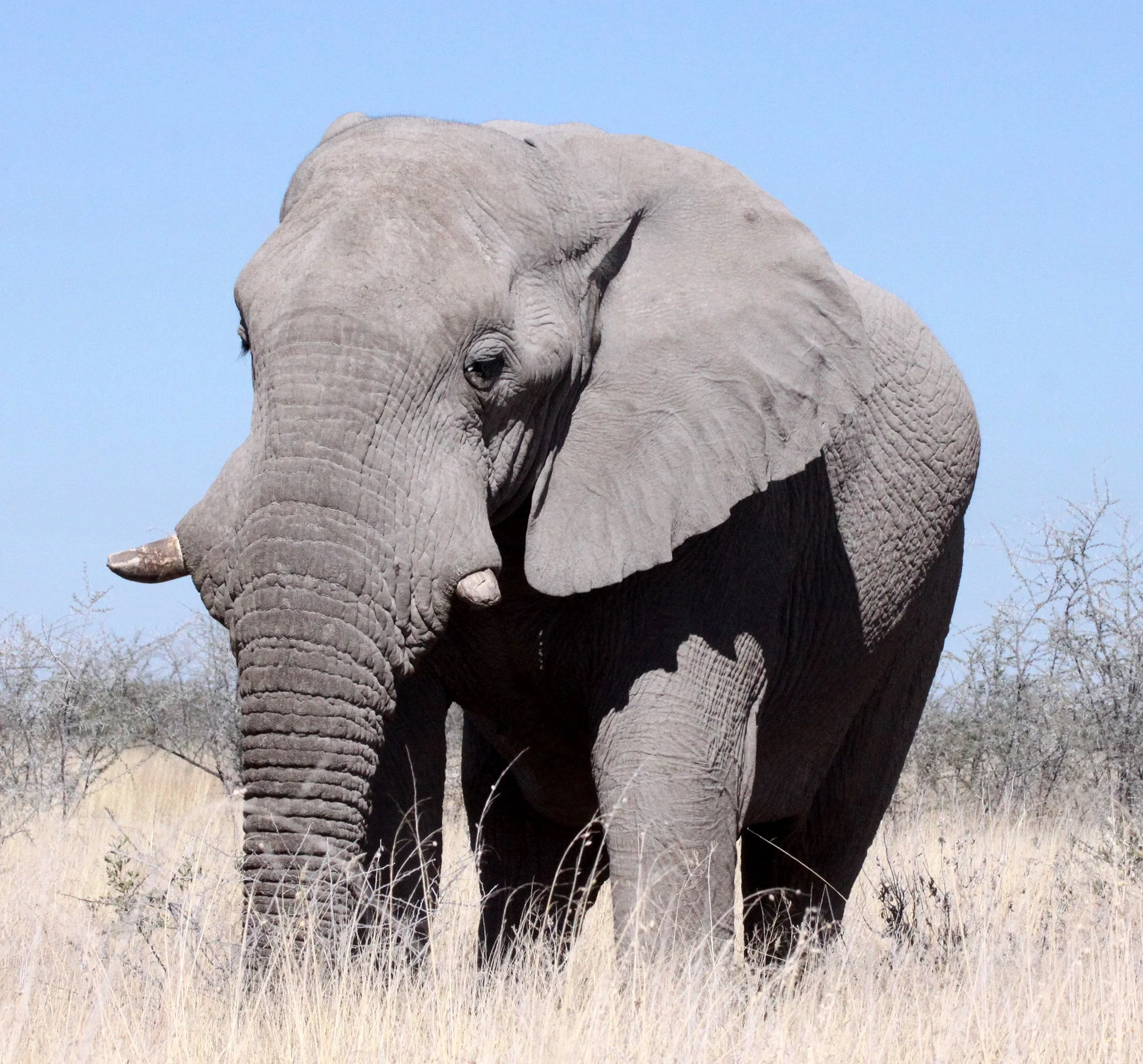

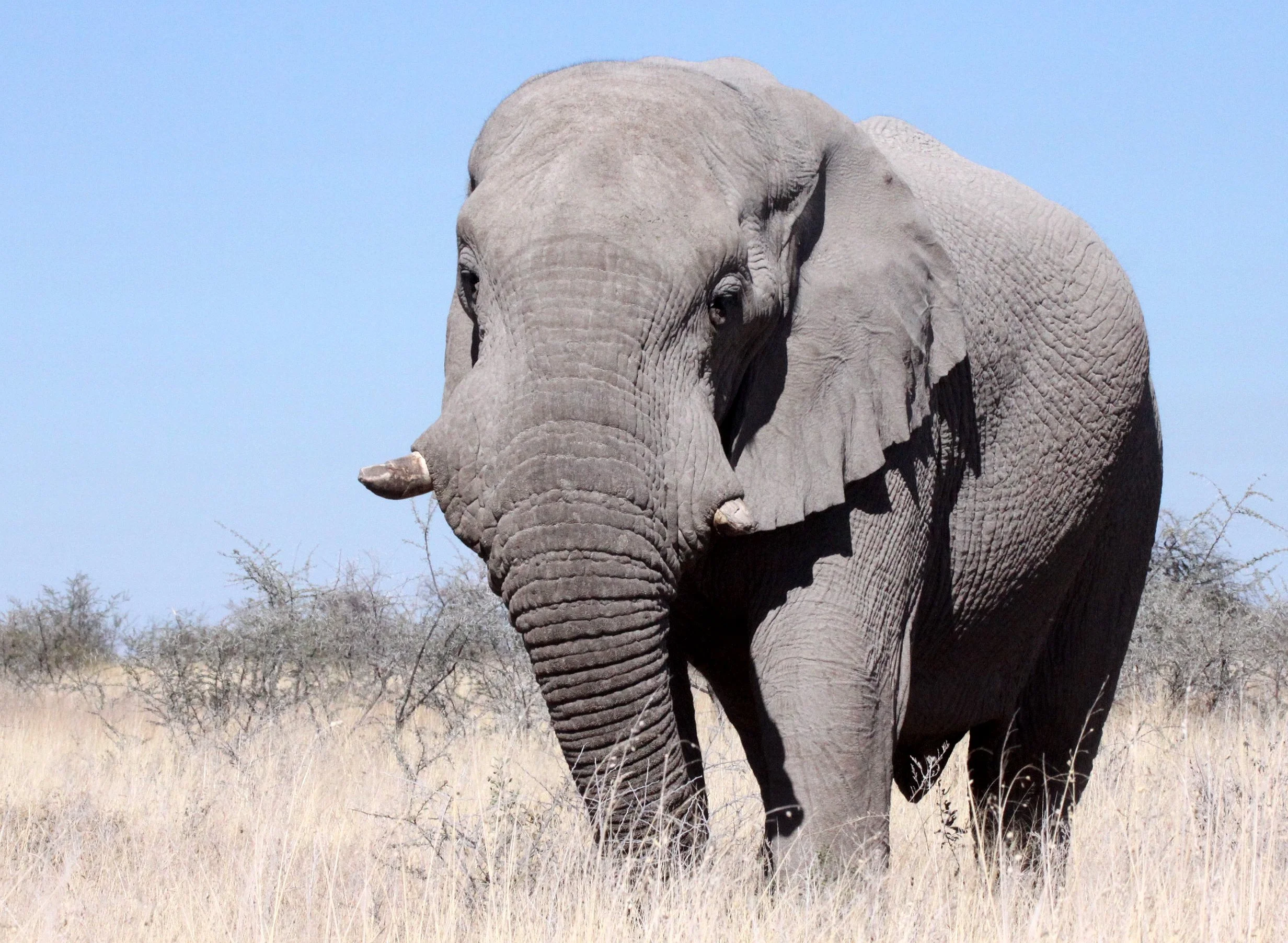



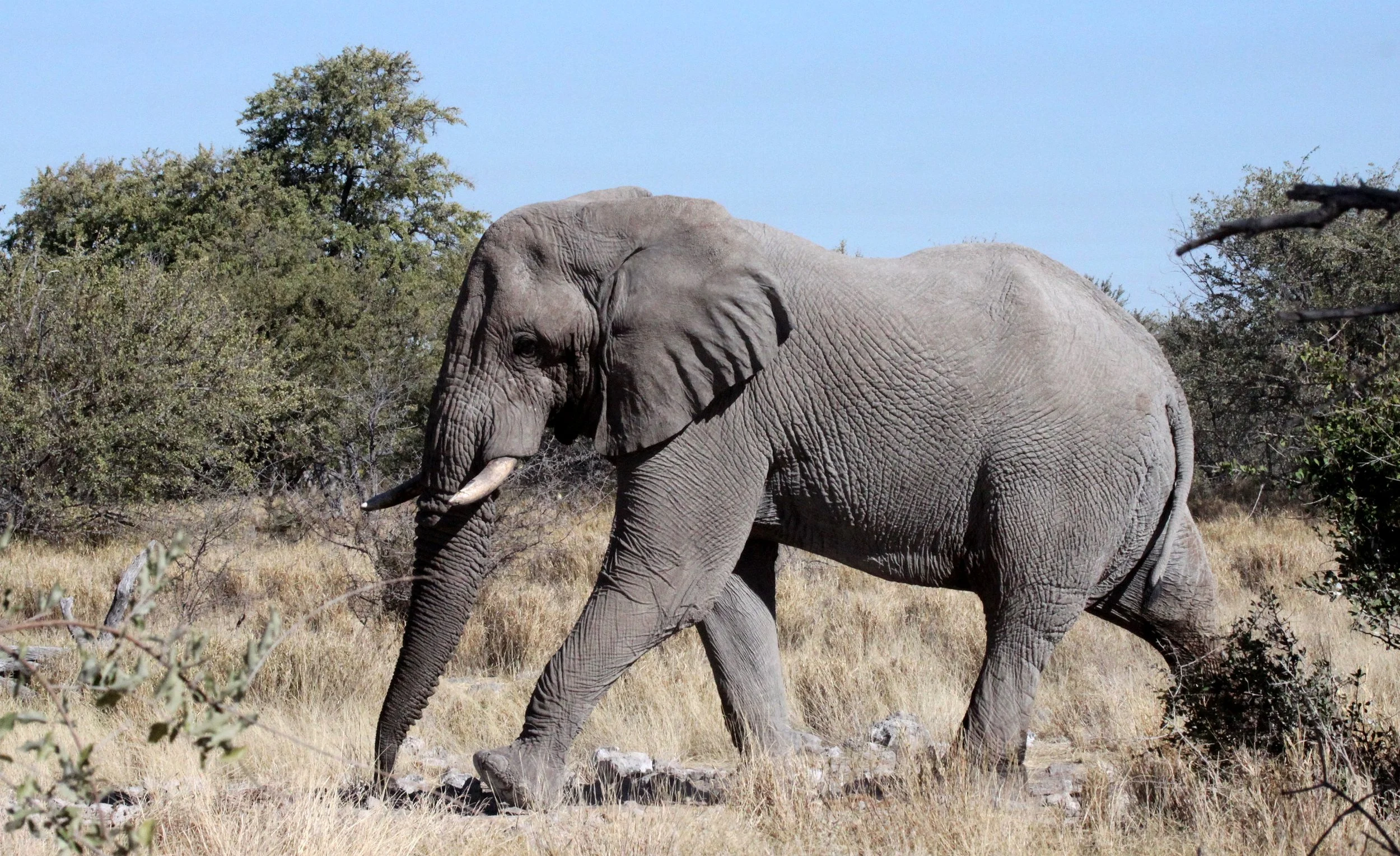













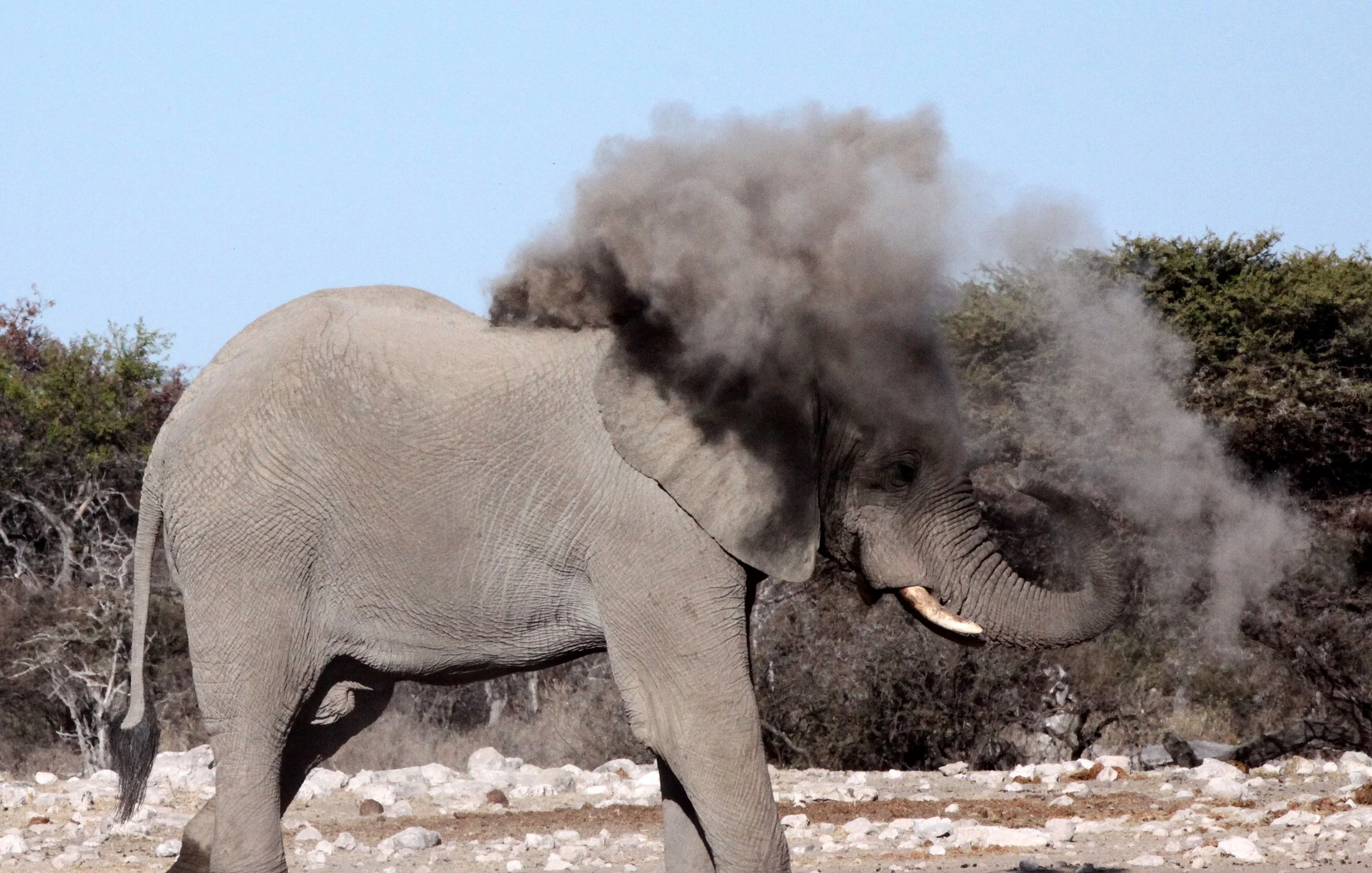








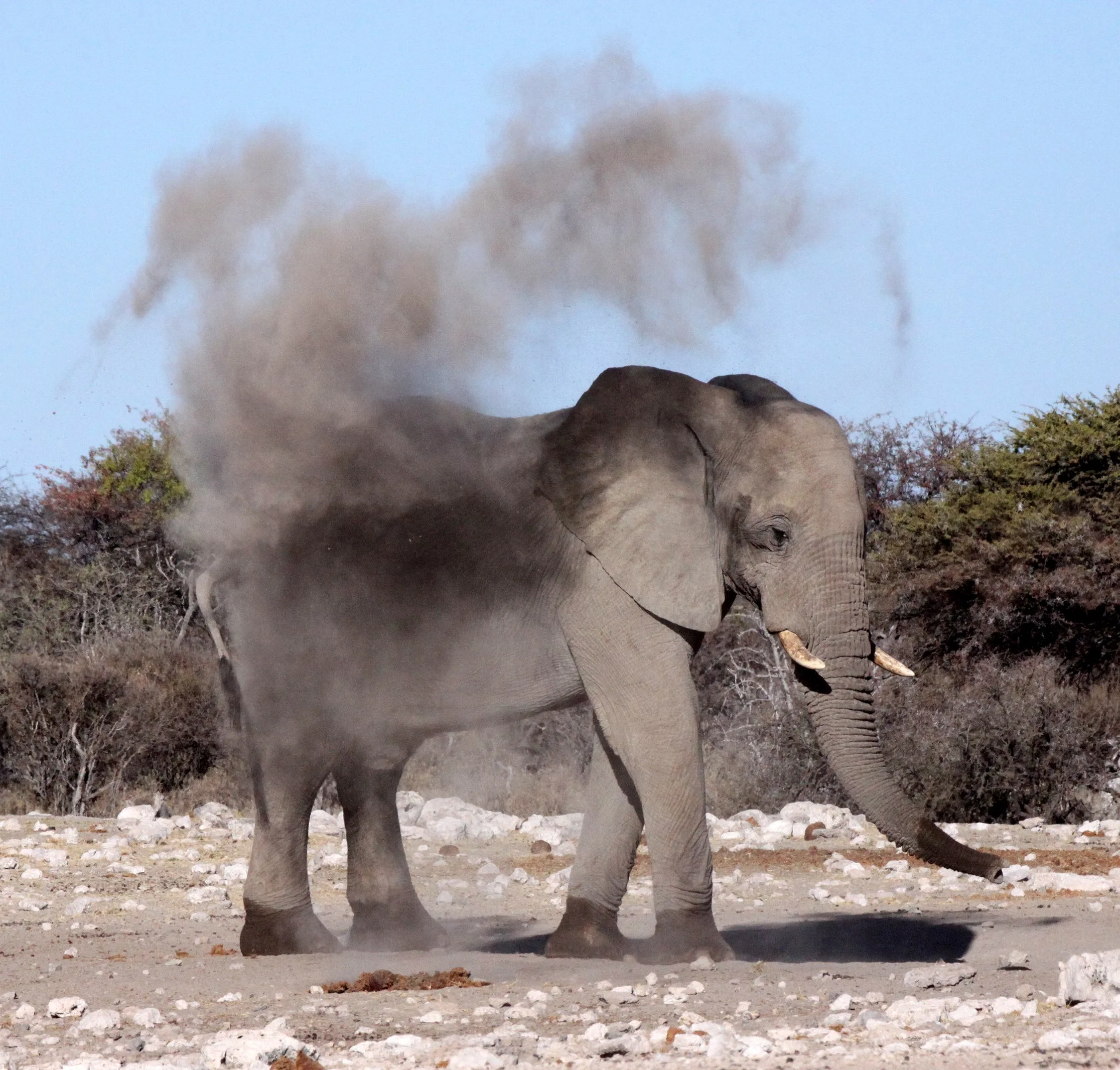








































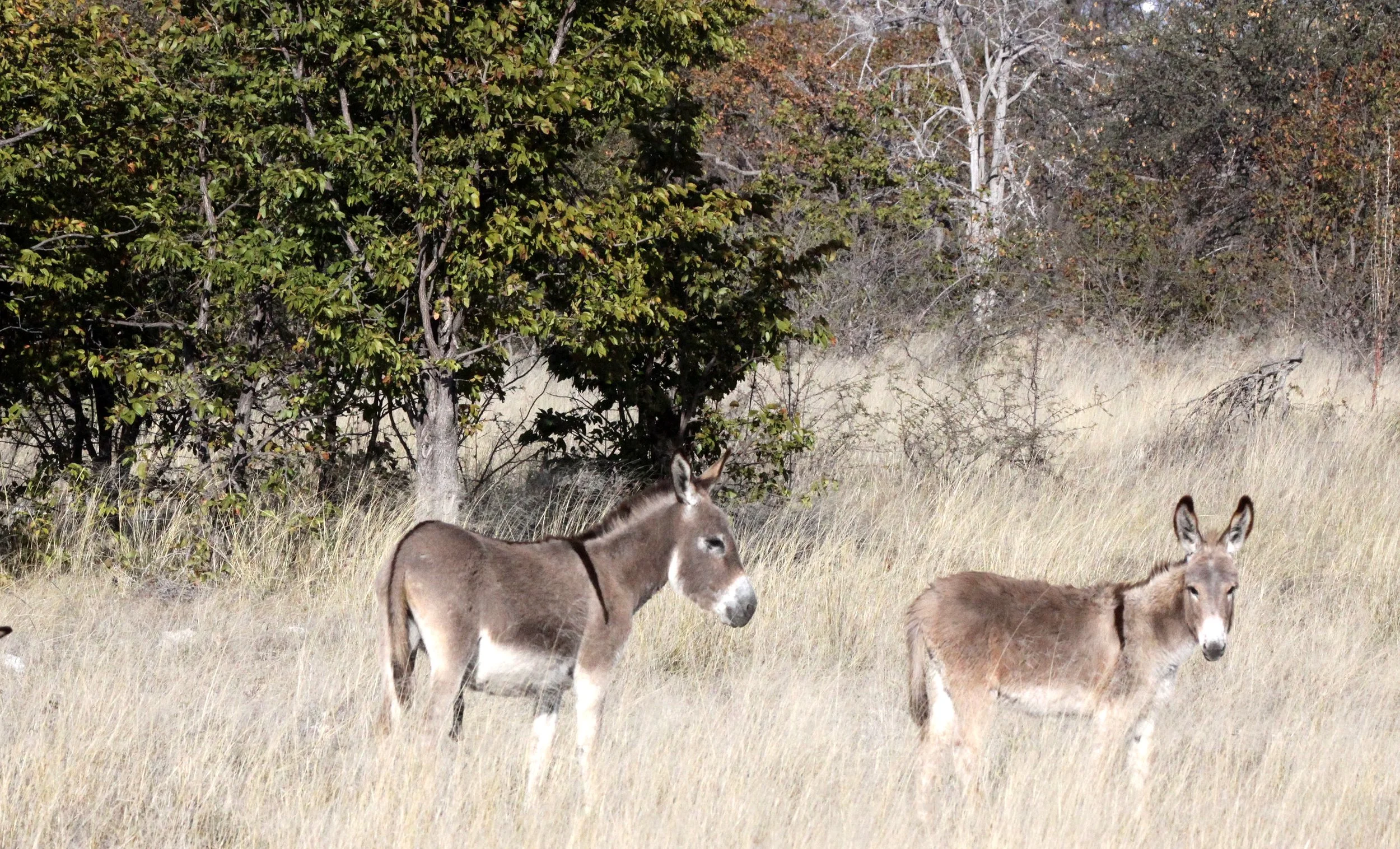
Chobe National Park, Botswana













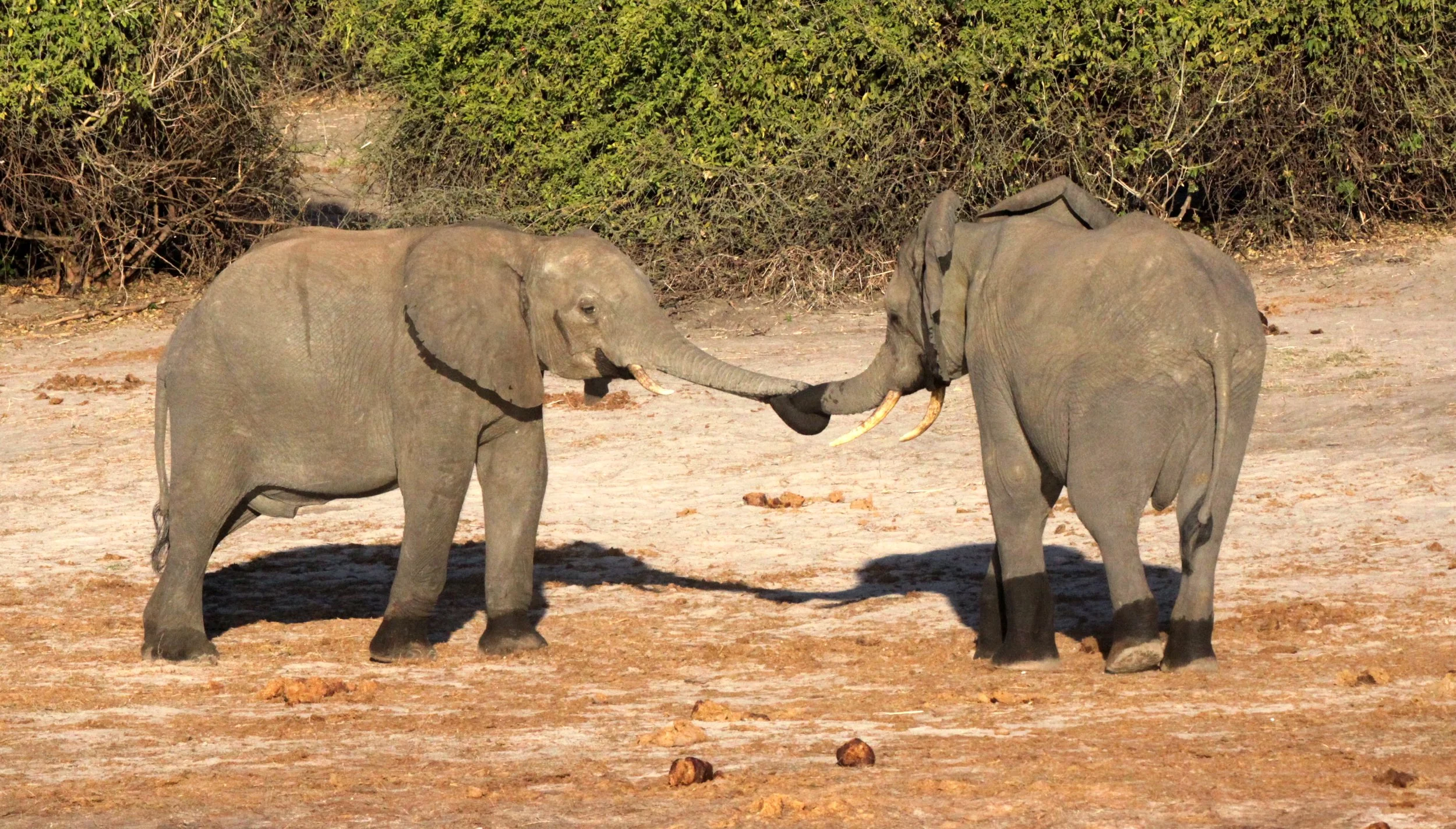






































































































































Kruger National Park South Africa







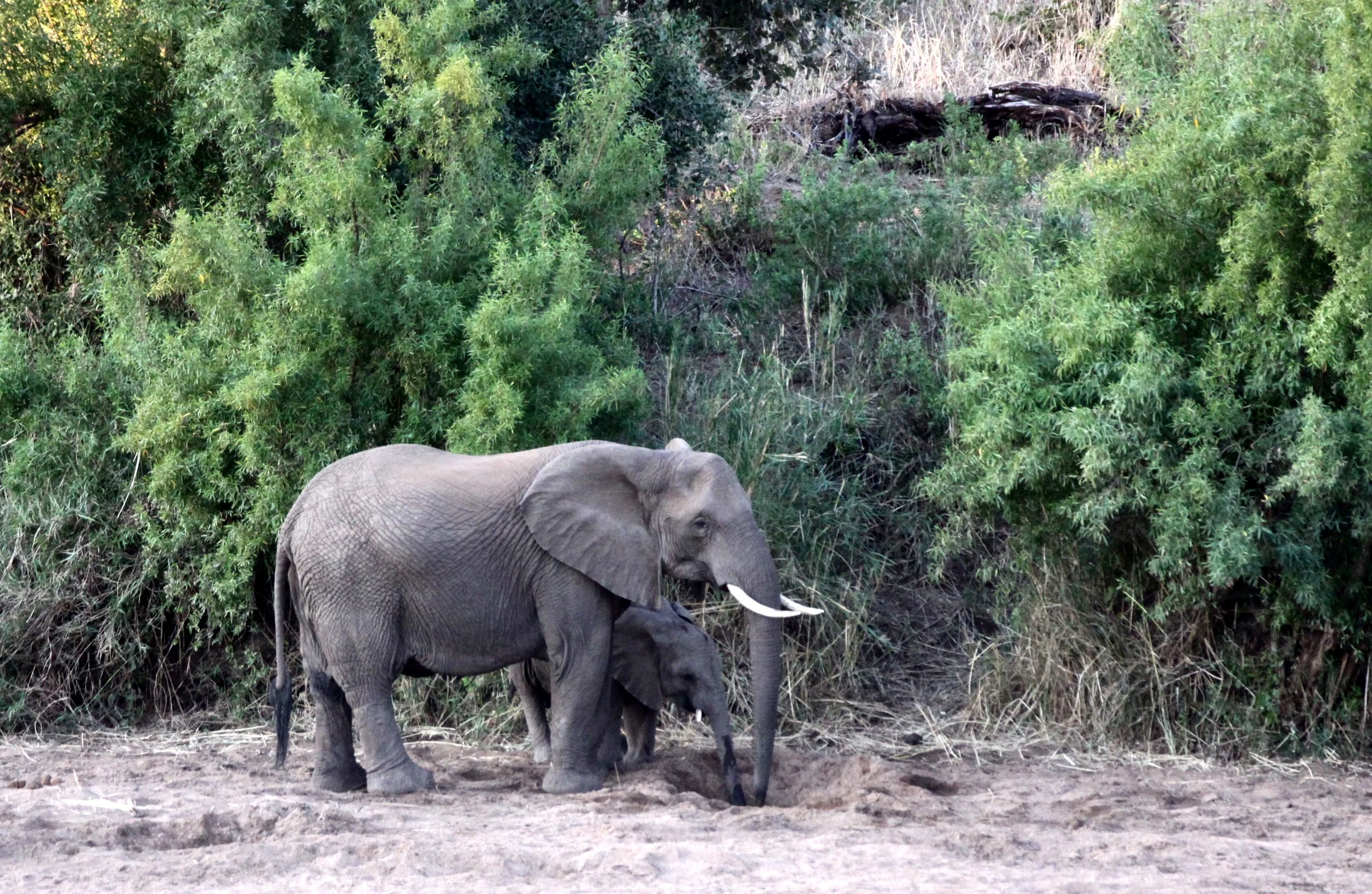






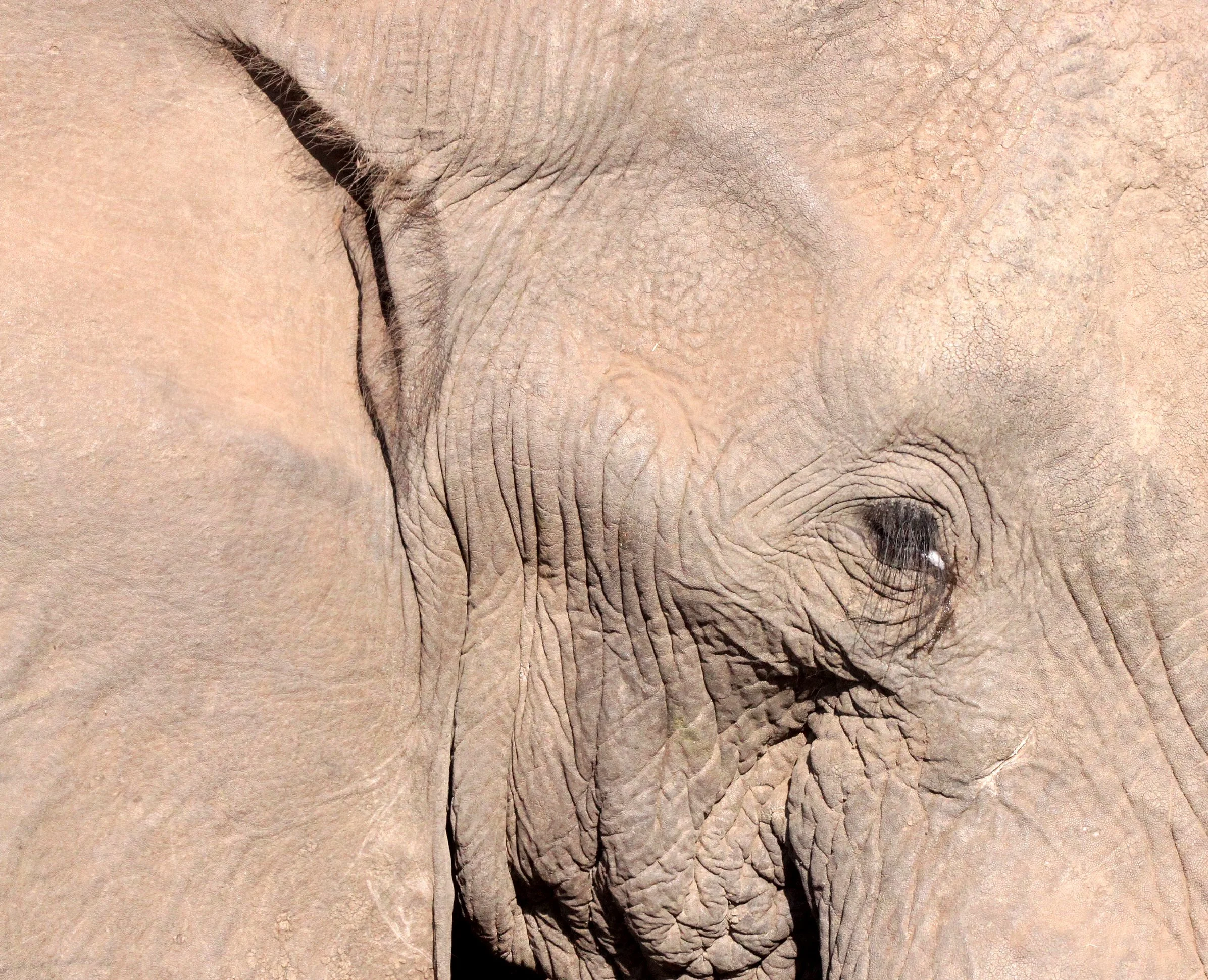


















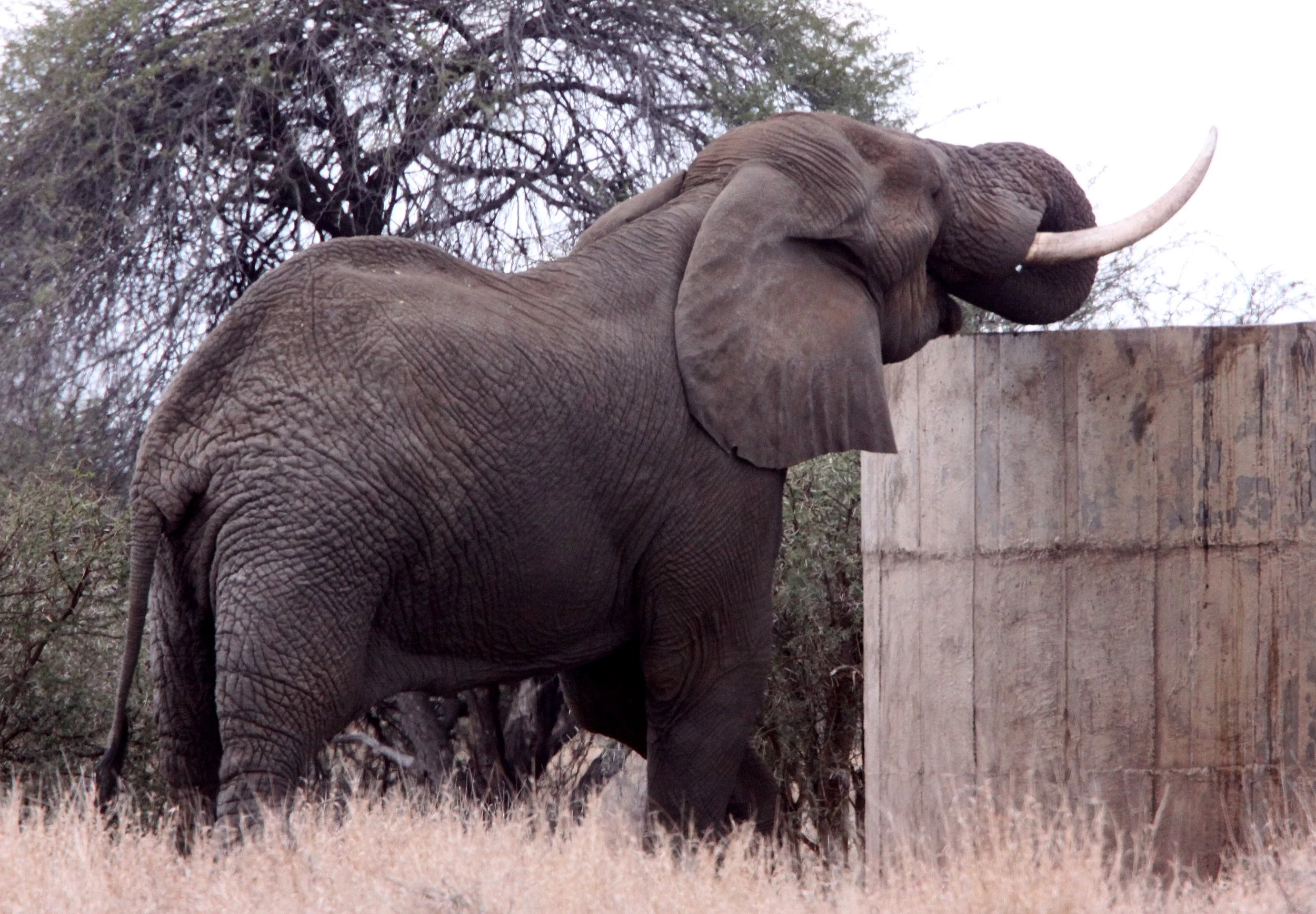

















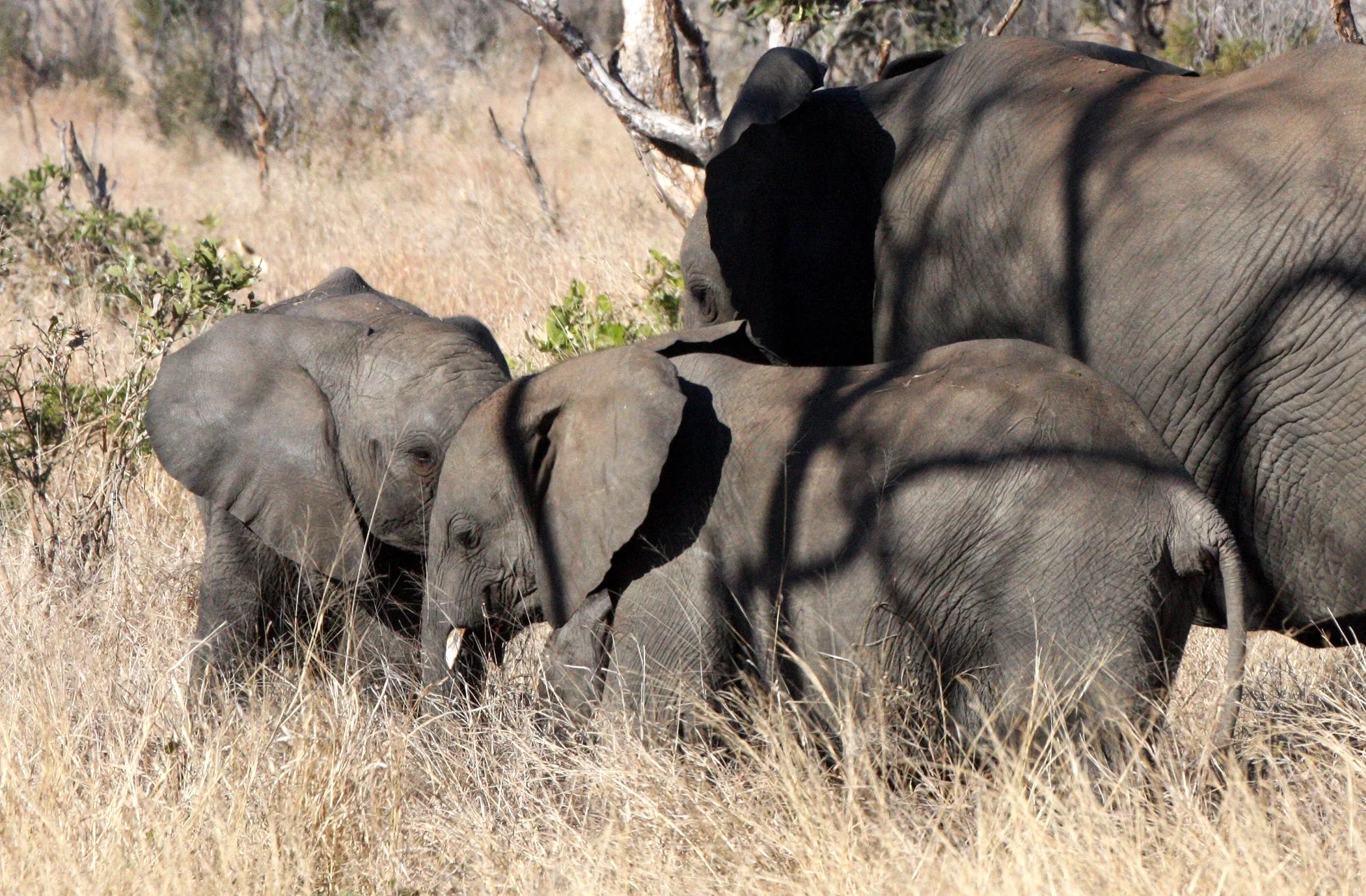












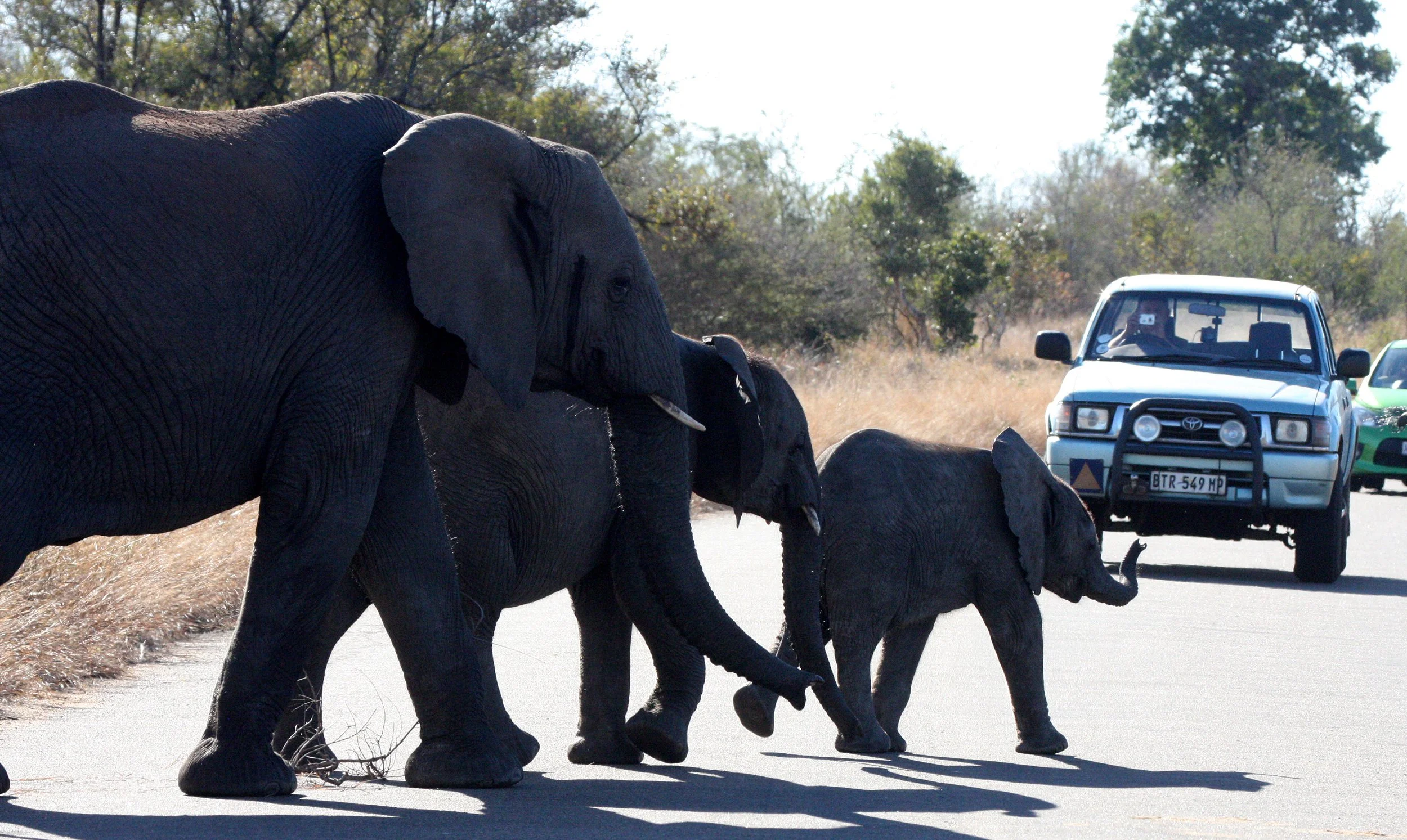

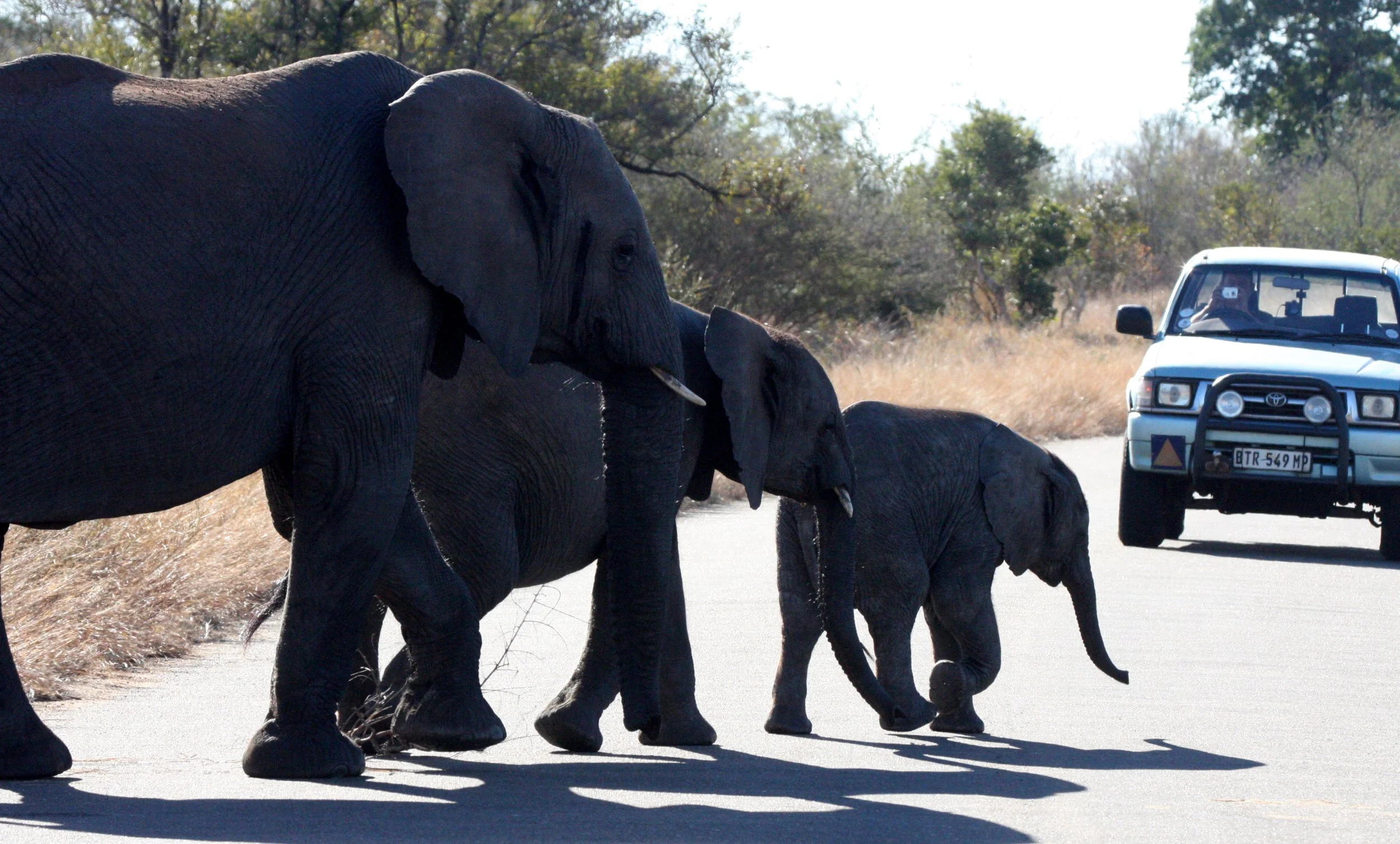















Masai Mara National Park, Kenya



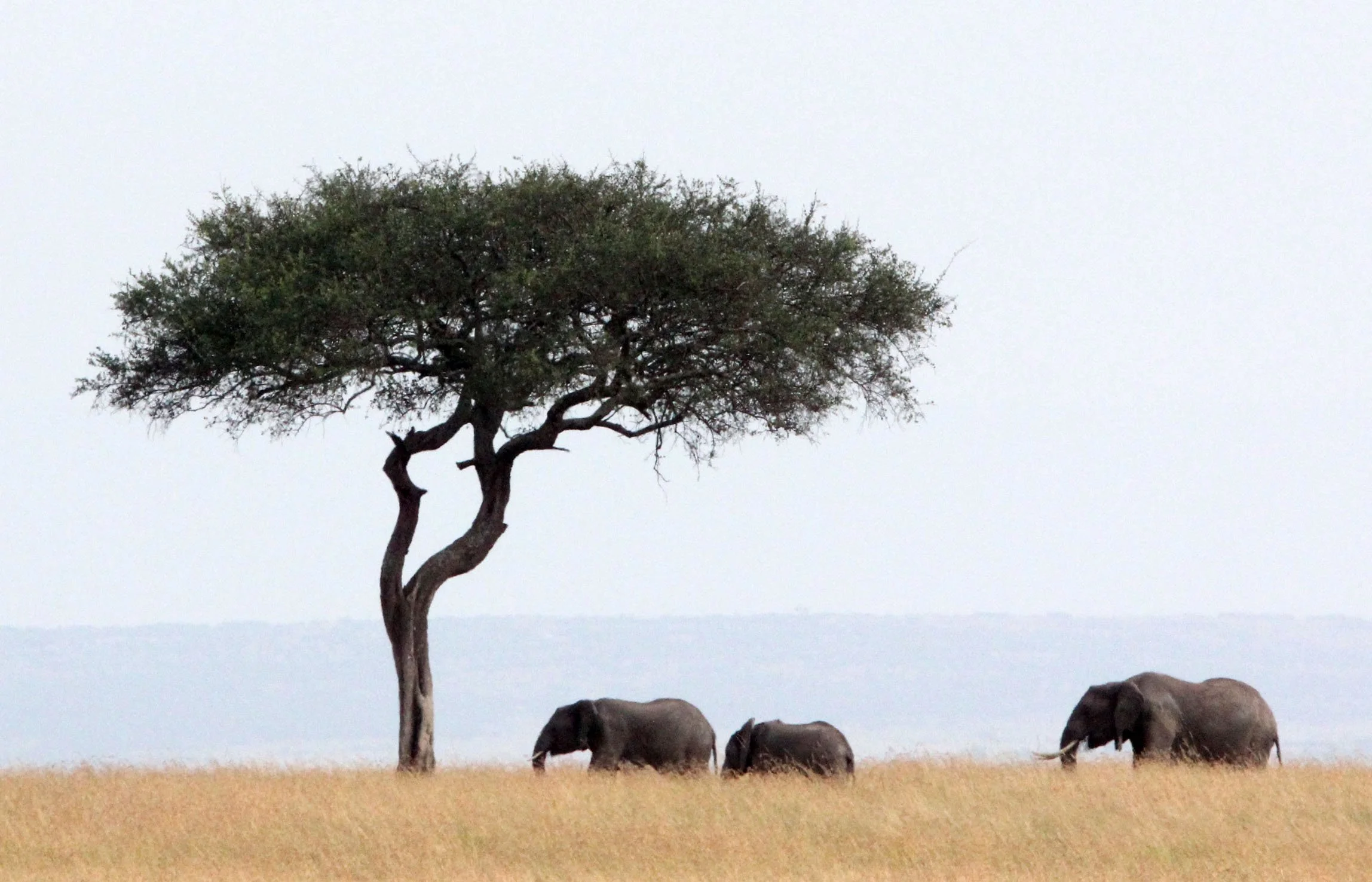





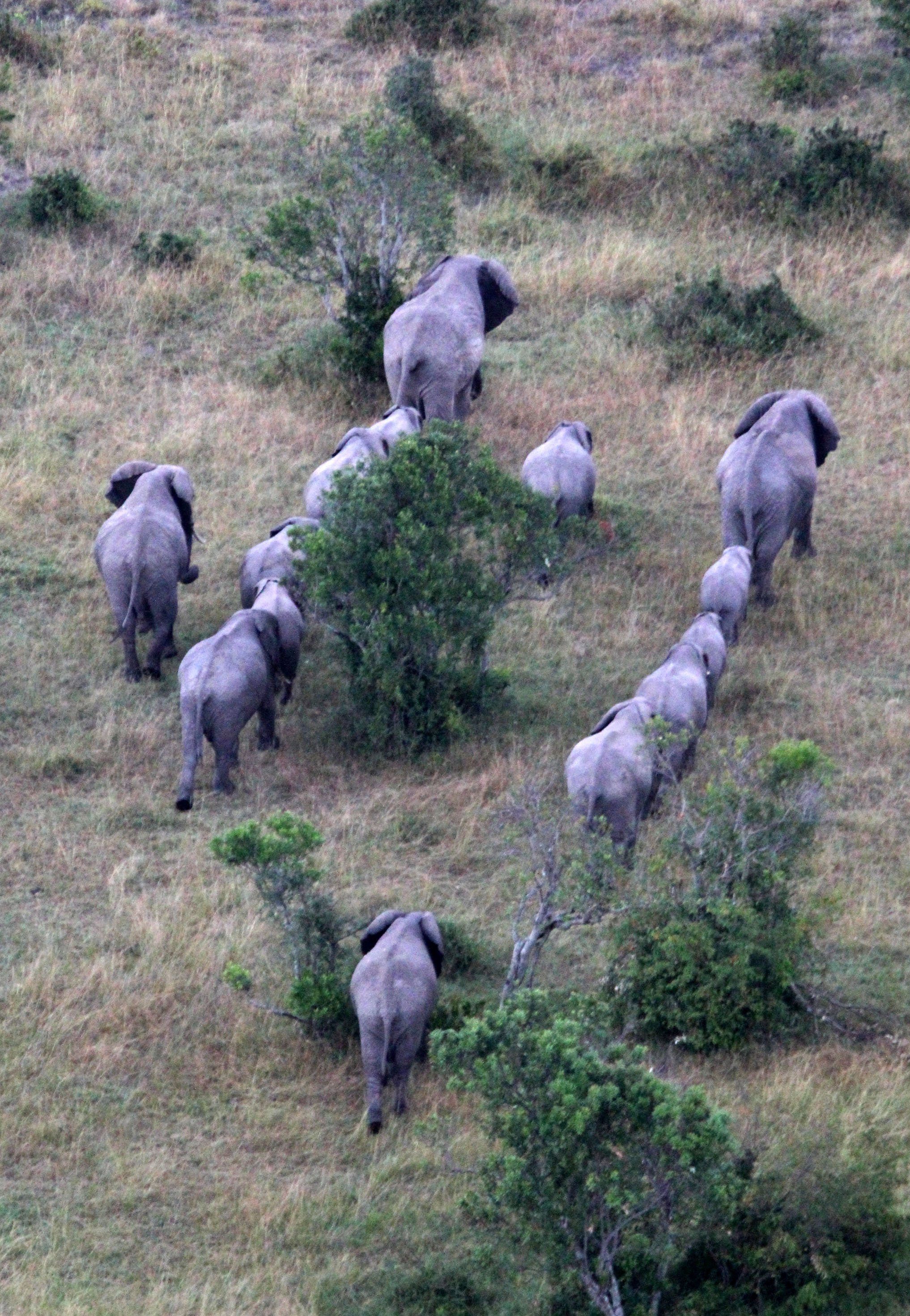






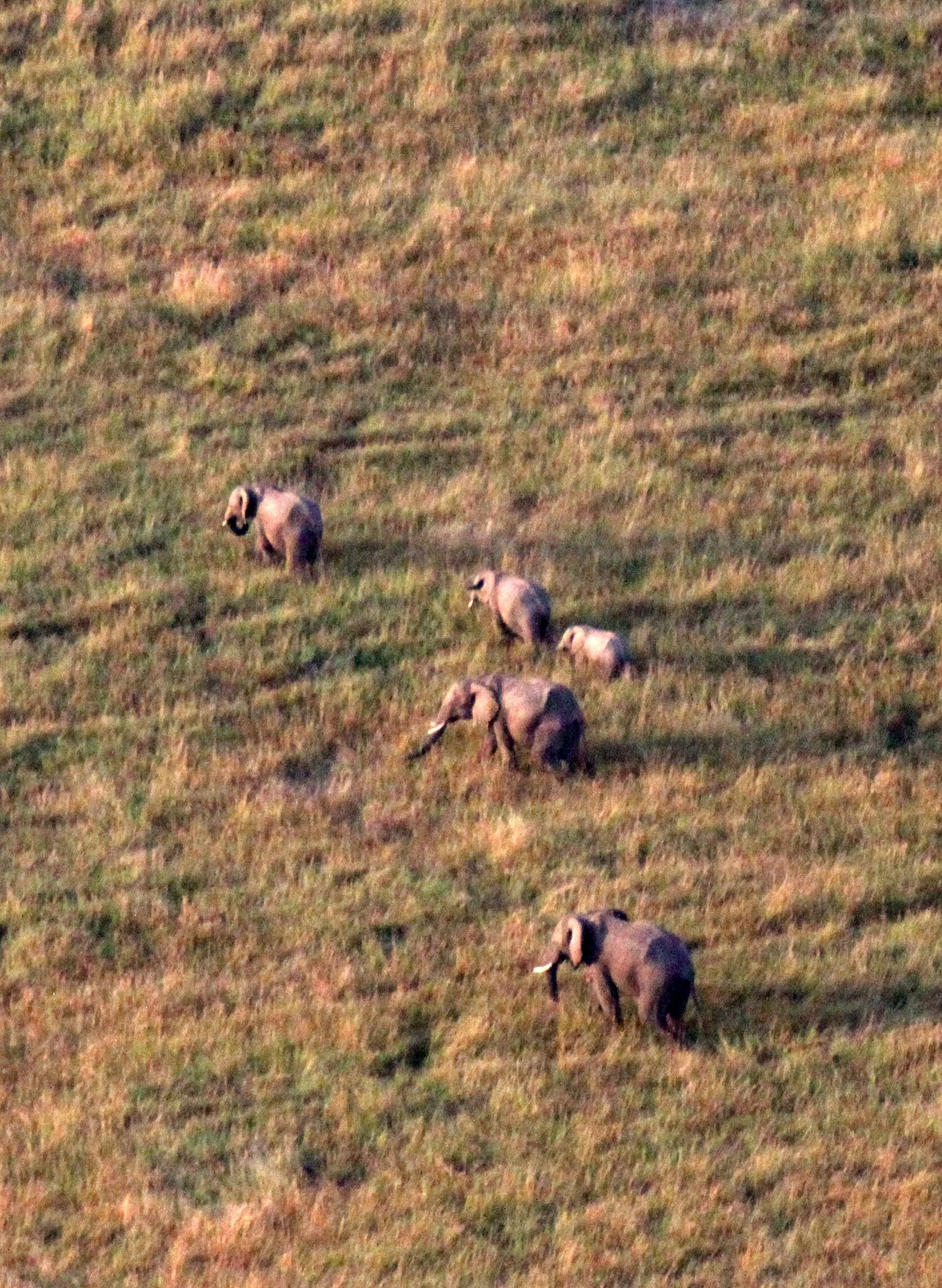















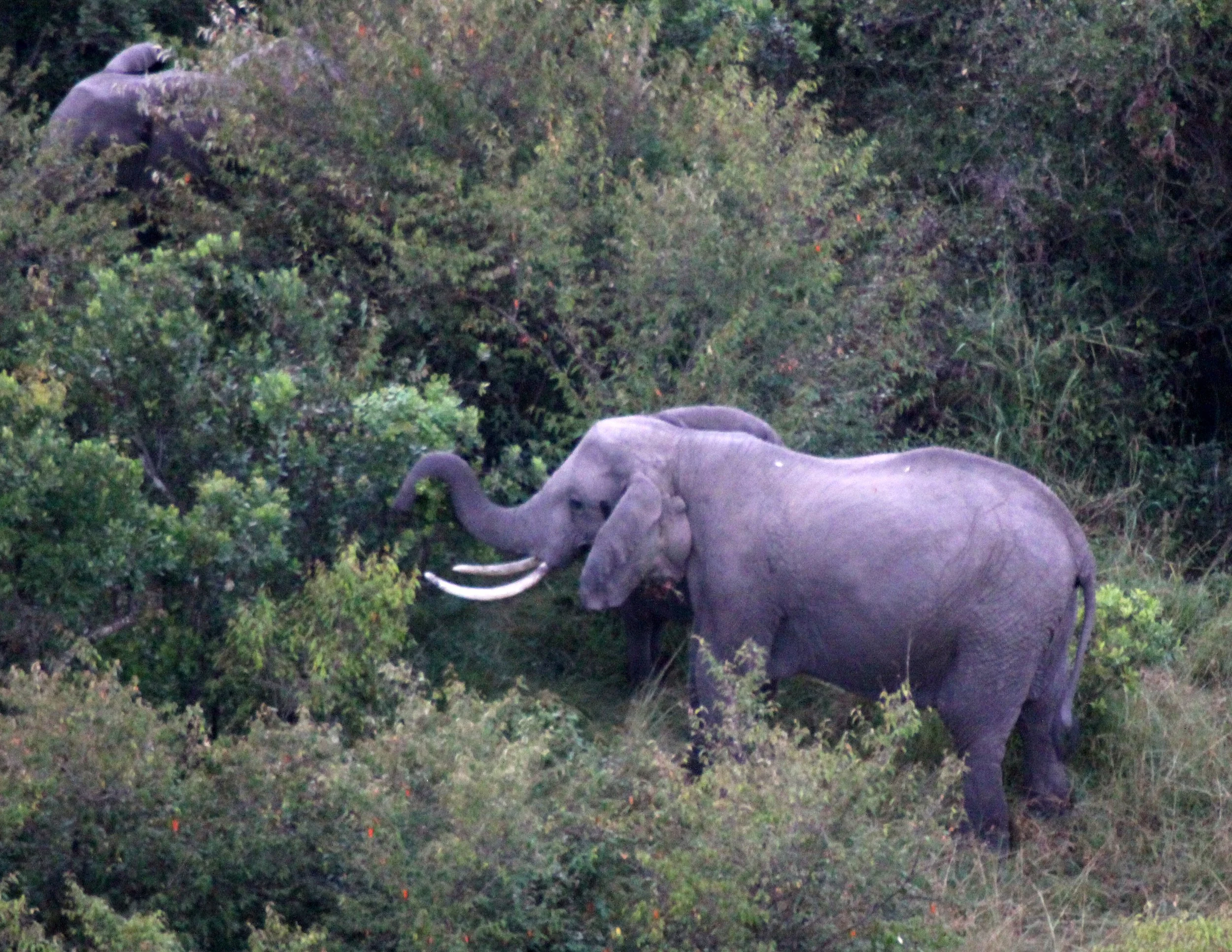




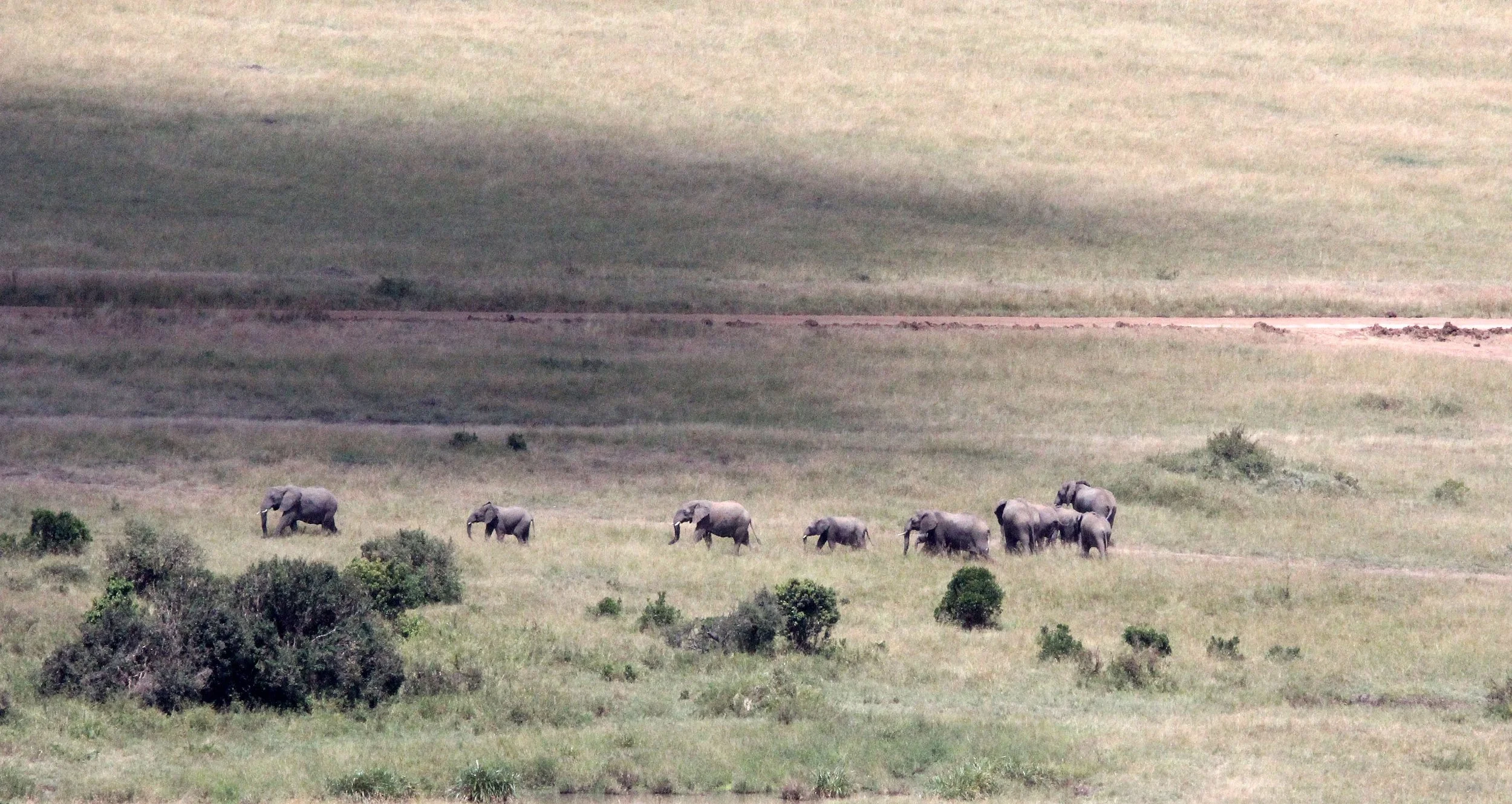












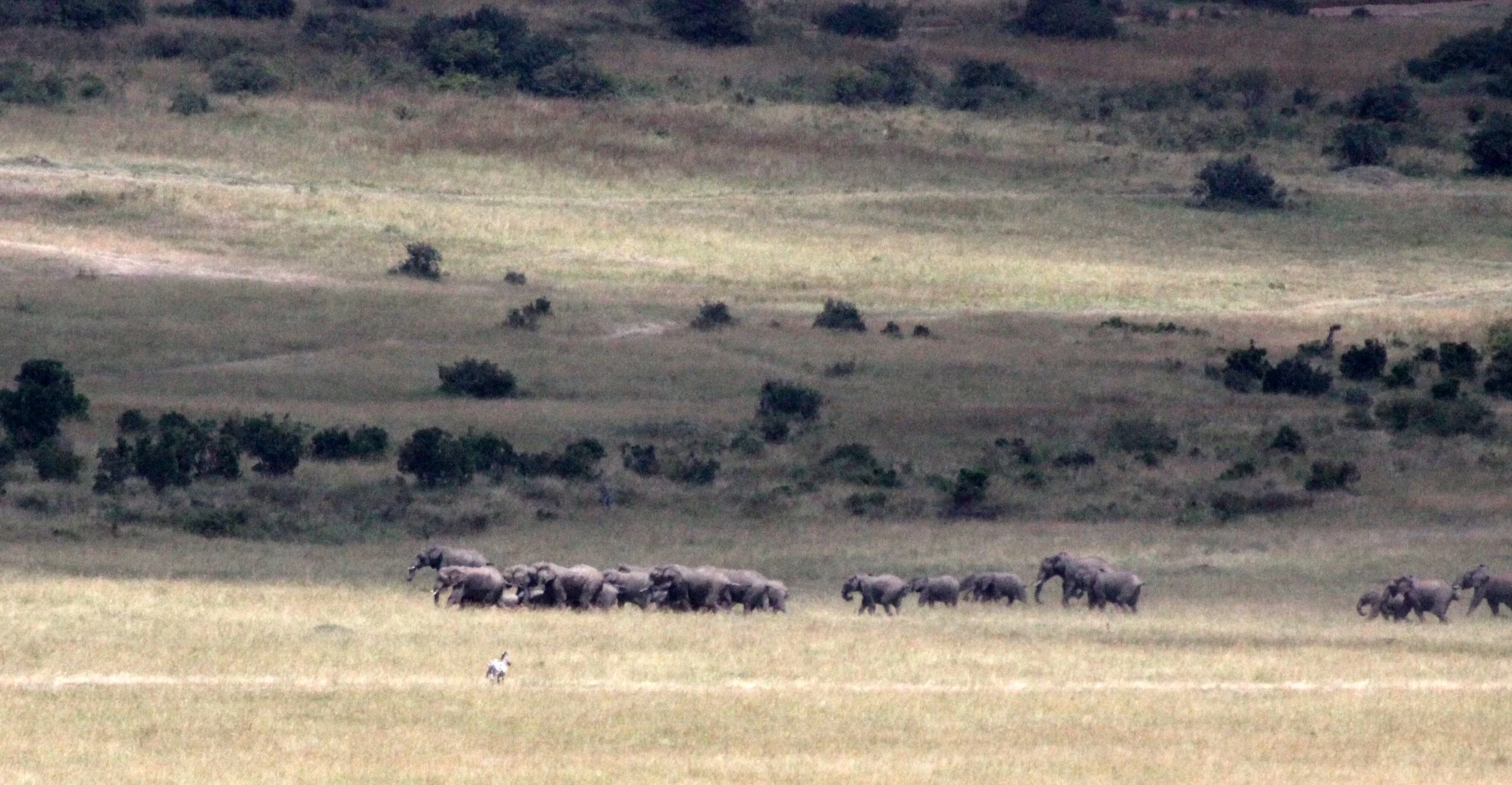
Aberderes, Kenya & Shaba Reserve, Buffalo Springs











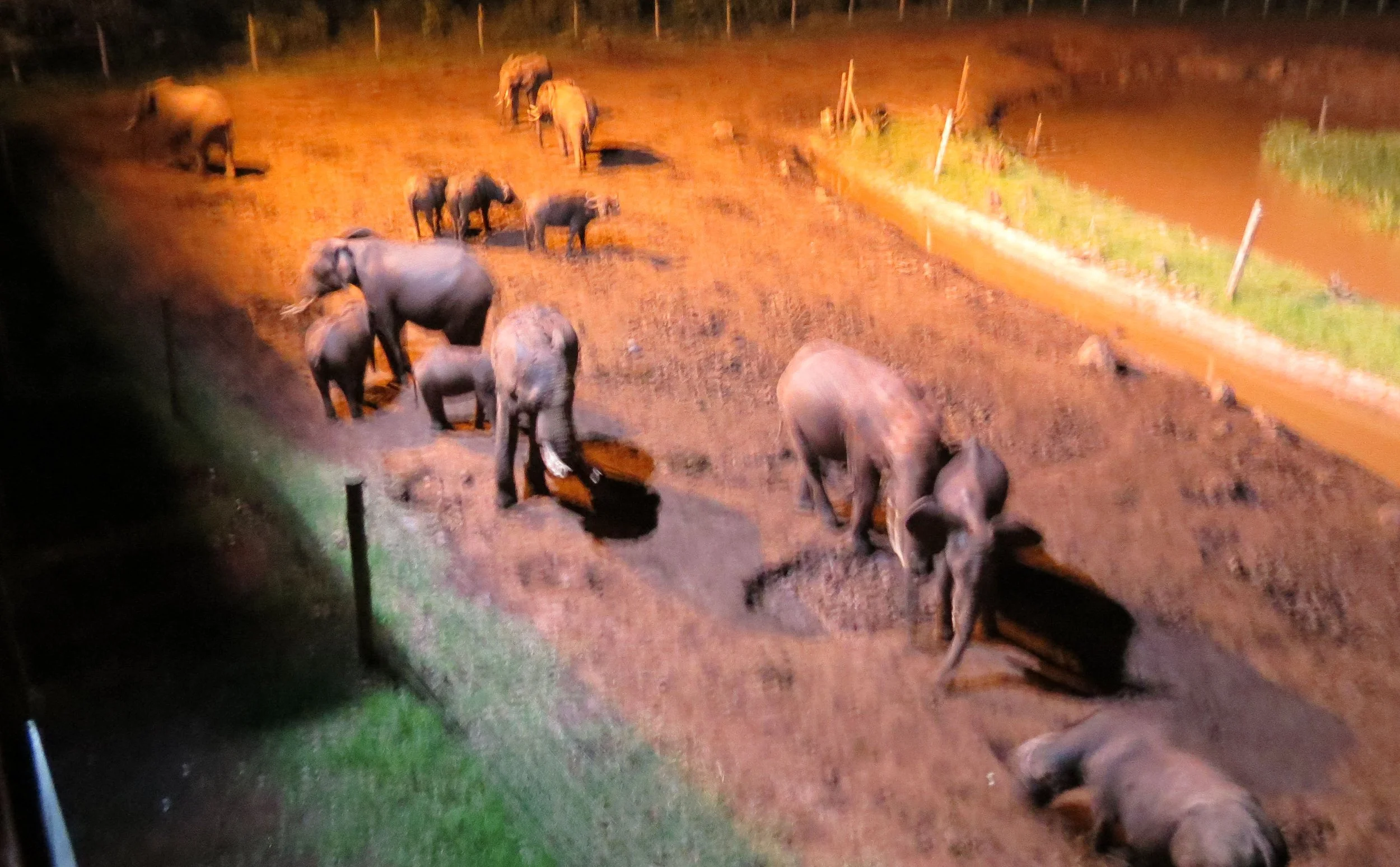










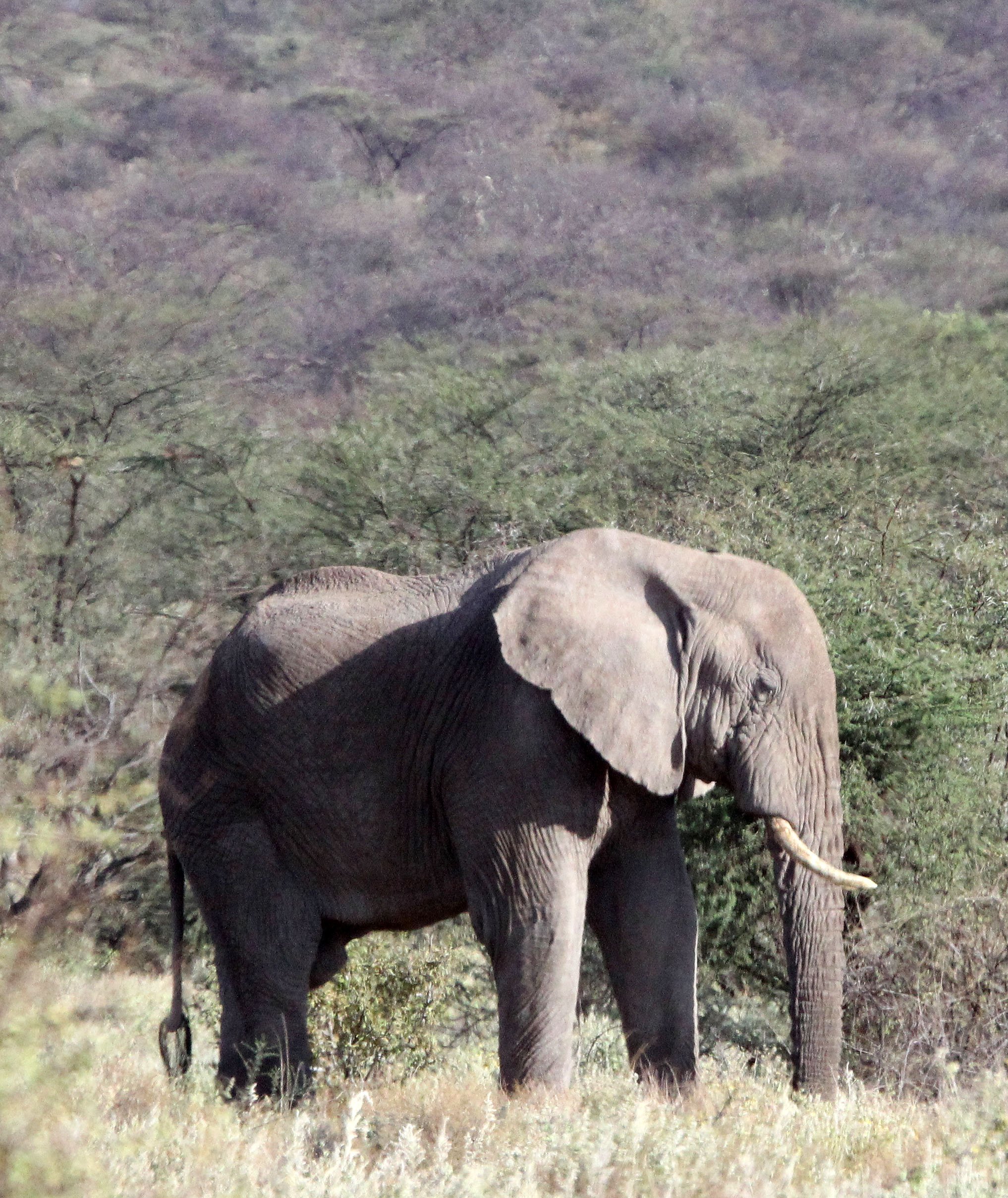


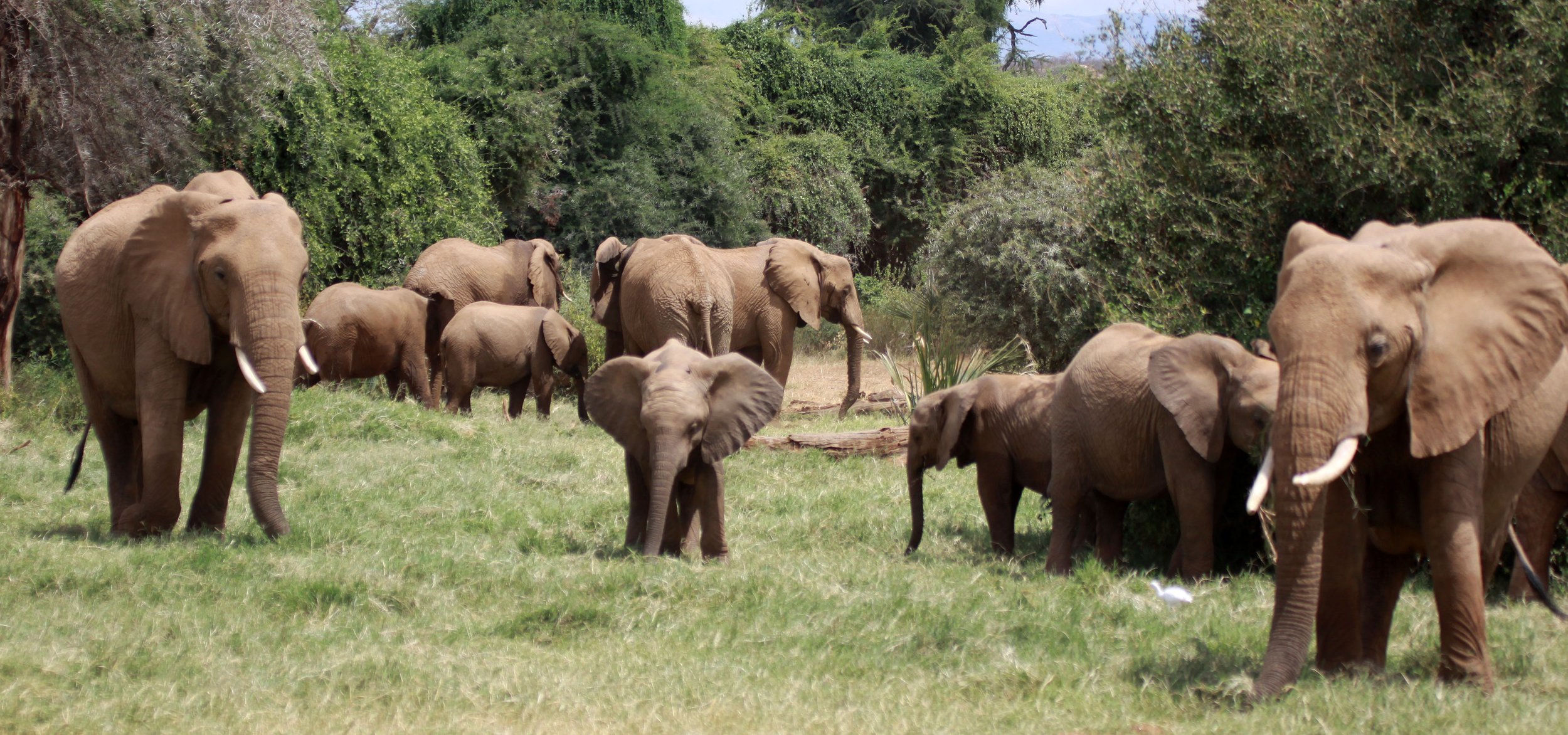
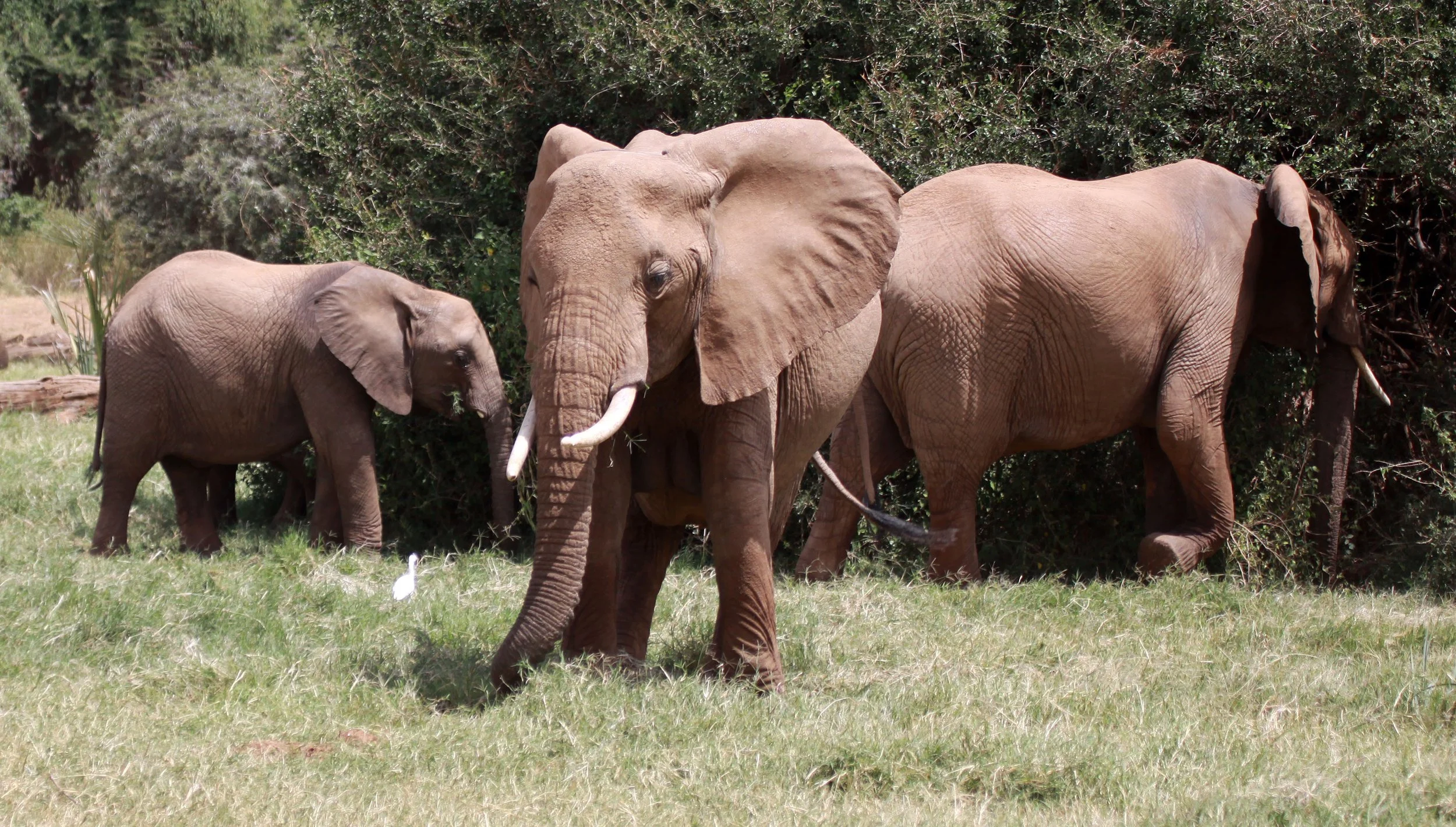

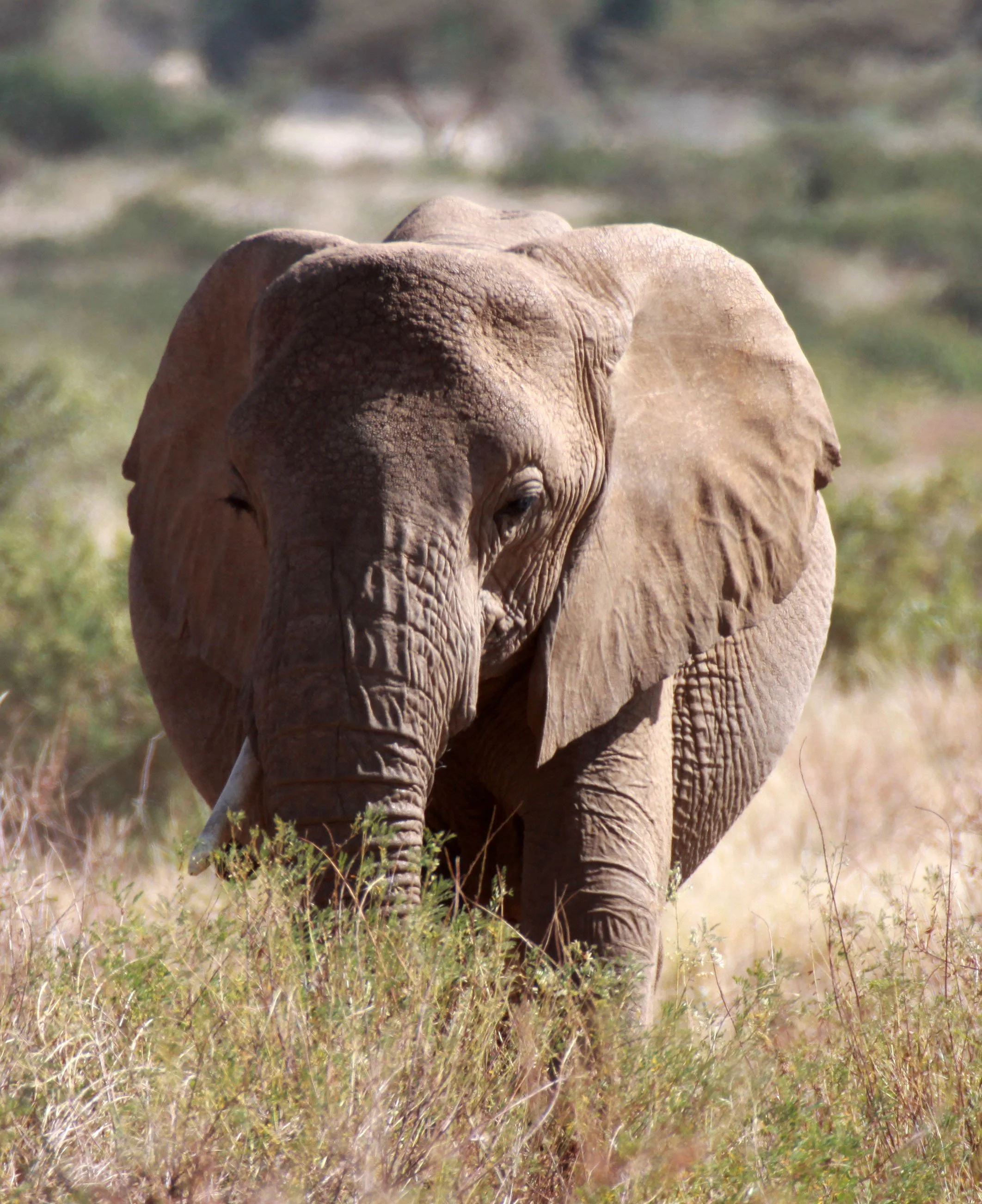



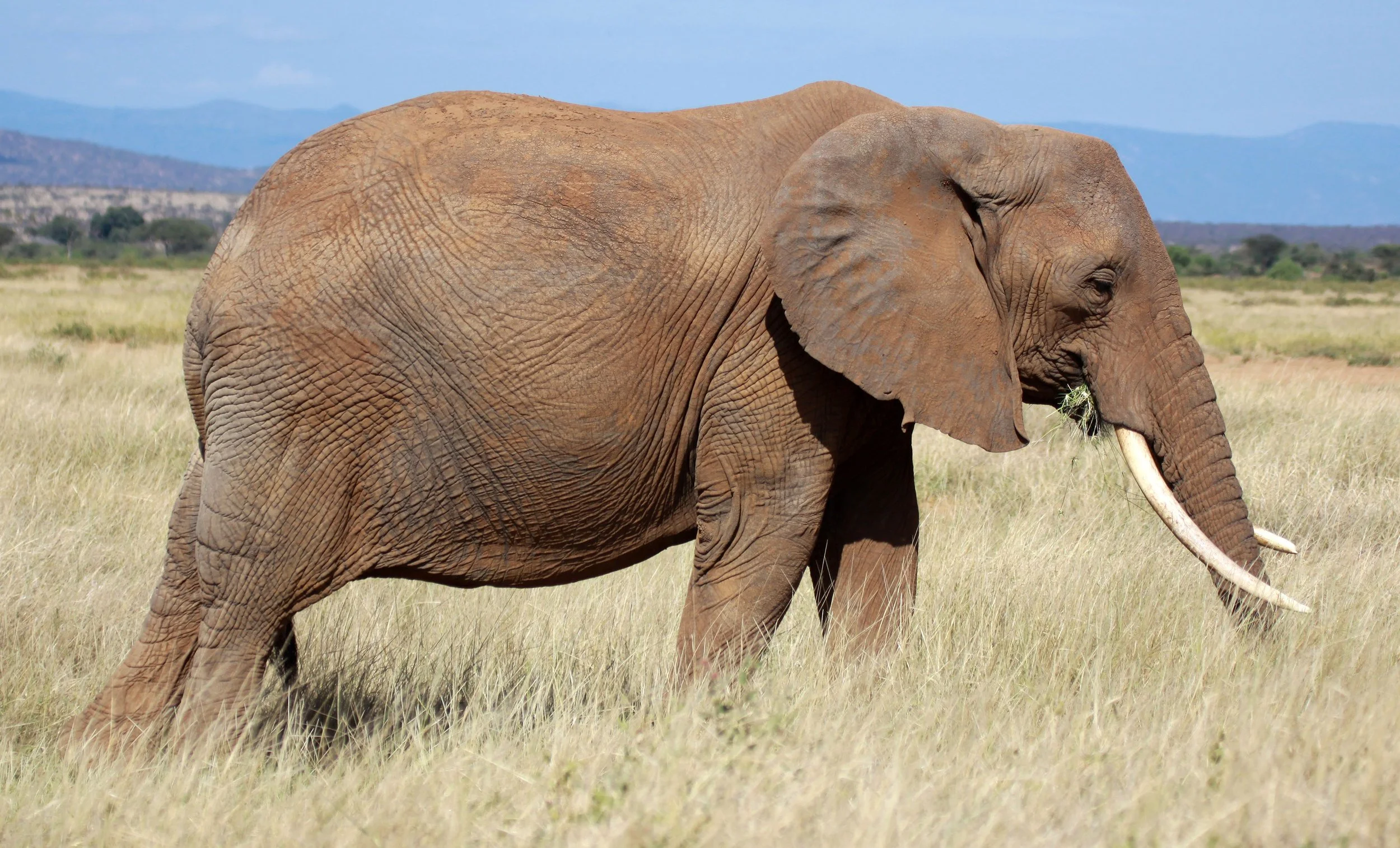

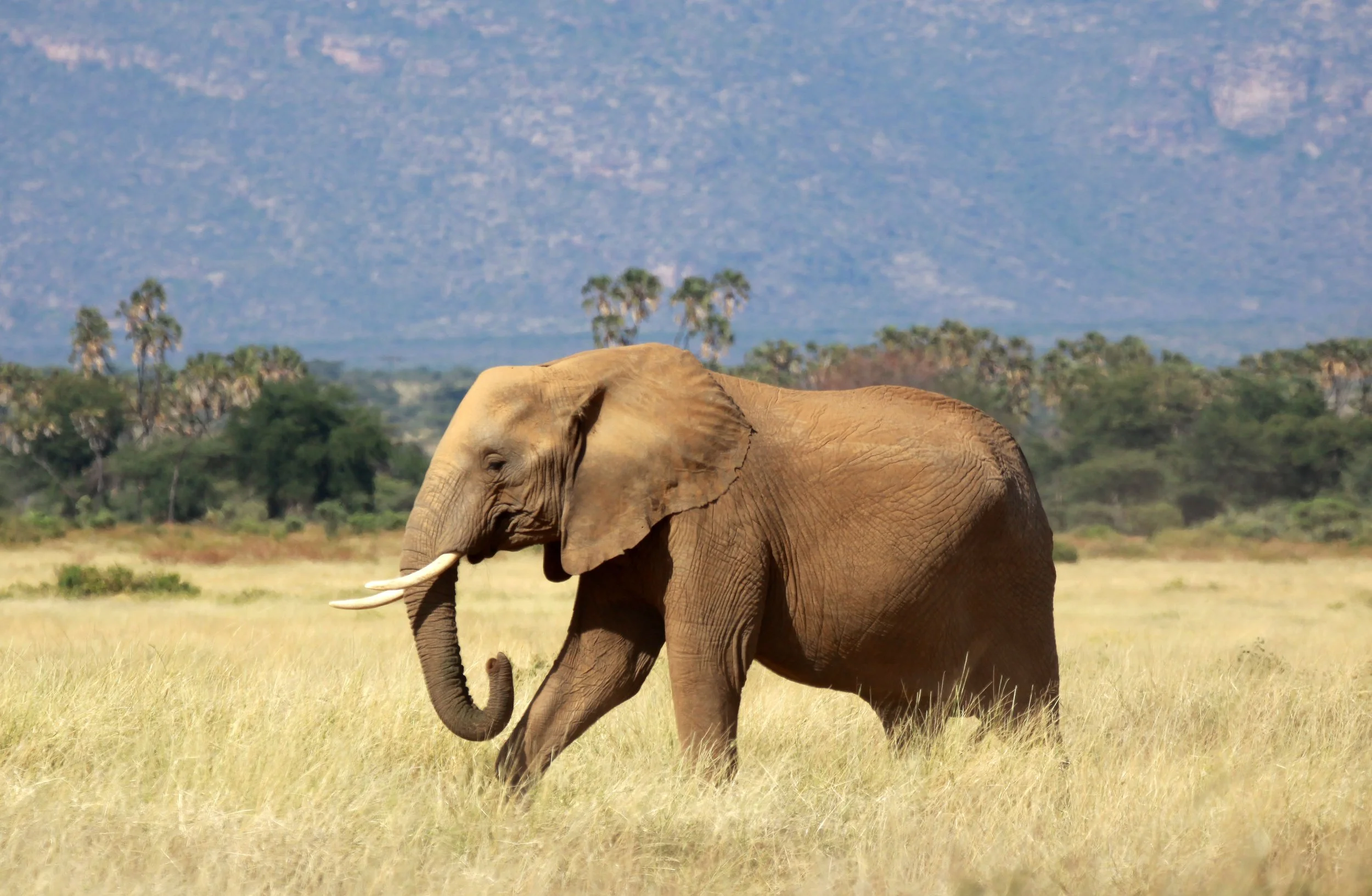








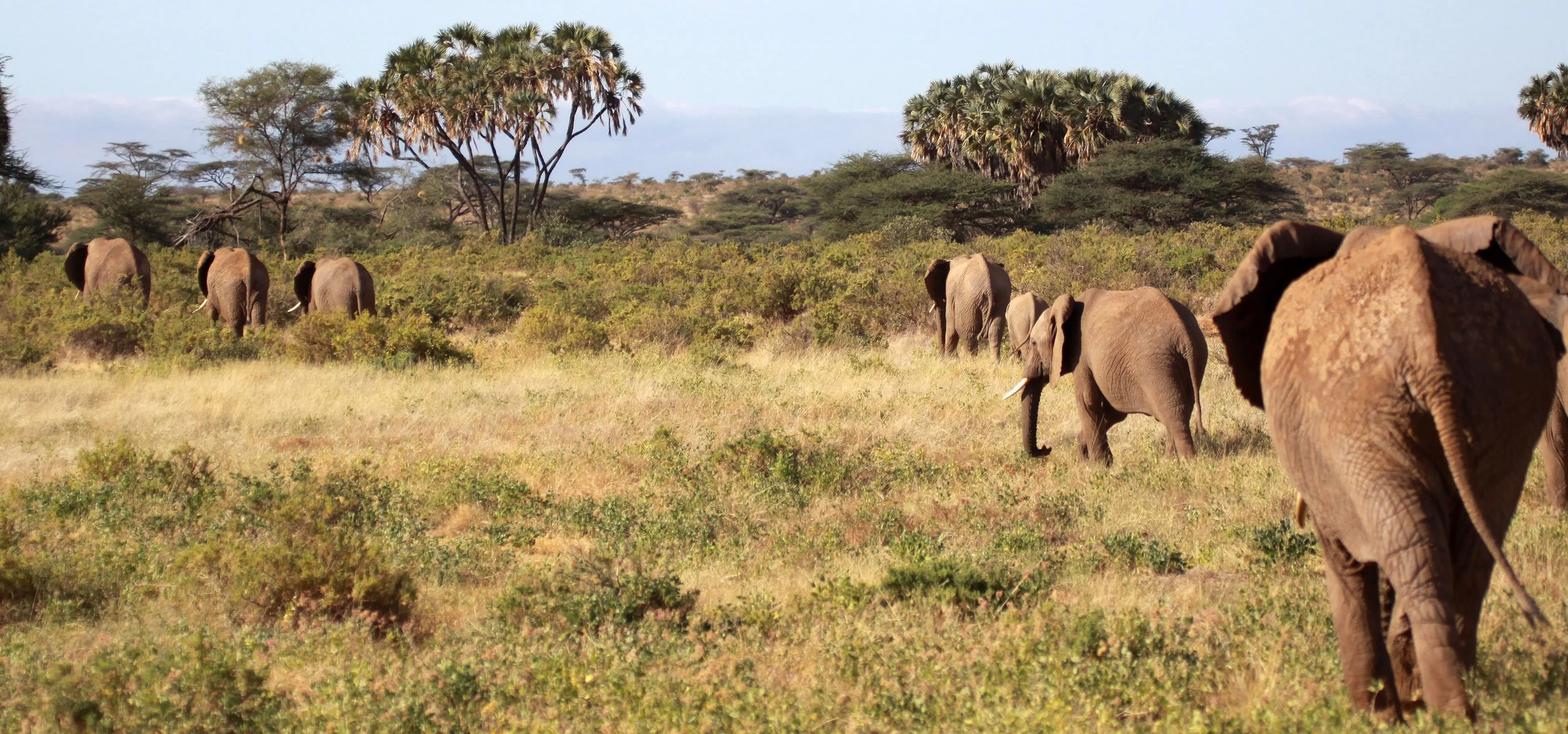





Queen Elizabeth National Park, Uganda


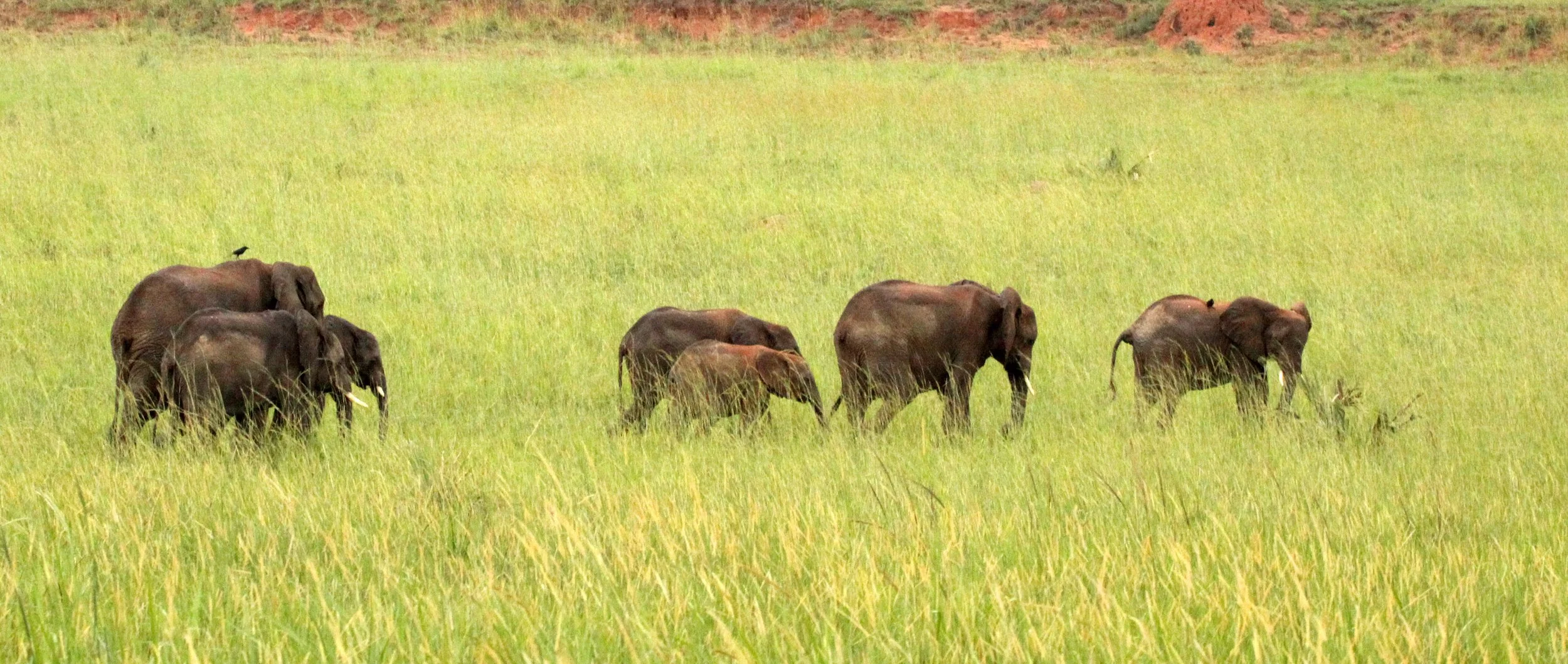




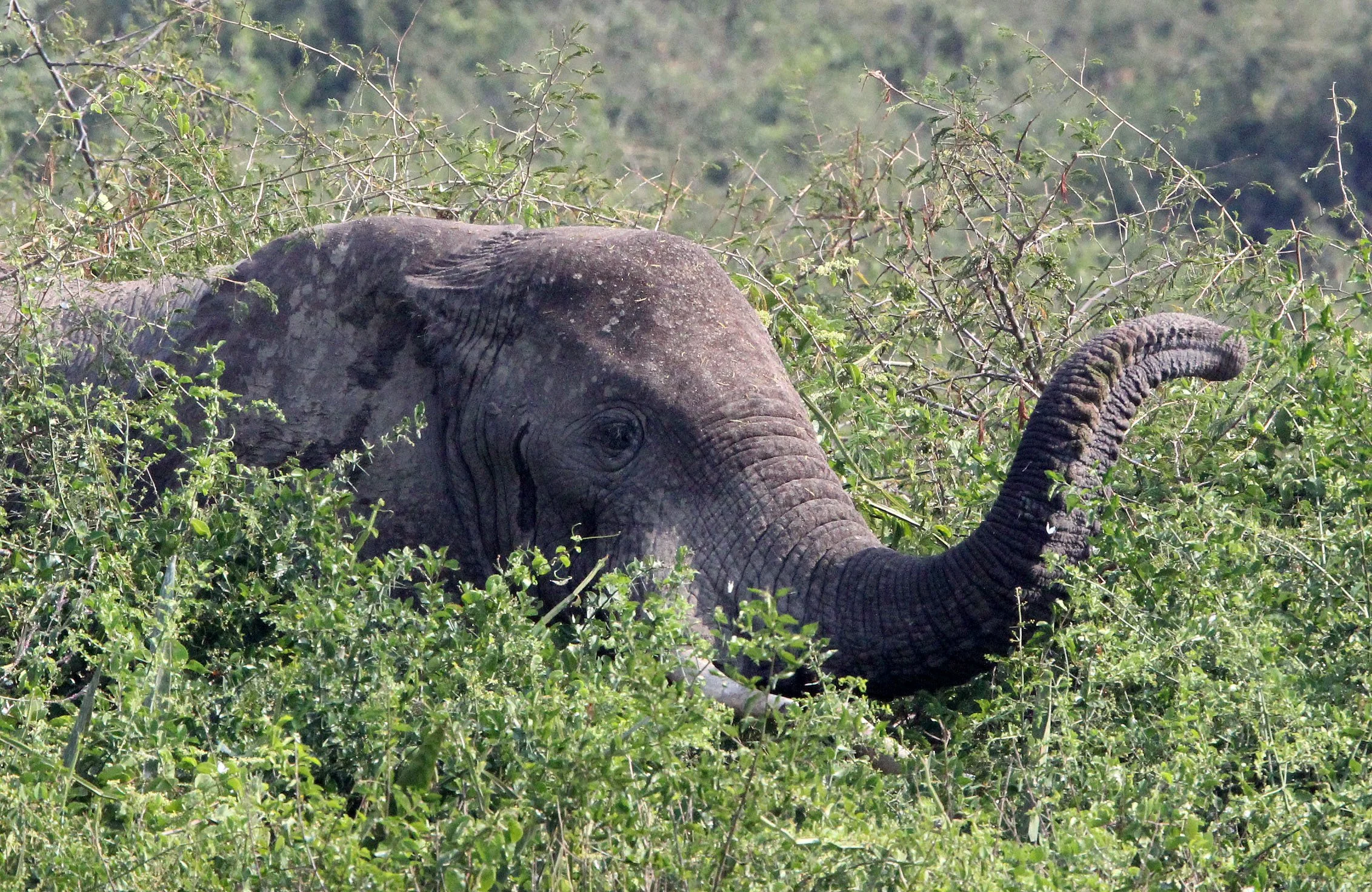
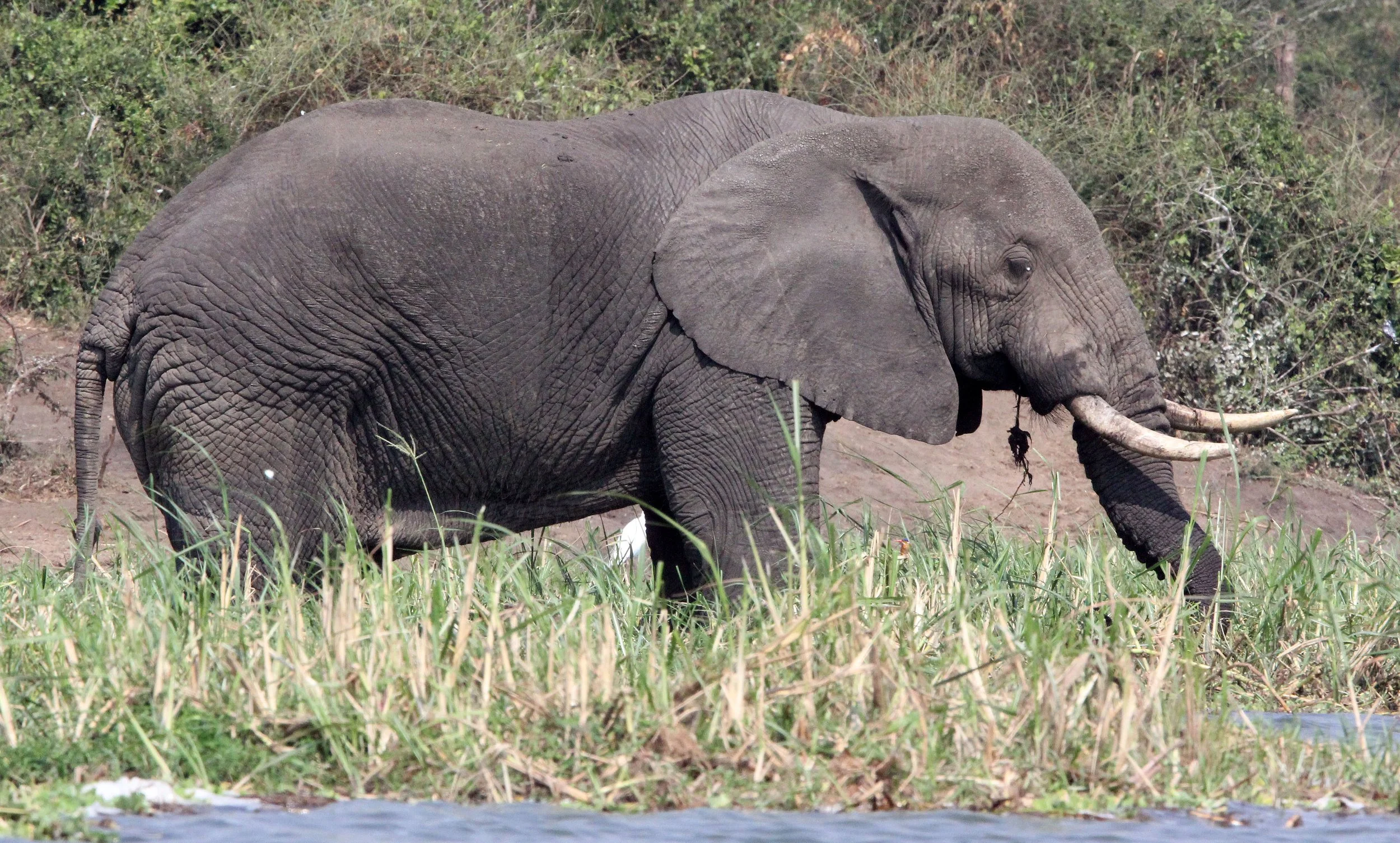
































































Okavango & Caprivi Strip Botswana & Namibia
